
ARE YOU EATING POISONED FOOD AFTER PEST CONTROL IN YOUR HOME?
Pest control treatments are essential for eliminating insects and rodents from your living space, but the very chemicals that protect your home can linger on surfaces and in the air. Without proper precautions, you risk exposing your family to harmful residues every time you prepare a meal. This in-depth guide walks you through ten actionable steps—complete with clear explanations and visuals—to keep your food safe before, during, and after pest control service.
1. REMOVE ALL UNCOVERED FOODS
Before the technician arrives, clear every countertop, open shelf, and pantry floor of loose or unpackaged items. Transfer cereals, grains, snacks and spices into a sealed box or another room. This simple first step prevents stray droplets or dust from landing on your staples and gives you peace of mind during treatment.
2. SEAL EVERYTHING IN AIRTIGHT CONTAINERS
Repackage all dry goods and perishables into airtight glass jars or BPA-free plastic containers. Labels with contents and dates help you track freshness and avoid confusion. Proper sealing blocks any lingering vapors or fine particles from reaching your food.
3. WIPE DOWN FOOD PREP SURFACES THOROUGHLY
After the treatment is complete, mix a mild dish soap with warm water or combine white vinegar and water in a 1:1 ratio. Use this solution to scrub every countertop, cutting board, and kitchen table. Rinse with clean water afterward to remove any soap or vinegar residue before you resume cooking.
4. REPLACE SPONGES, TOWELS & LINENS
Sponges, dishcloths, and kitchen towels can trap moisture and chemical particles long after treatment. Discard disposable sponges and paper towels immediately. Launder reusable items in hot water with a heavy-duty detergent, then allow them to dry completely before reuse.
5. VENTILATE YOUR KITCHEN COMPLETELY
Proper airflow is critical for dispersing any airborne residues. Open all windows, switch on exhaust fans, and run the range hood at maximum speed for at least two to three hours. Keep cabinet and pantry doors ajar to allow fresh air inside enclosed spaces.
6. COVER OR REMOVE SMALL APPLIANCES
Small appliances like toasters, blenders, and coffee makers can collect dust and spray residue. Unplug and lift them off the counter, then wipe each unit thoroughly with a damp cloth. If you prefer, cover them with clean plastic wrap or a fresh towel until you’re ready to use them again.
7. WAIT BEFORE COOKING OR OPENING PACKAGES
Follow the wait time recommended by your pest control professional—typically four to six hours. Avoid turning on ovens, stoves or microwaves until this period has passed. Do not open any sealed packages until you’ve wiped their exteriors clean.
8. CLEAN INSIDE CABINETS AND PANTRY
Empty each shelf and drawer, then wipe interiors with the vinegar-water solution you used earlier. Let everything air dry completely before returning sealed food items. This step ensures no hidden residue remains where you store your staples.
9. INSPECT FOR CHEMICAL DRIPS OR RESIDUE
Take a flashlight and check under counters, behind appliances, and along baseboards for any lingering droplets or dust. Wipe these areas promptly with a disposable cloth, then seal and discard the cloth in a plastic bag to prevent cross-contamination.
10. DISCARD ANY EXPOSED FOODS
If any item was left unsealed or uncovered—such as fresh produce or open snack bags—safely discard it. When in doubt, throw it out. Restock your pantry with fresh ingredients stored correctly to guarantee every meal is toxin-free.
CONCLUSION
By following these ten detailed steps—removing and sealing foods, cleaning surfaces, ventilating, and inspecting—you’ll transform your kitchen into a safe haven for meal preparation. Taking these precautions ensures that the only thing you ingest after pest control is the delicious food you’ve carefully prepared.

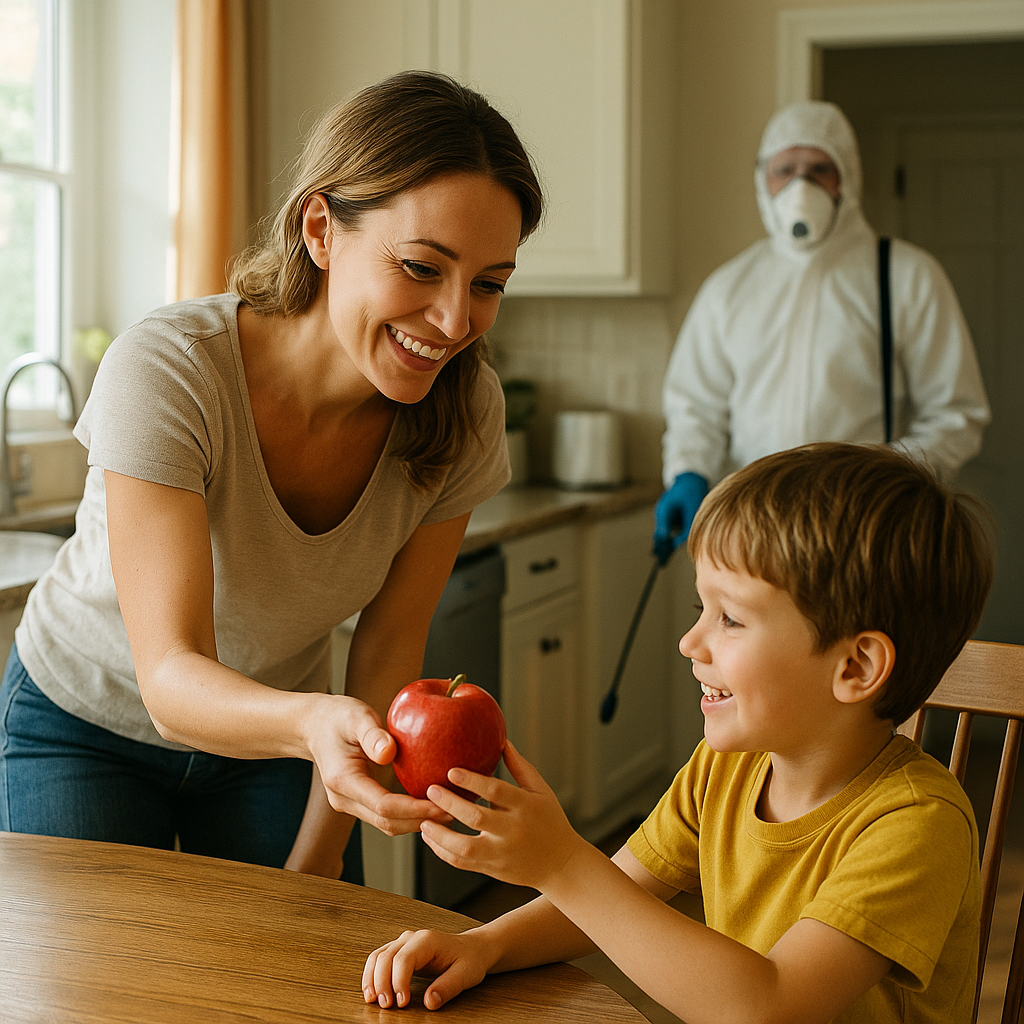
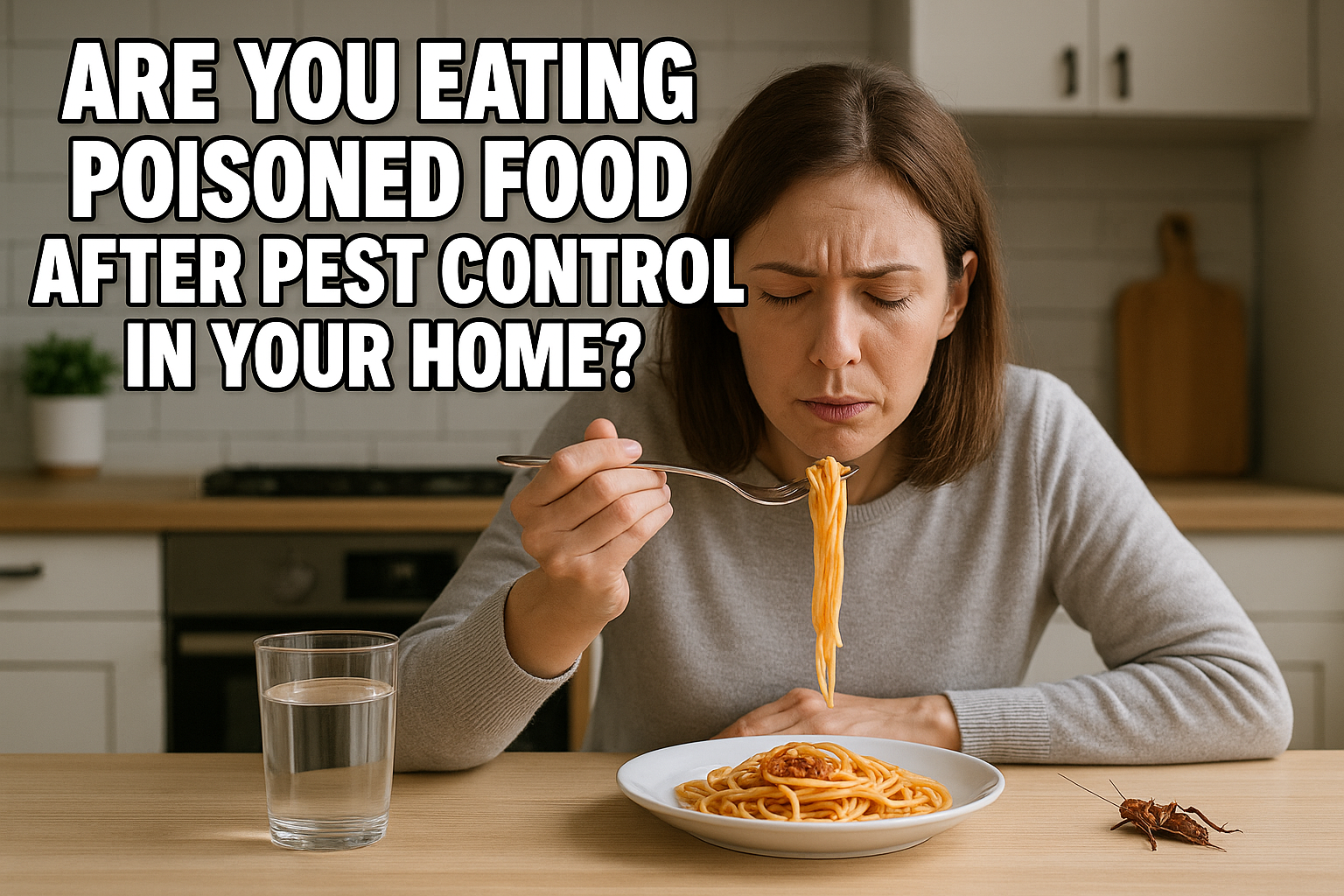
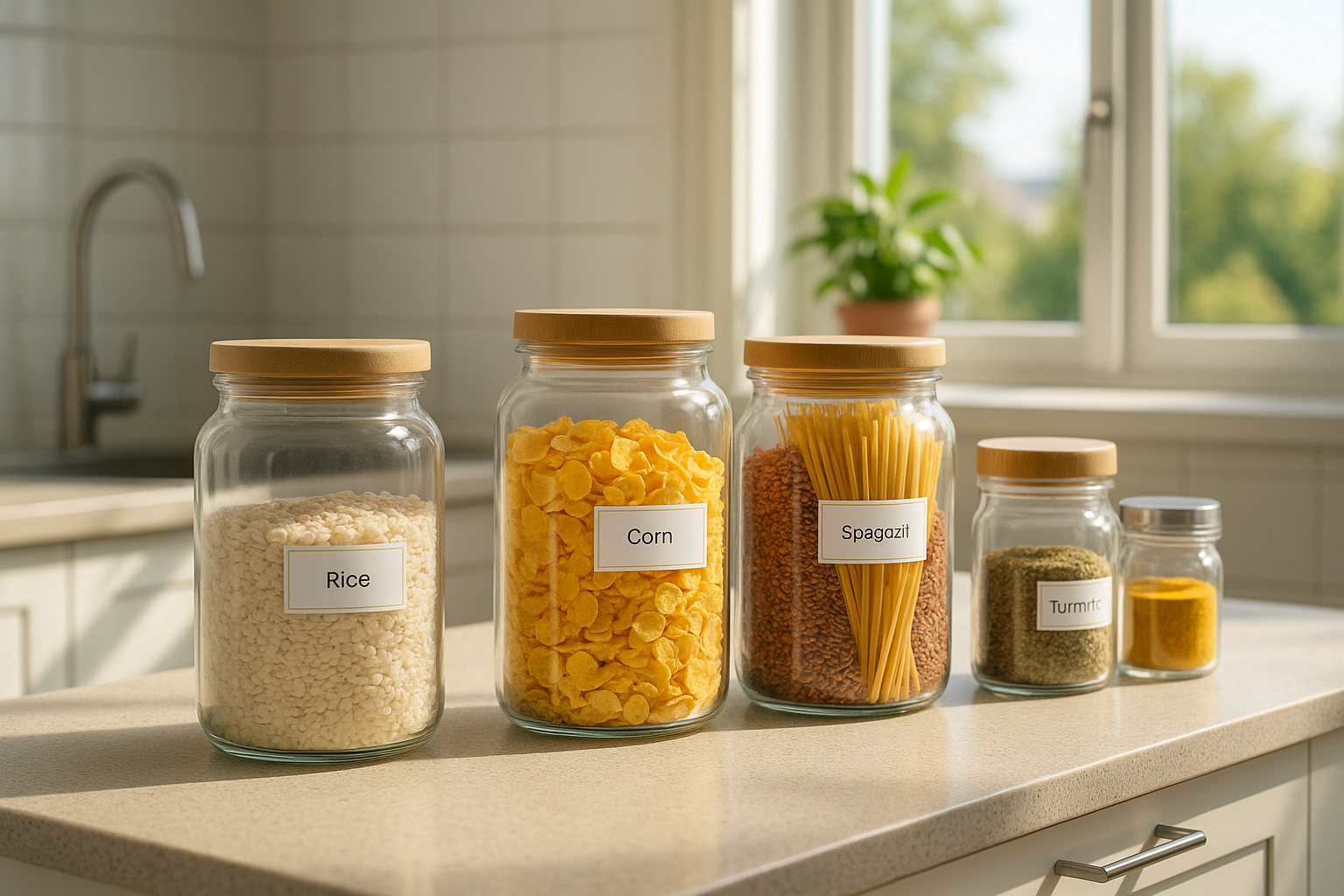
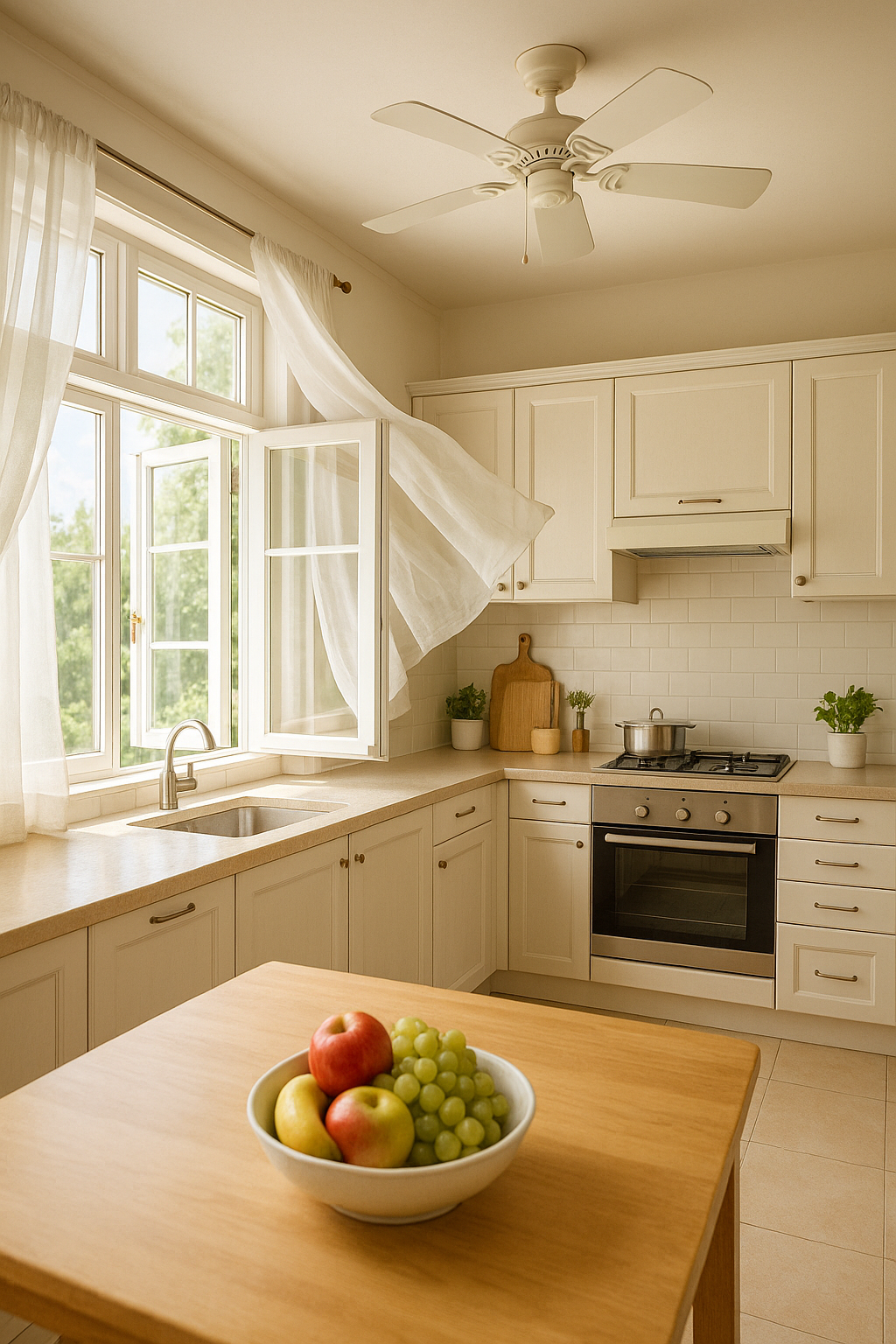
Youtube Video
Invalid YouTube URL provided.
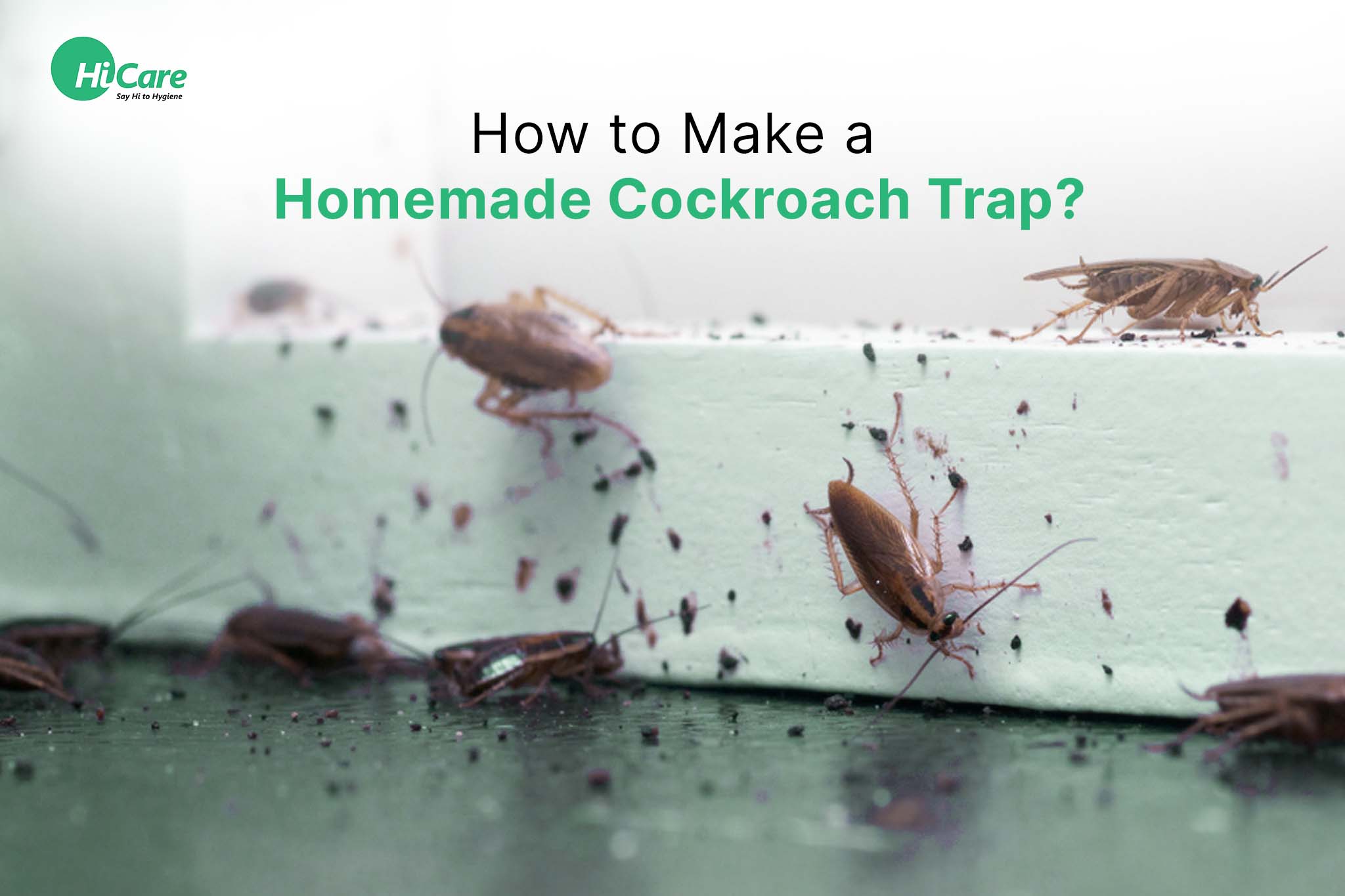
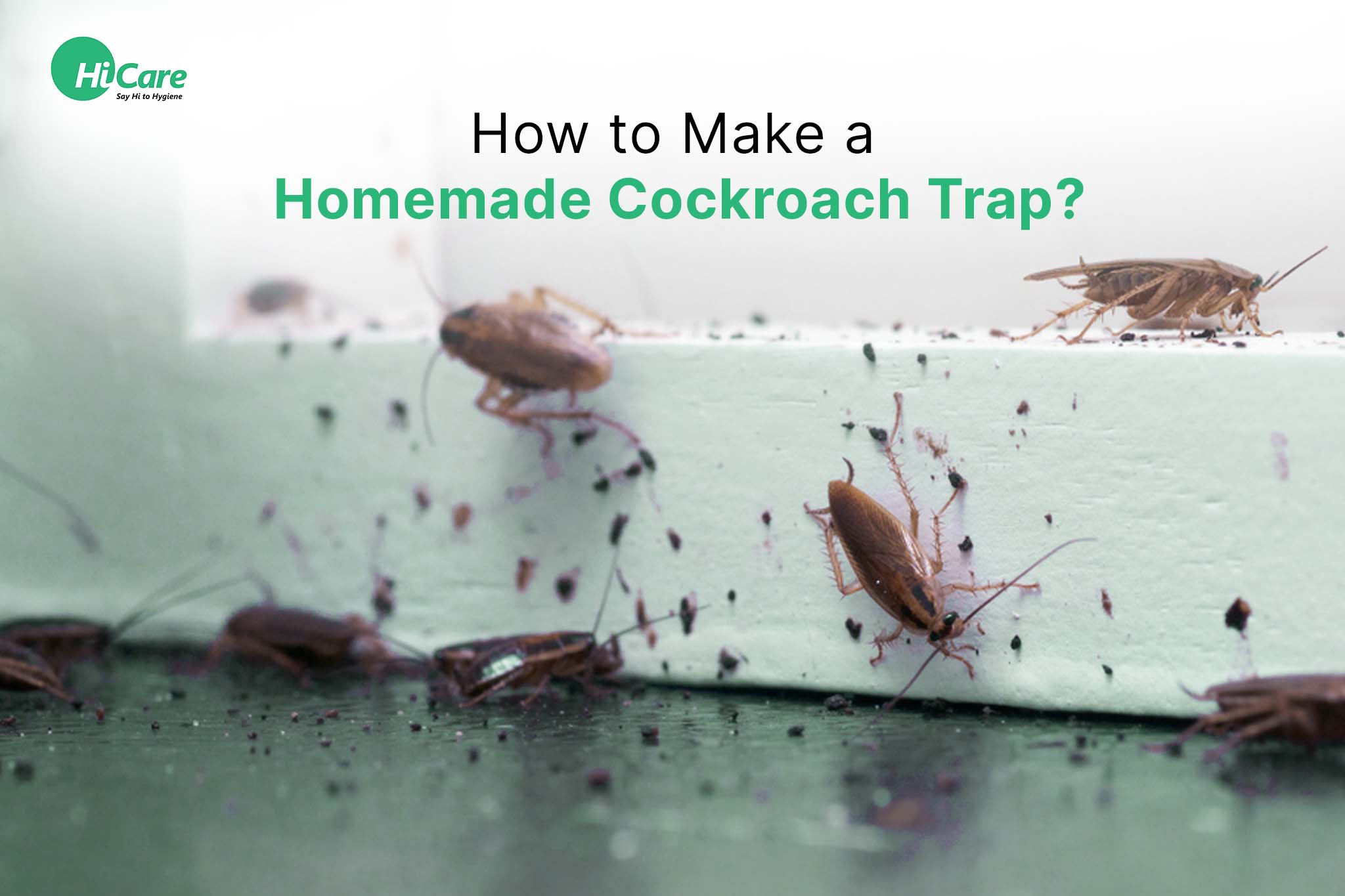
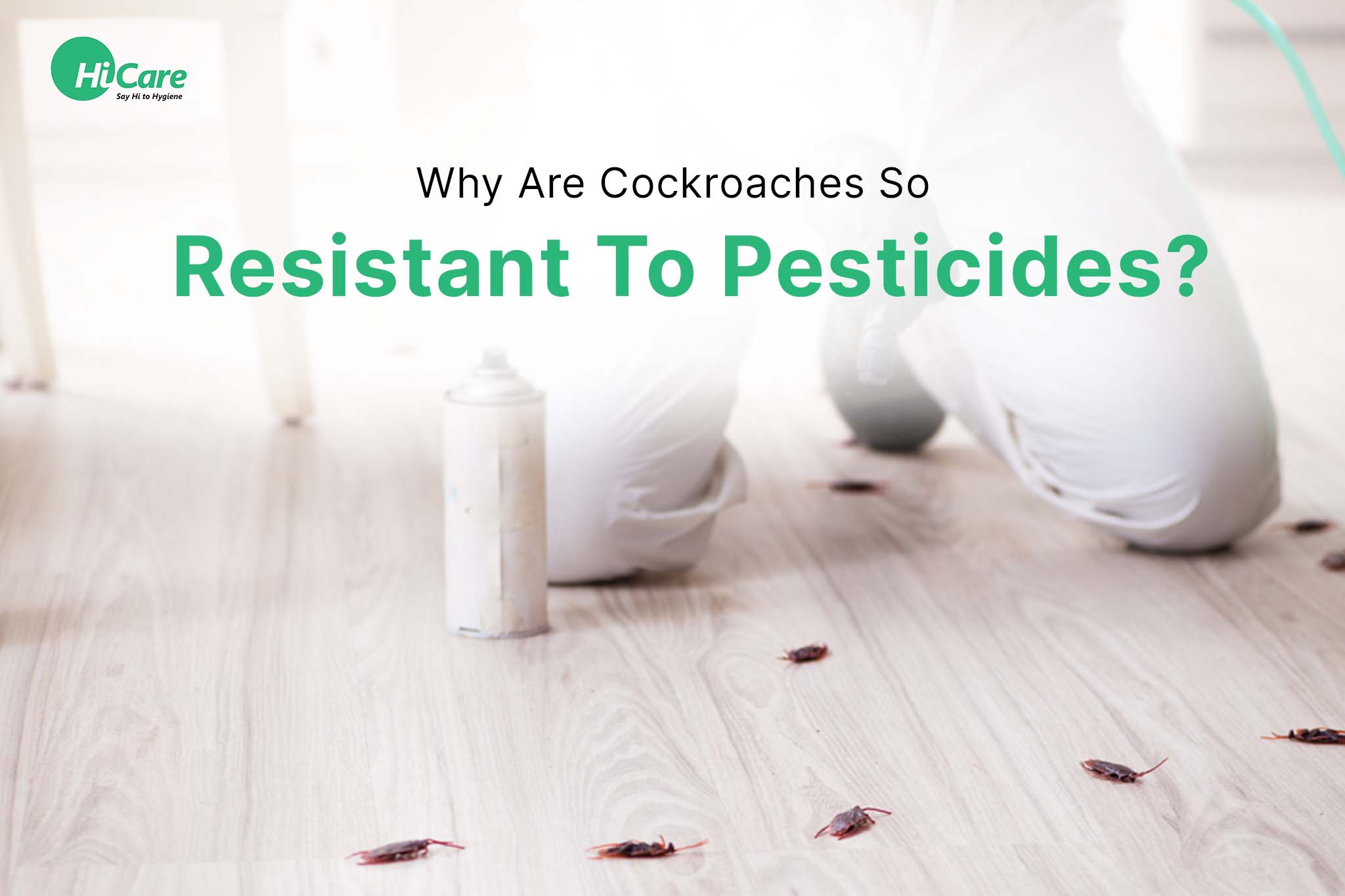









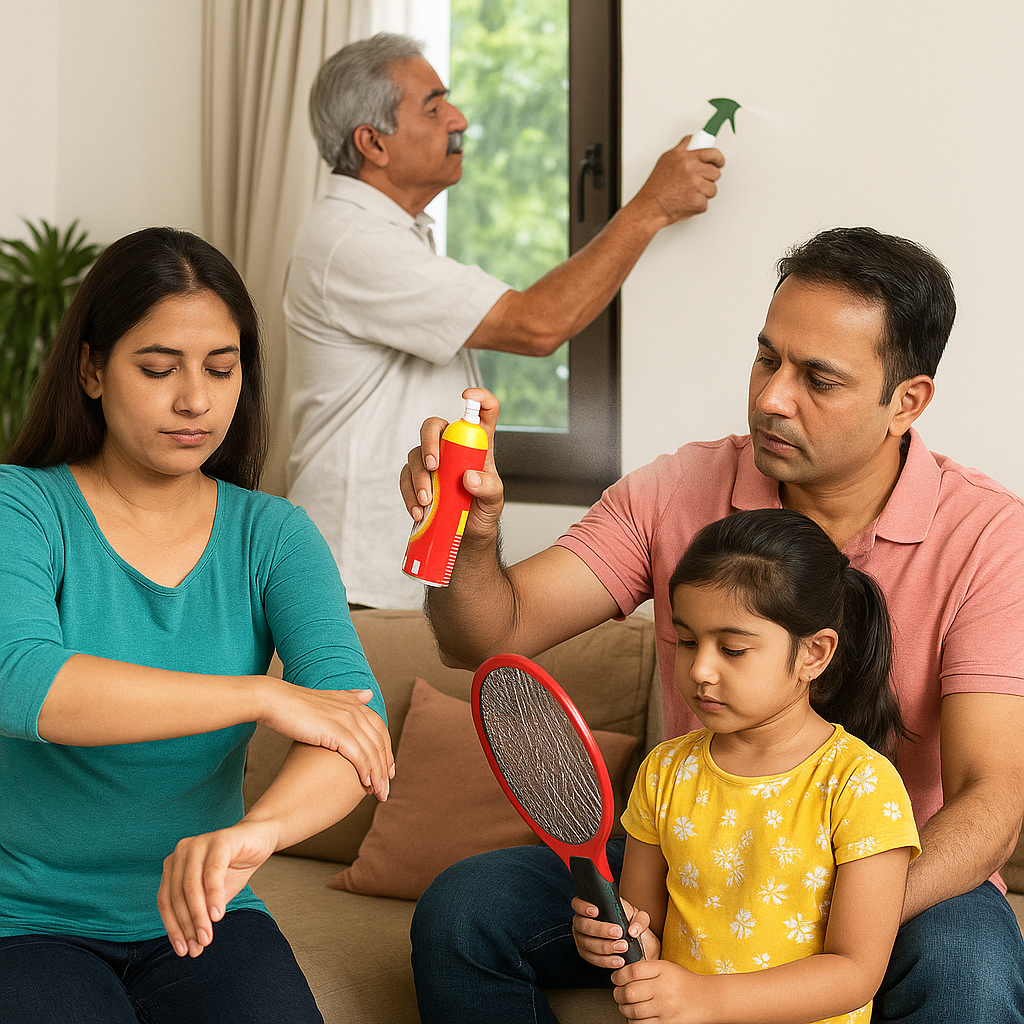
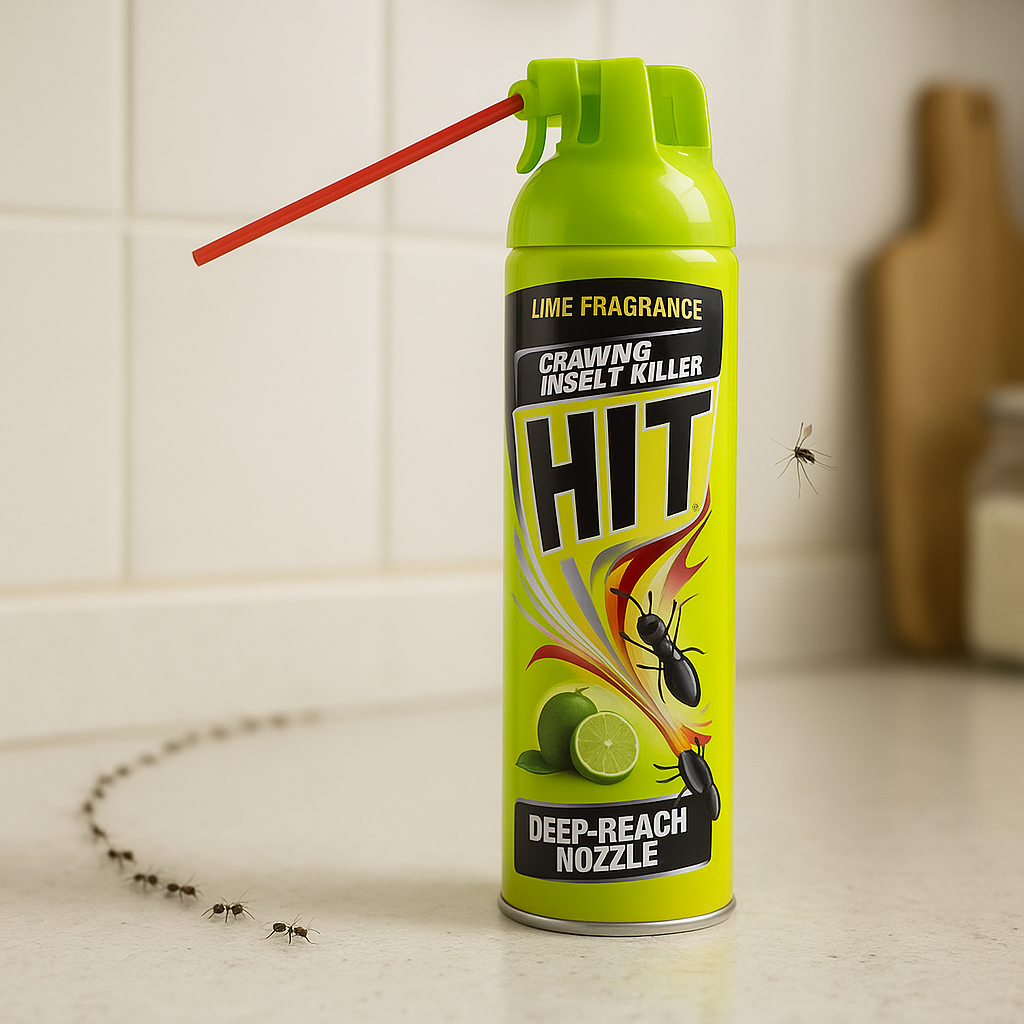
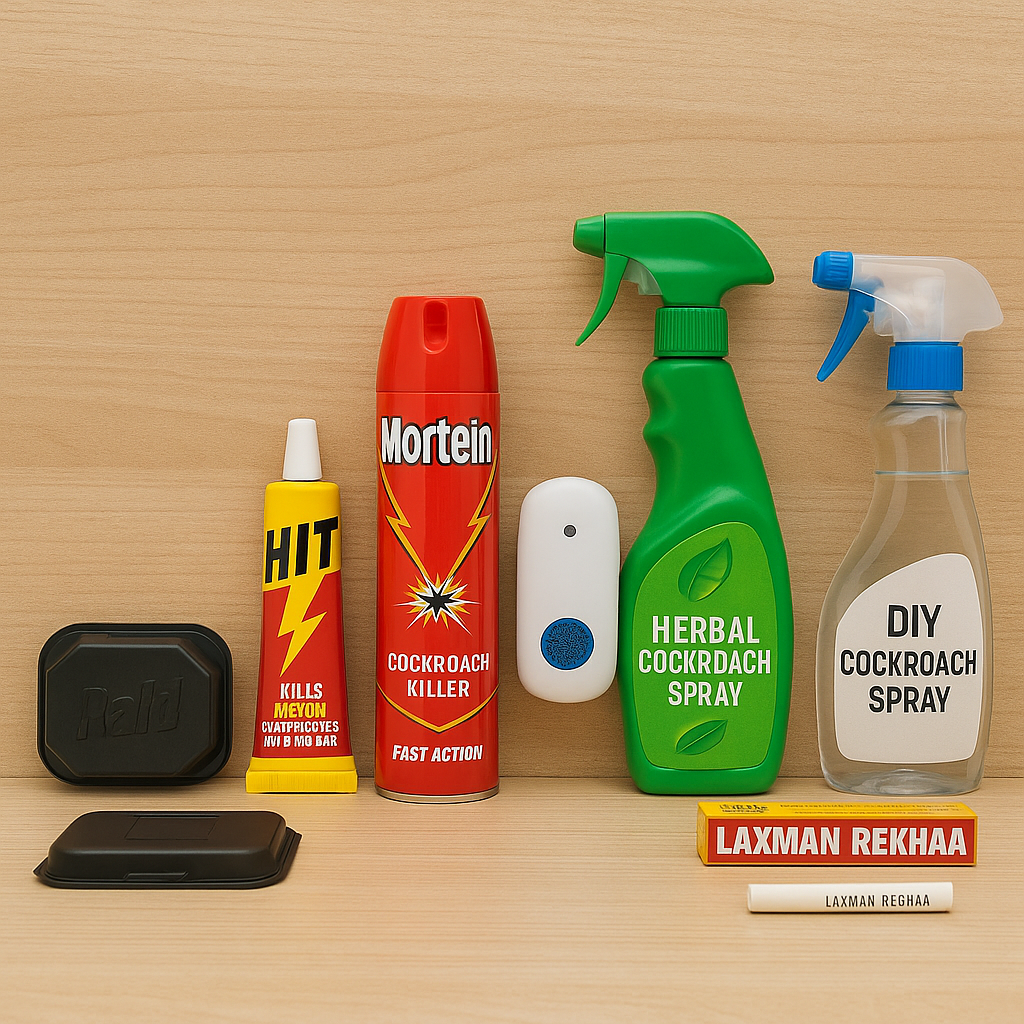
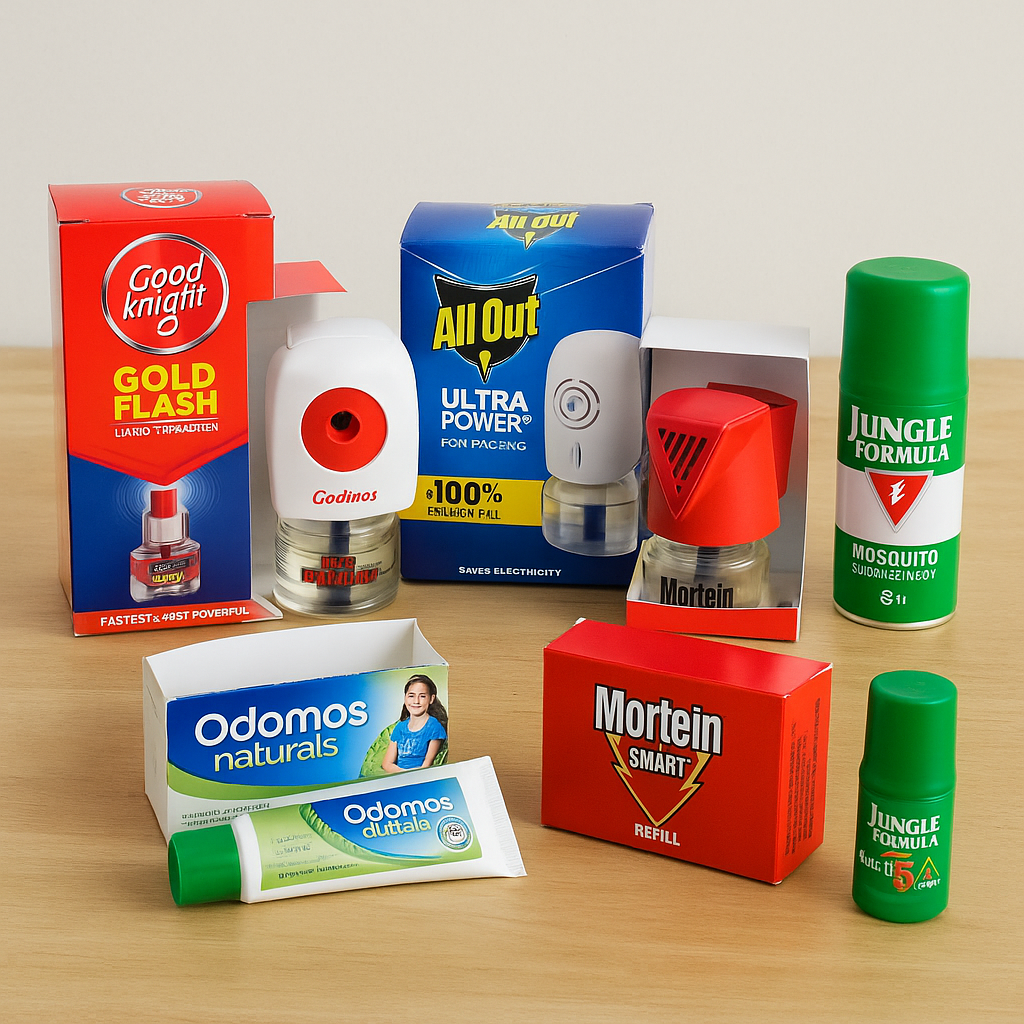
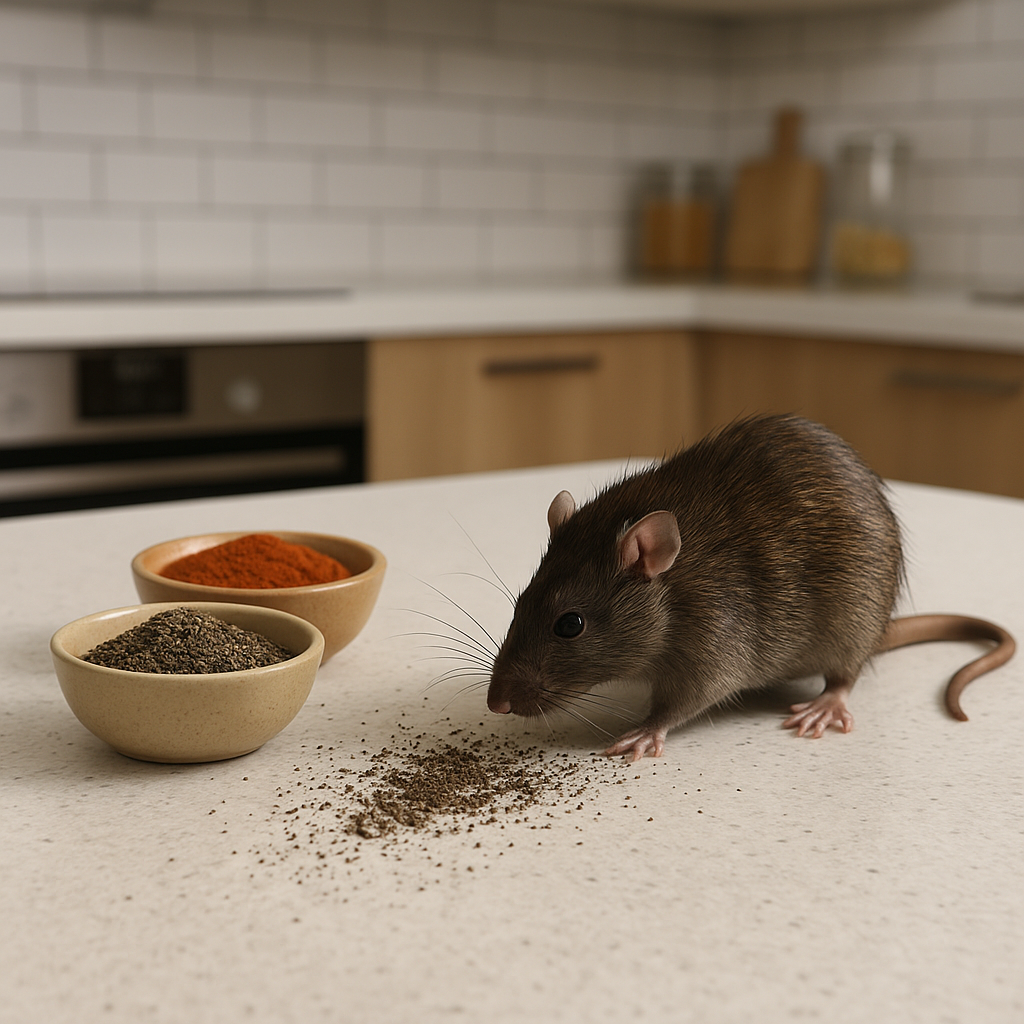
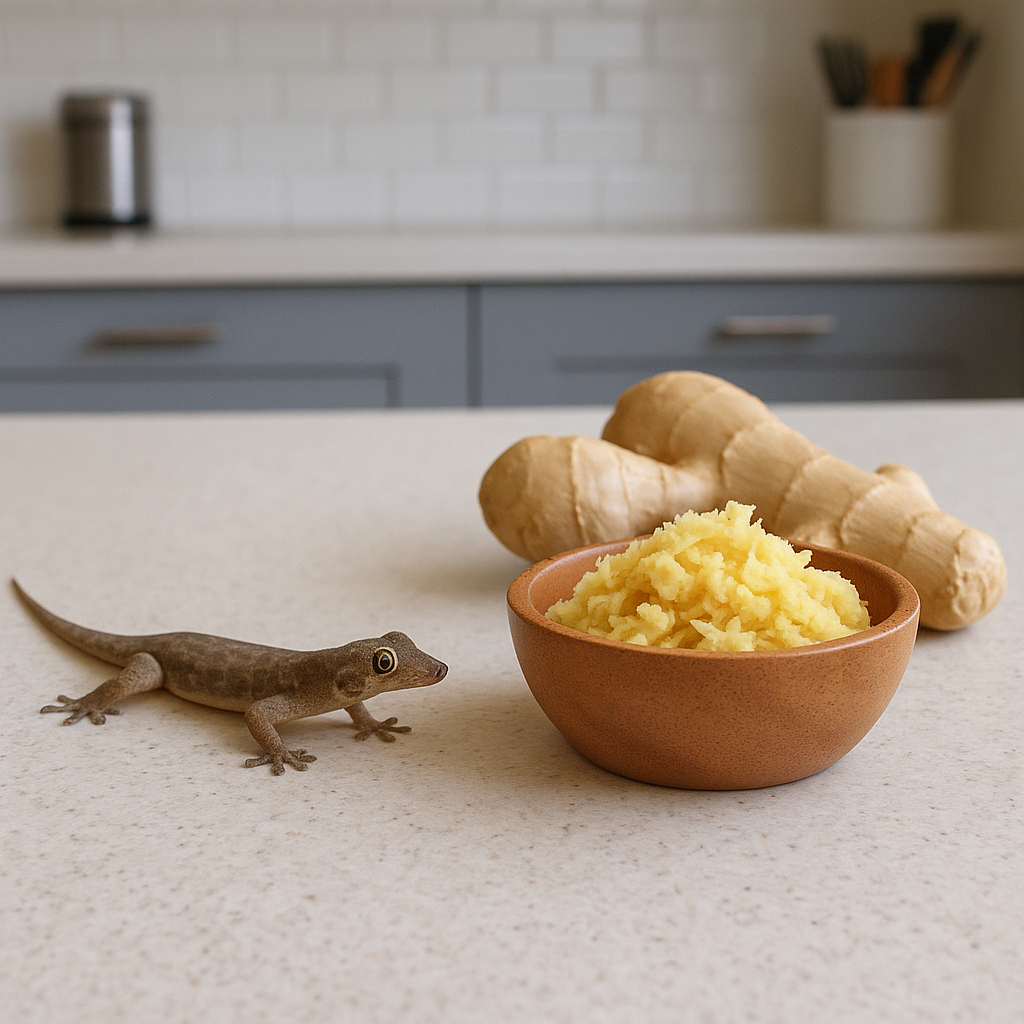
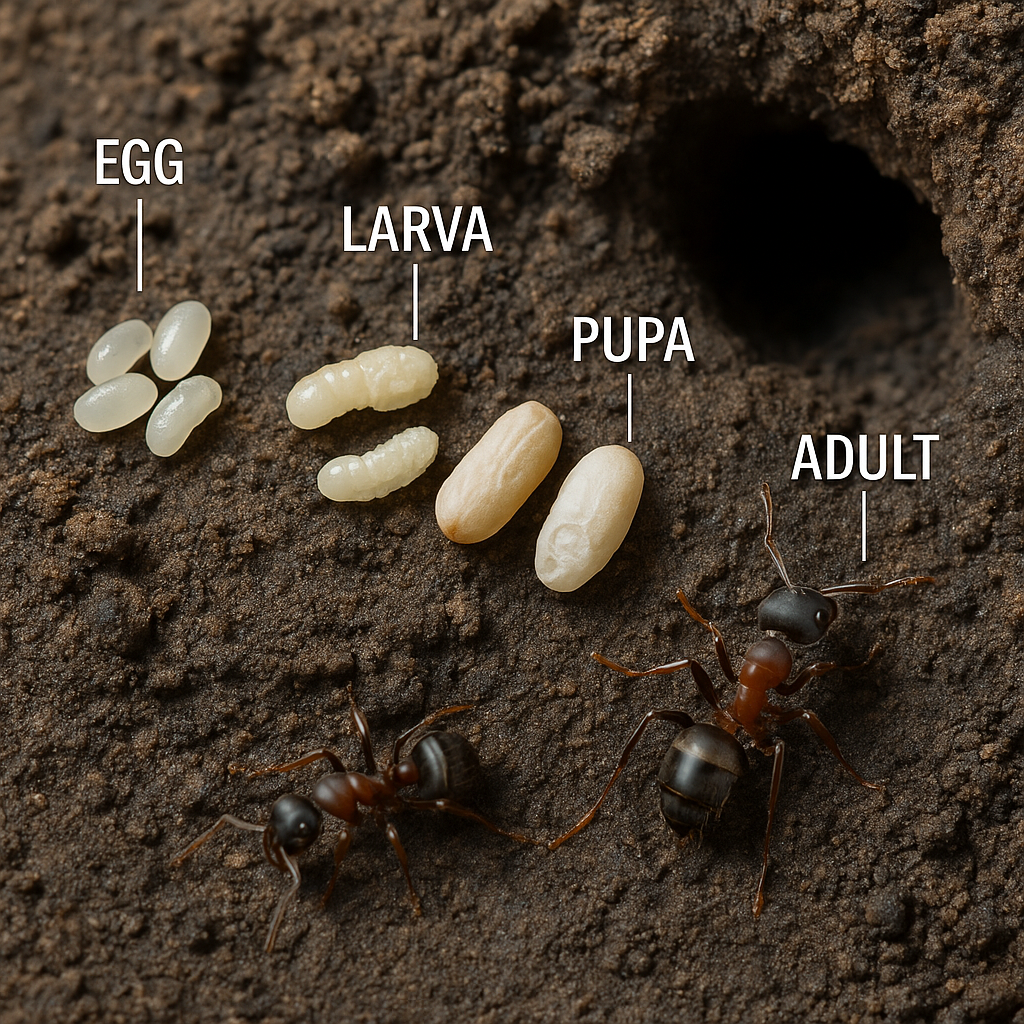
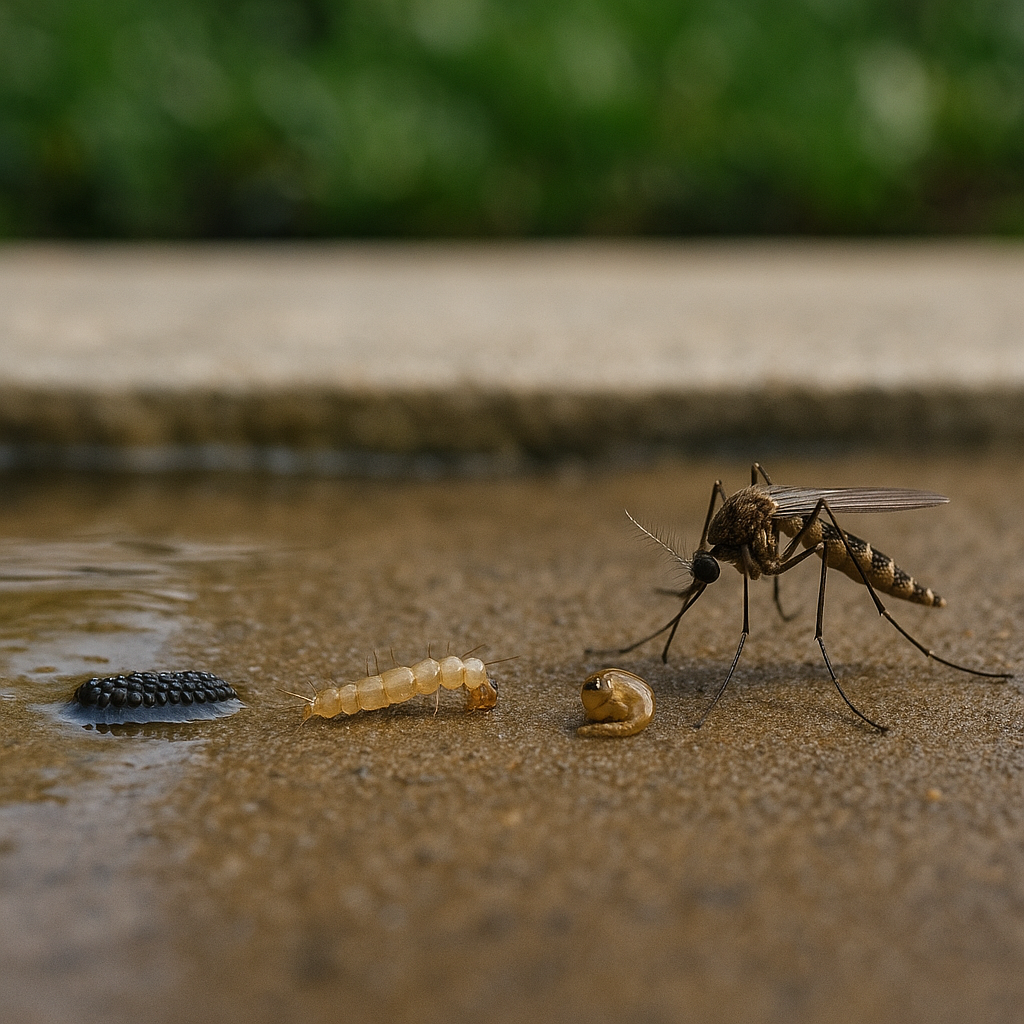
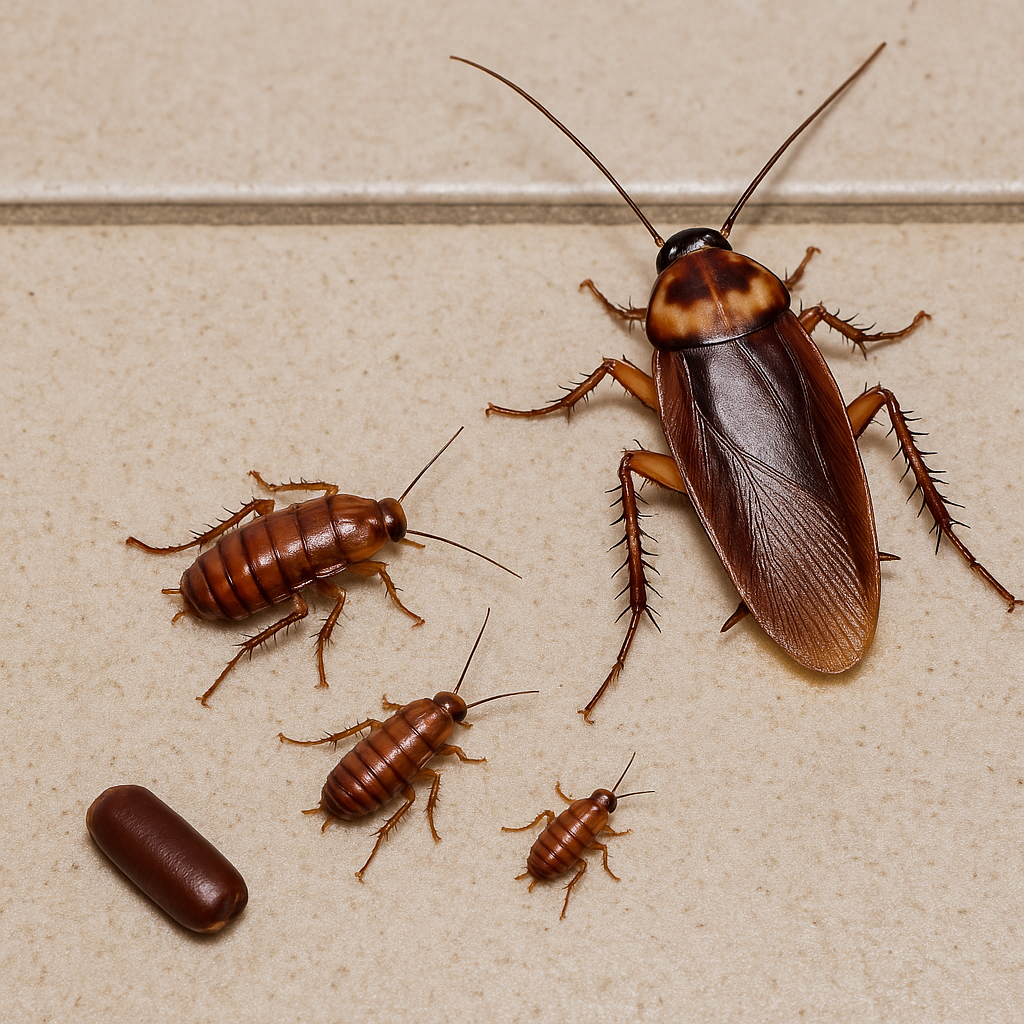
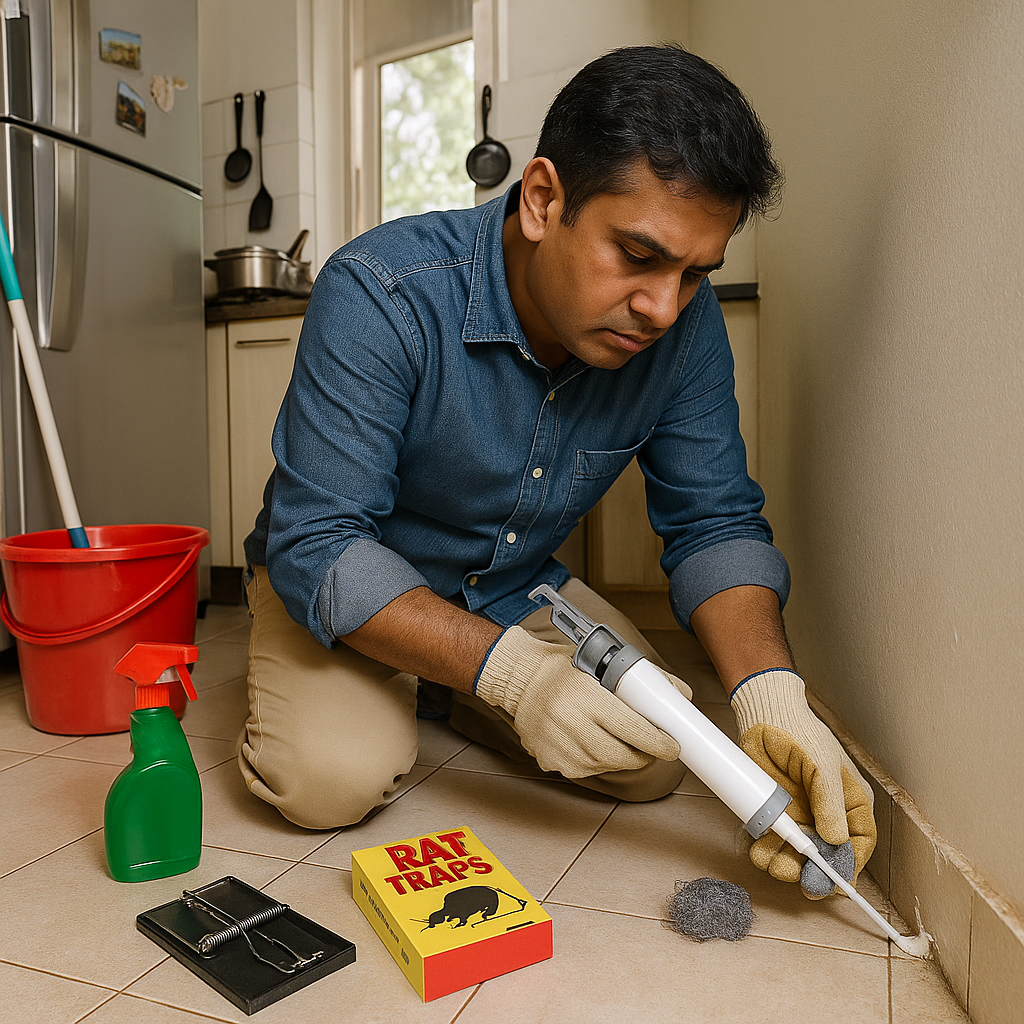
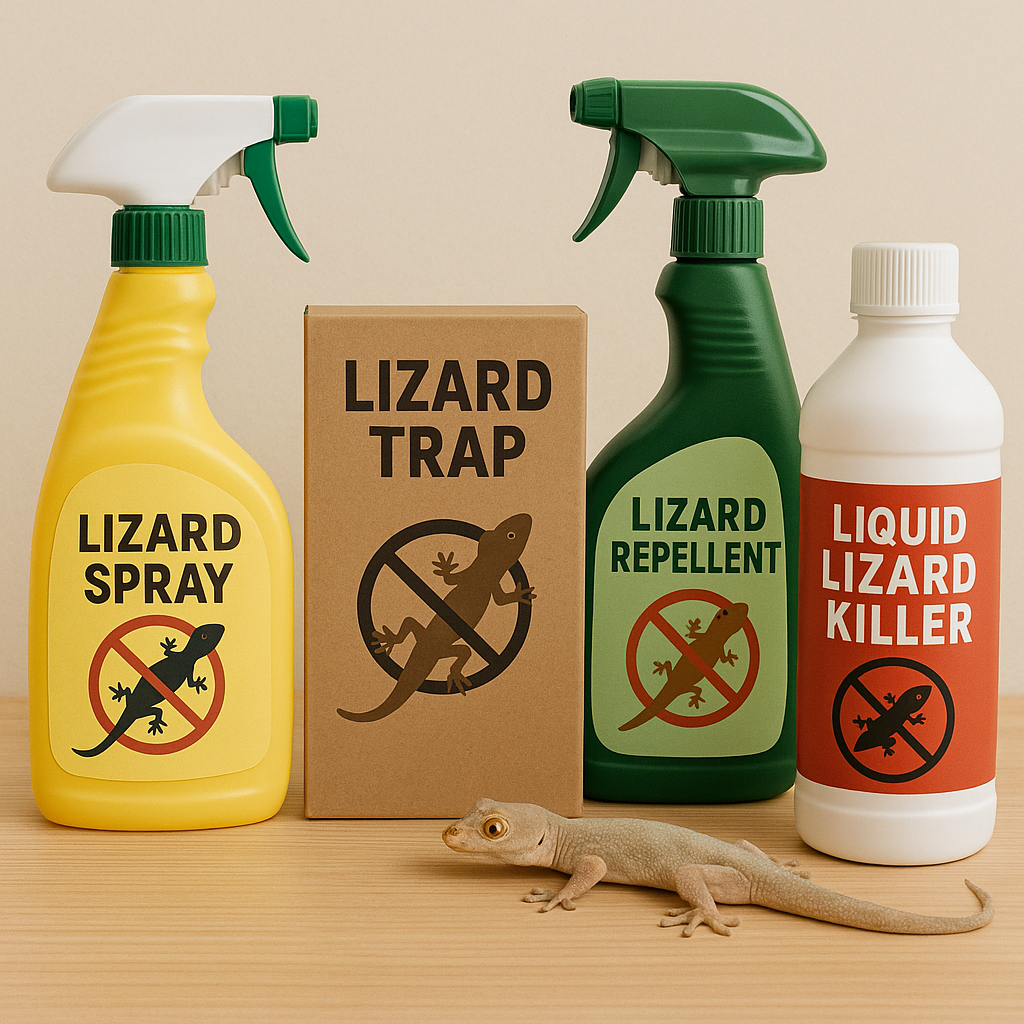
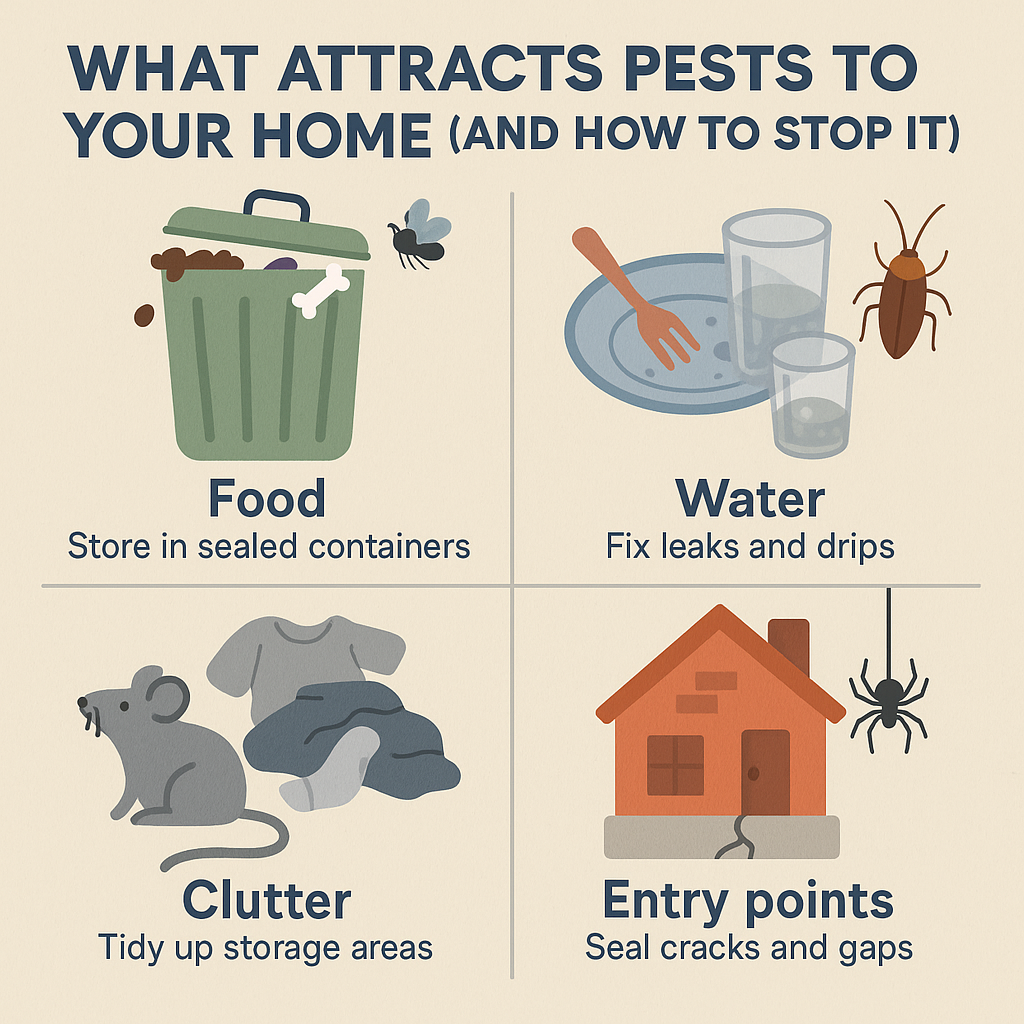

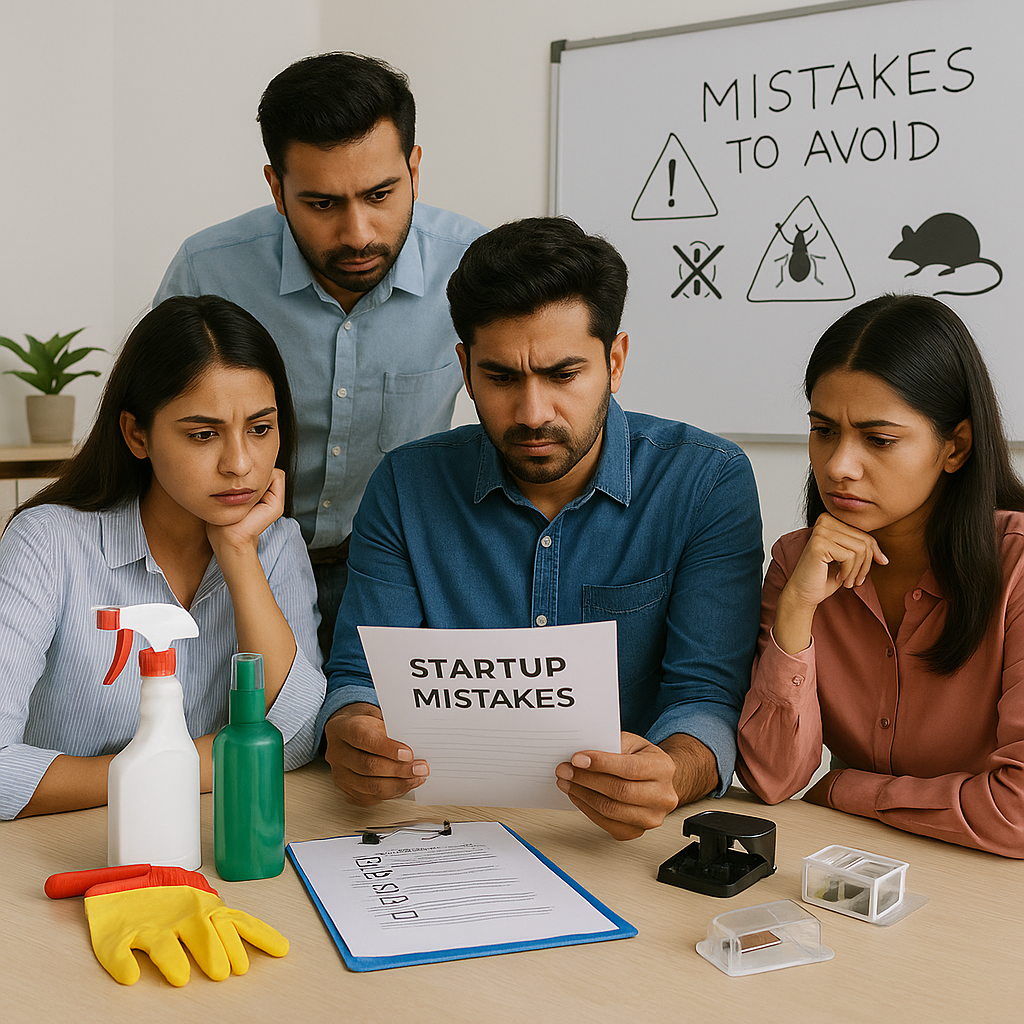
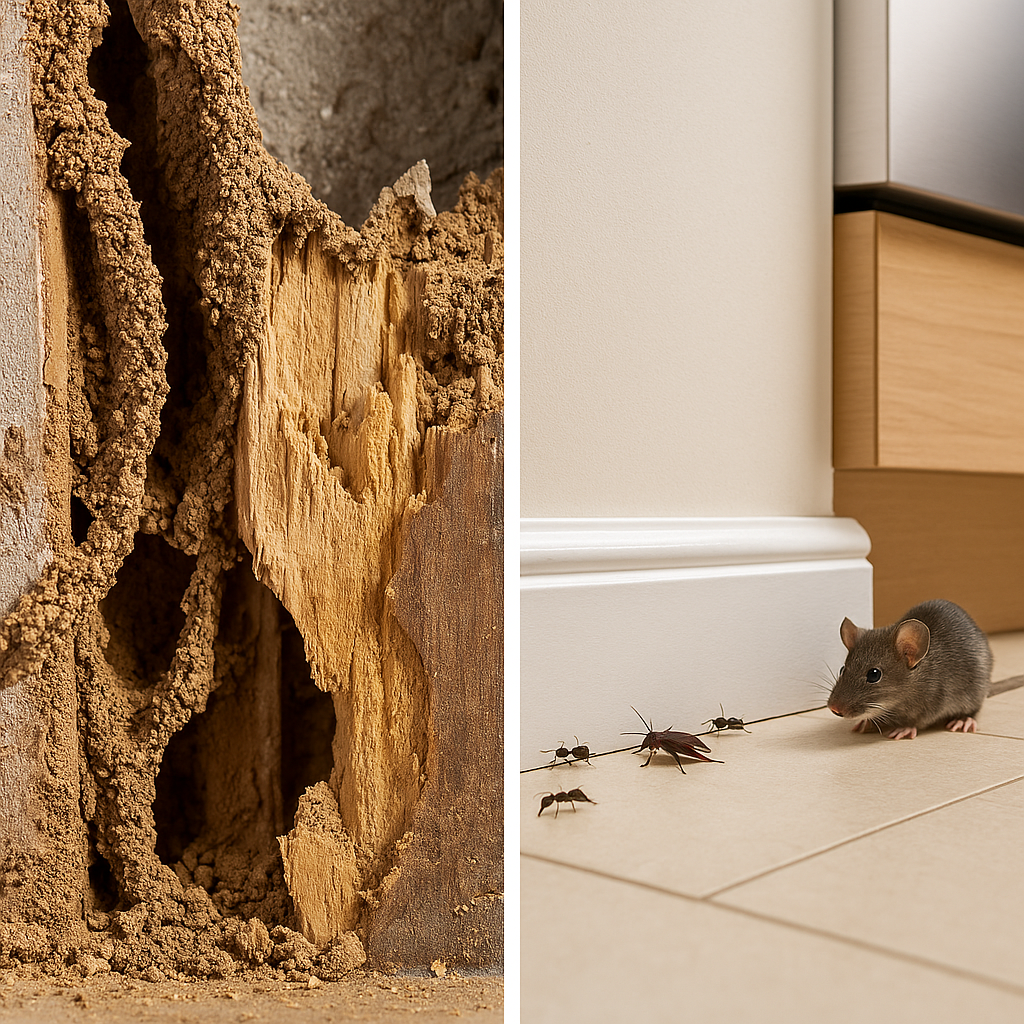
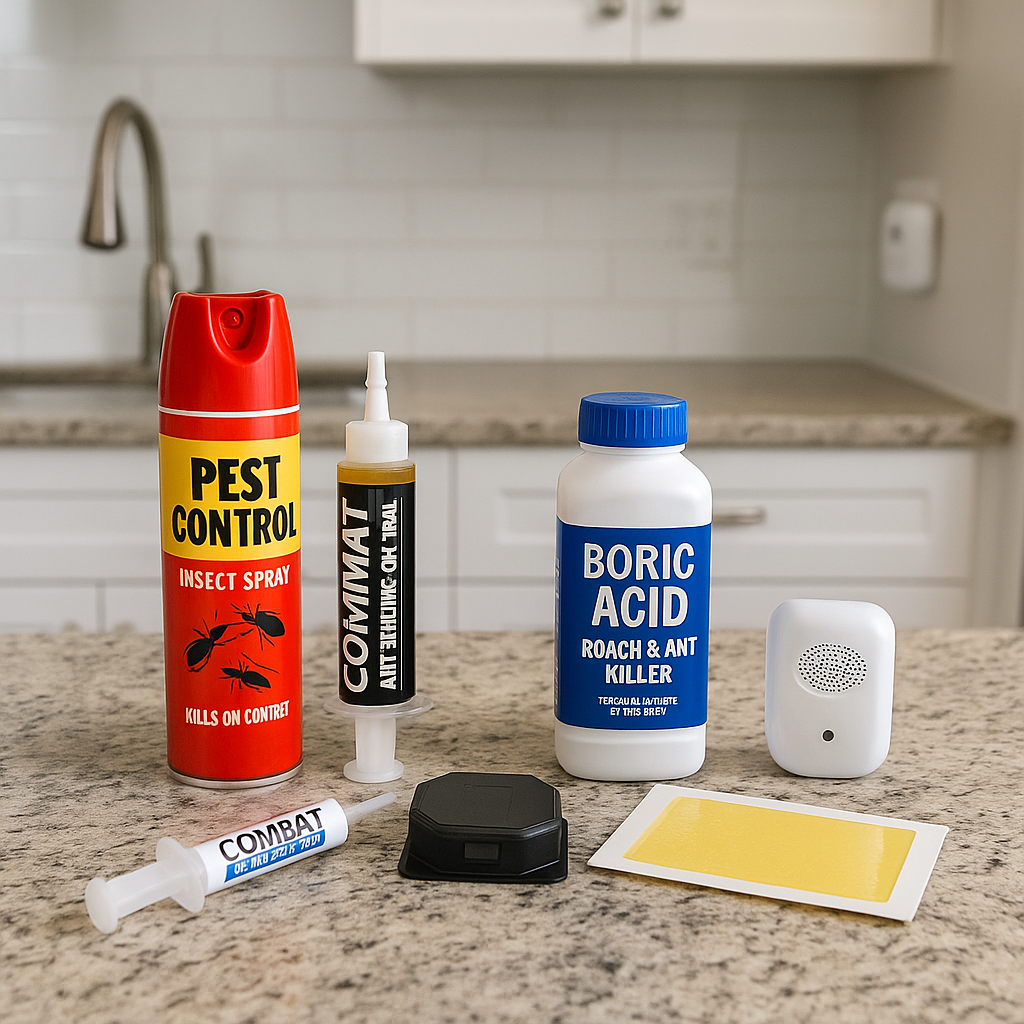

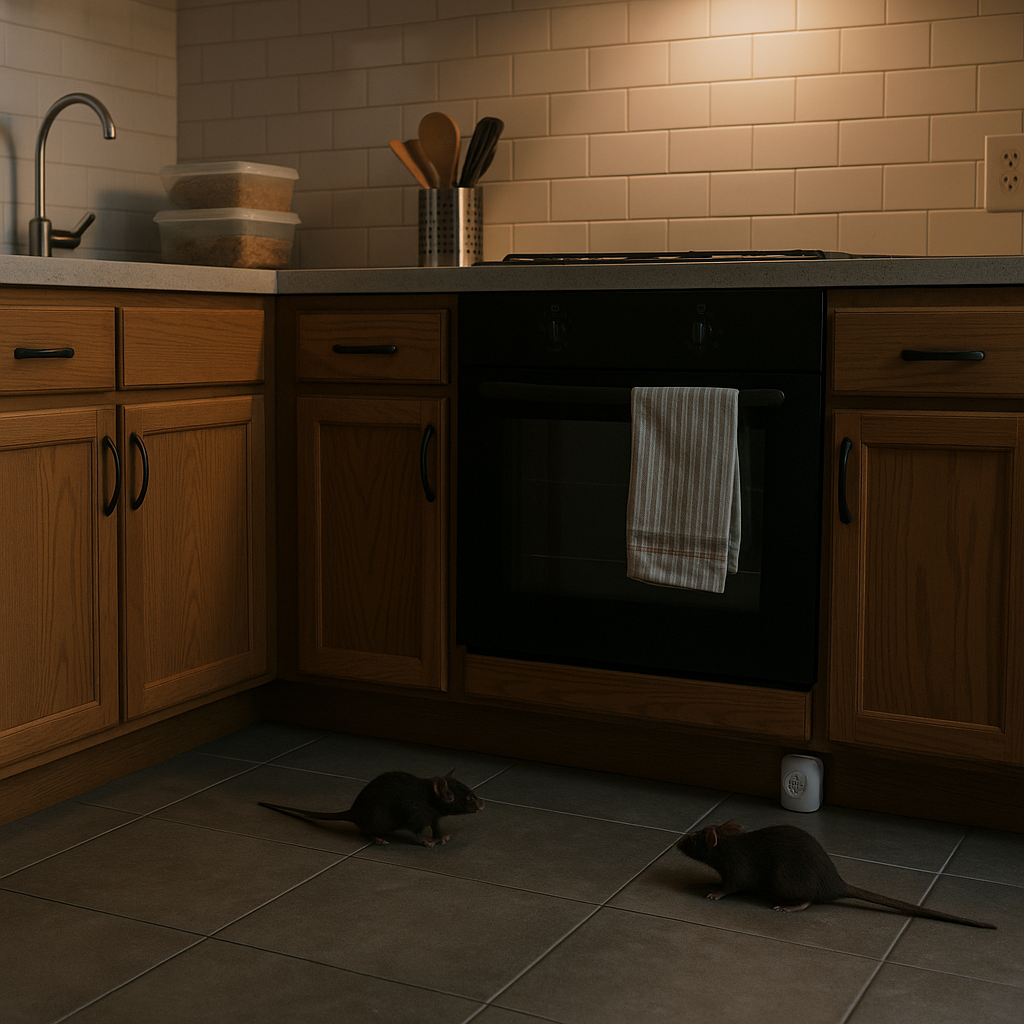
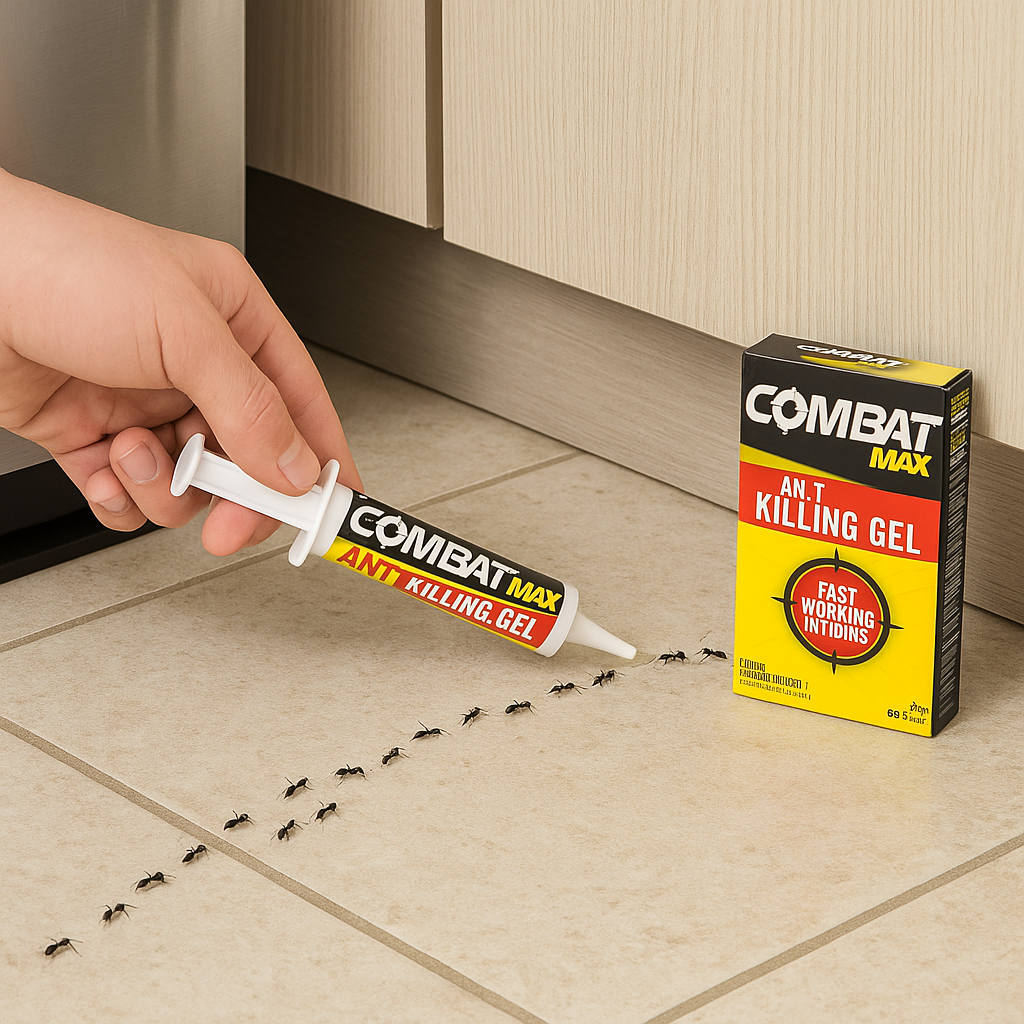
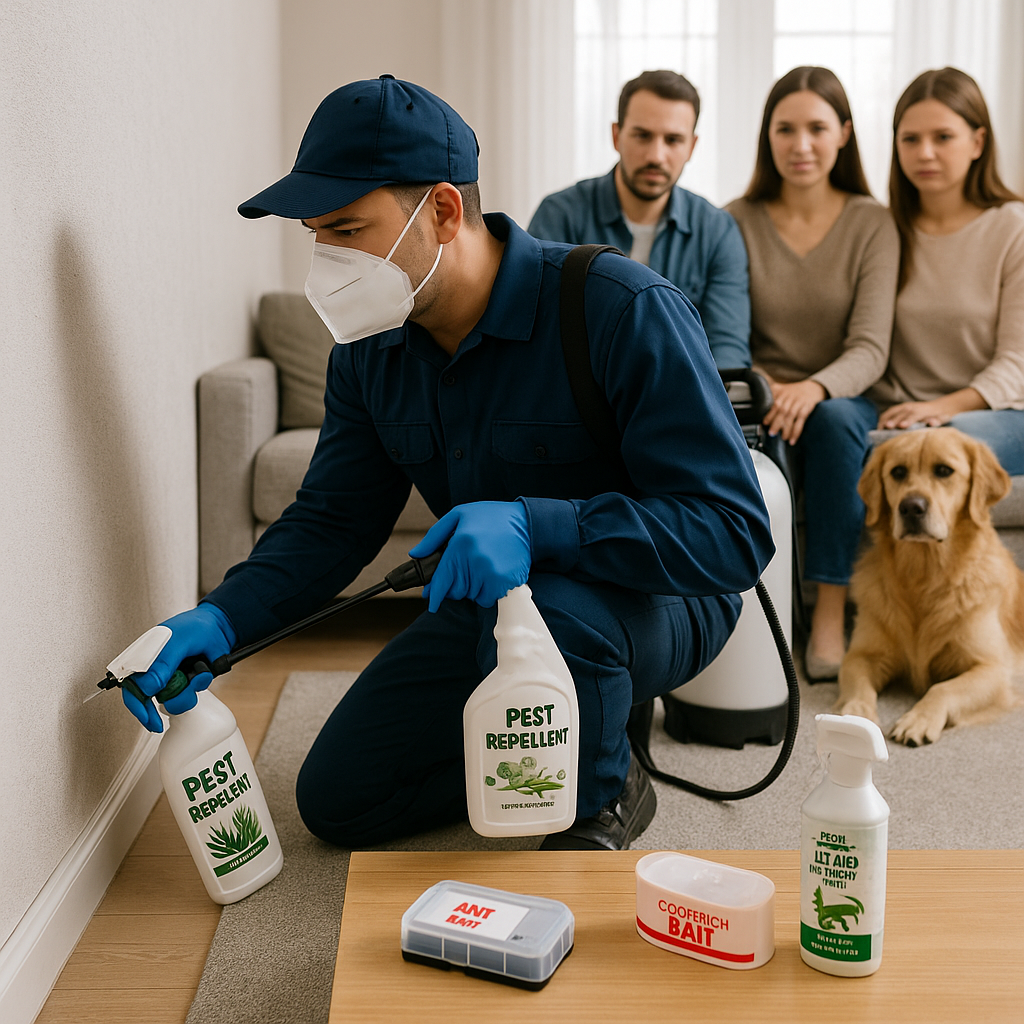
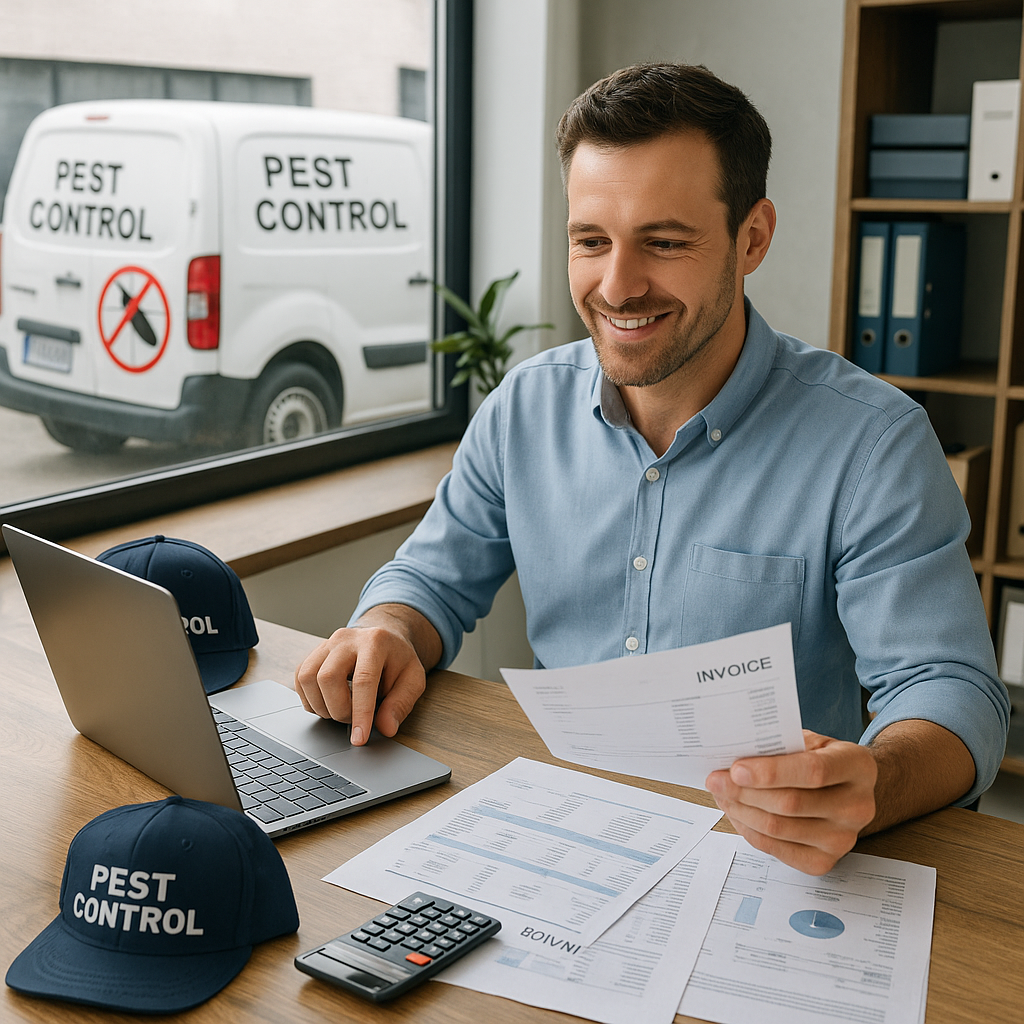
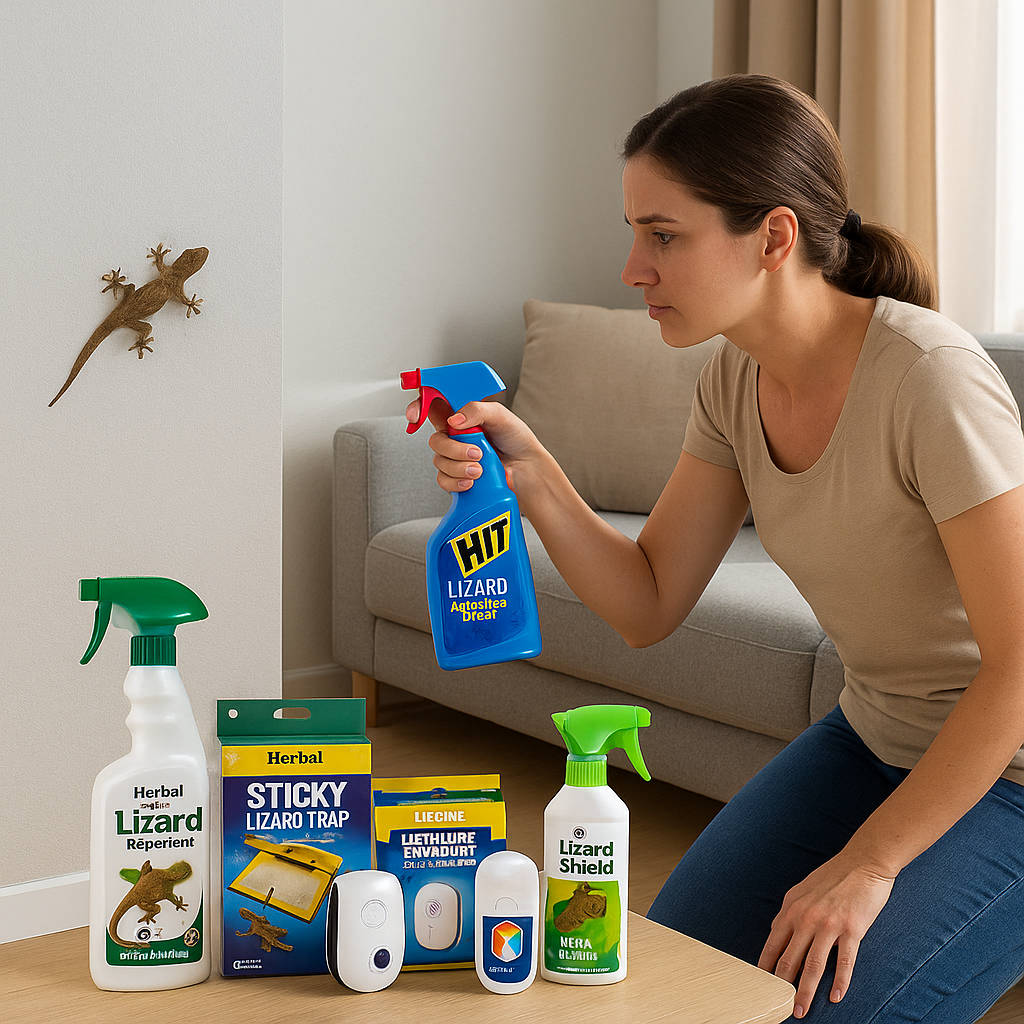
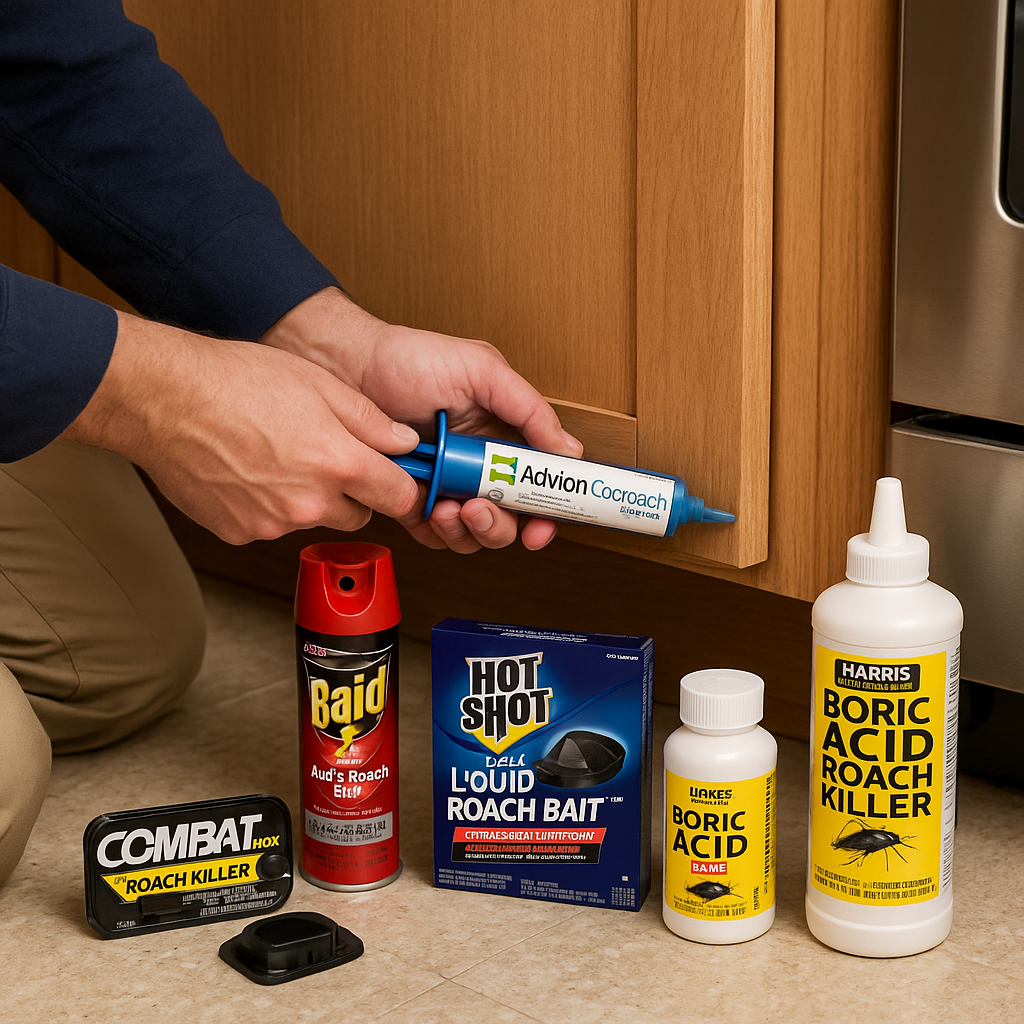
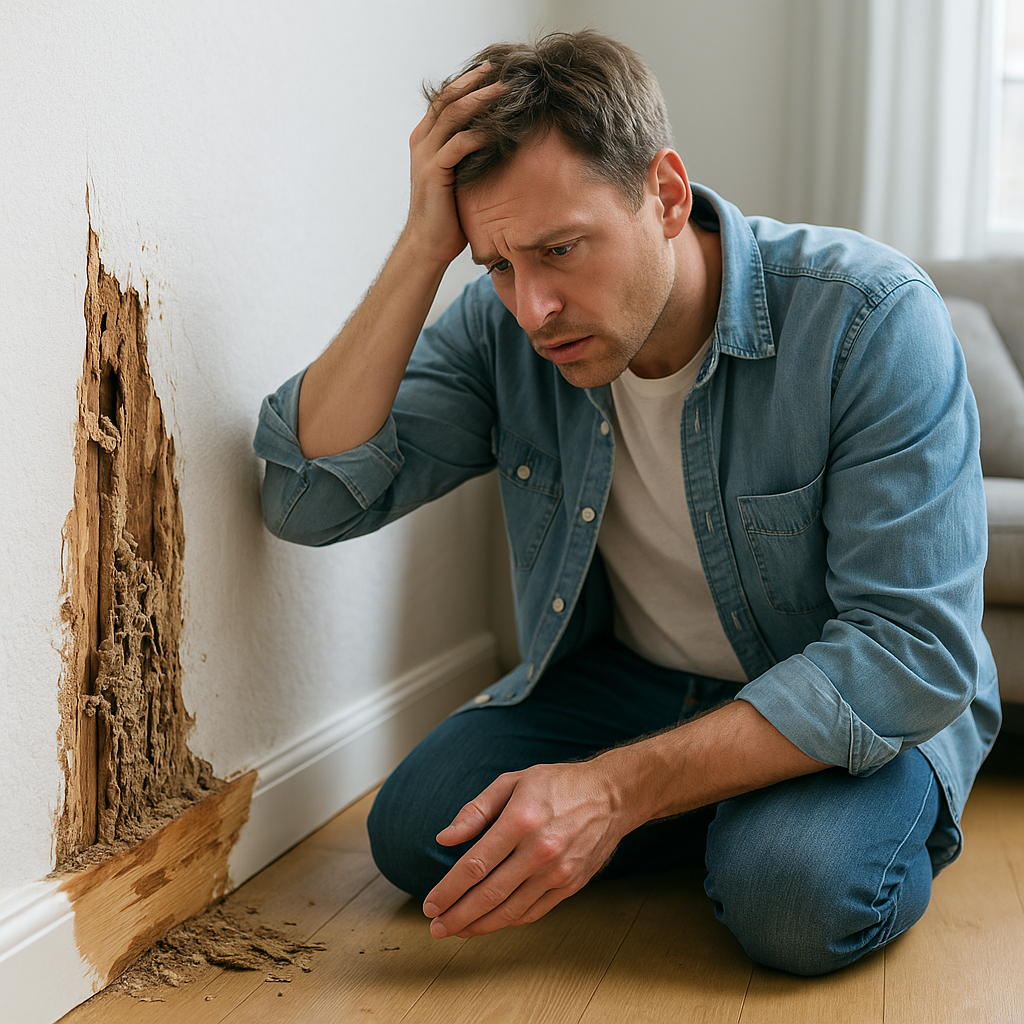
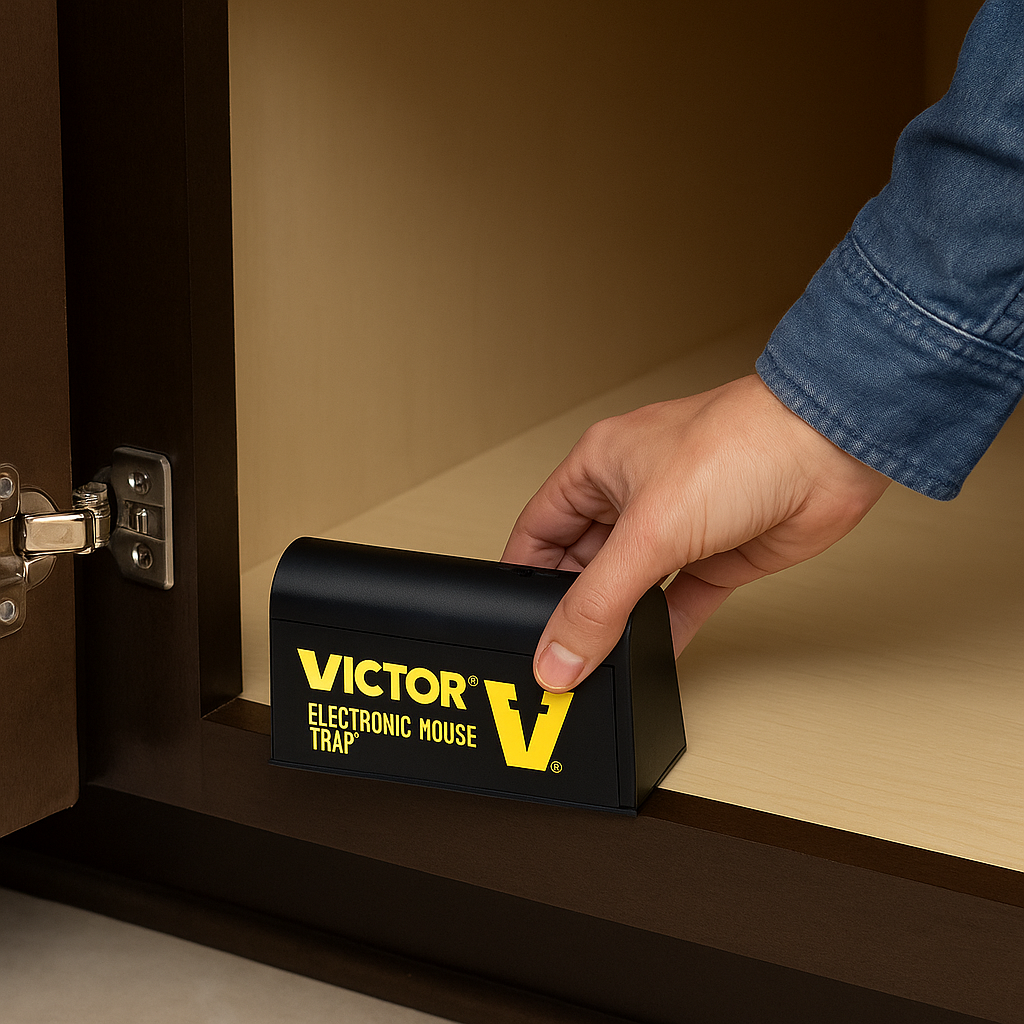
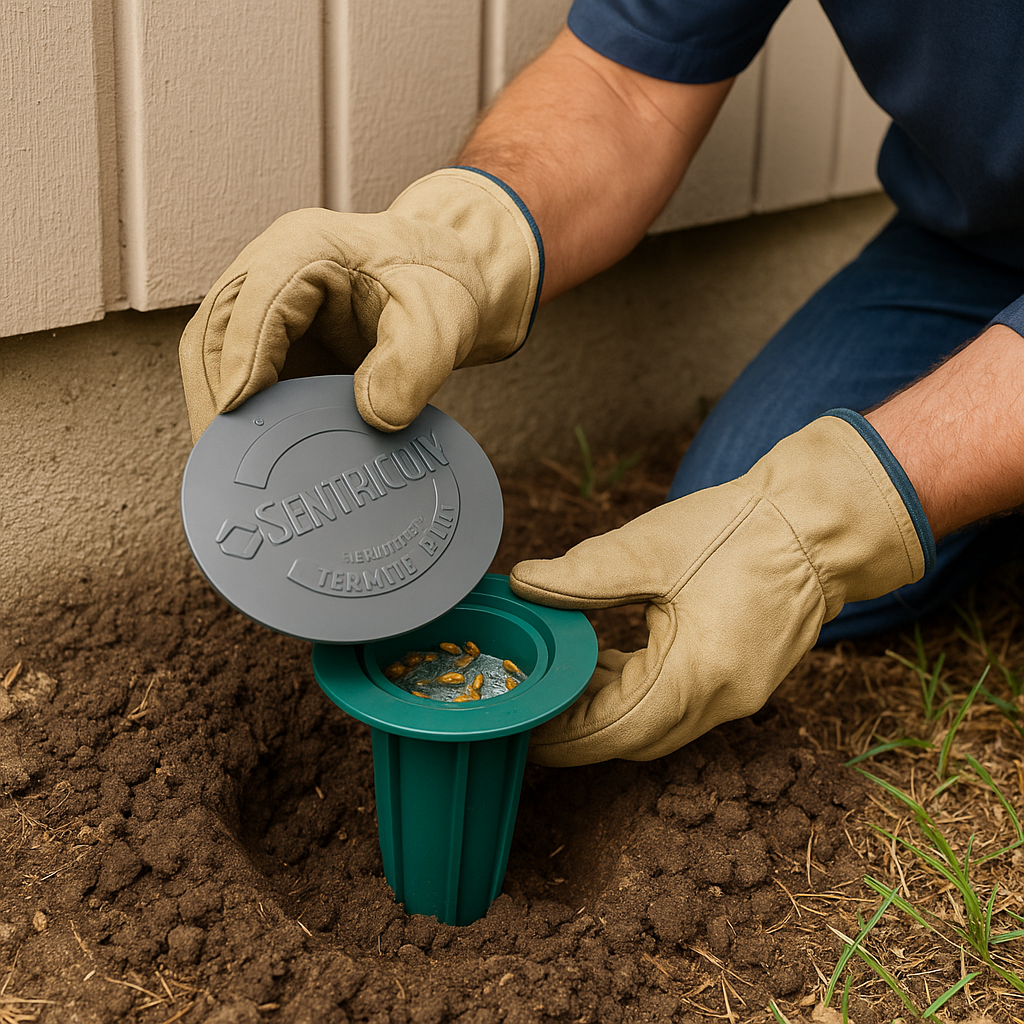
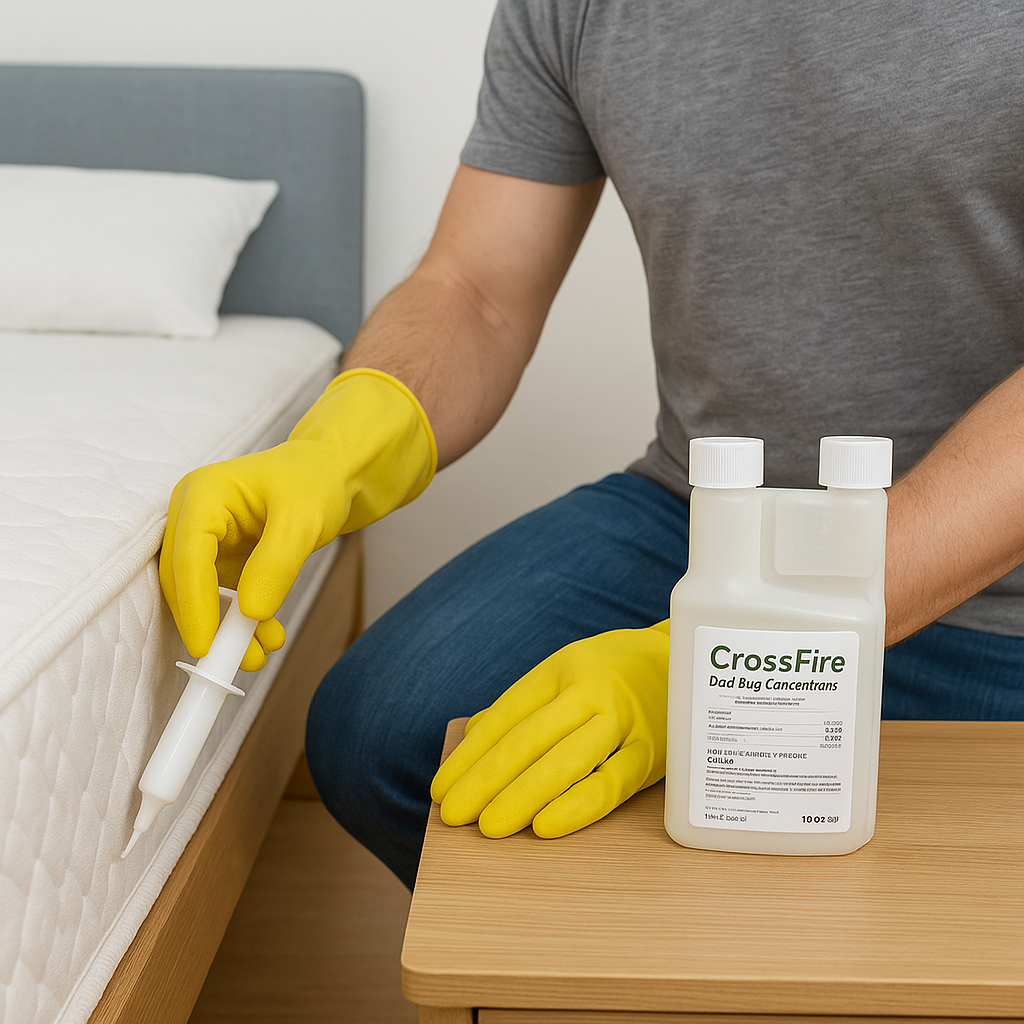
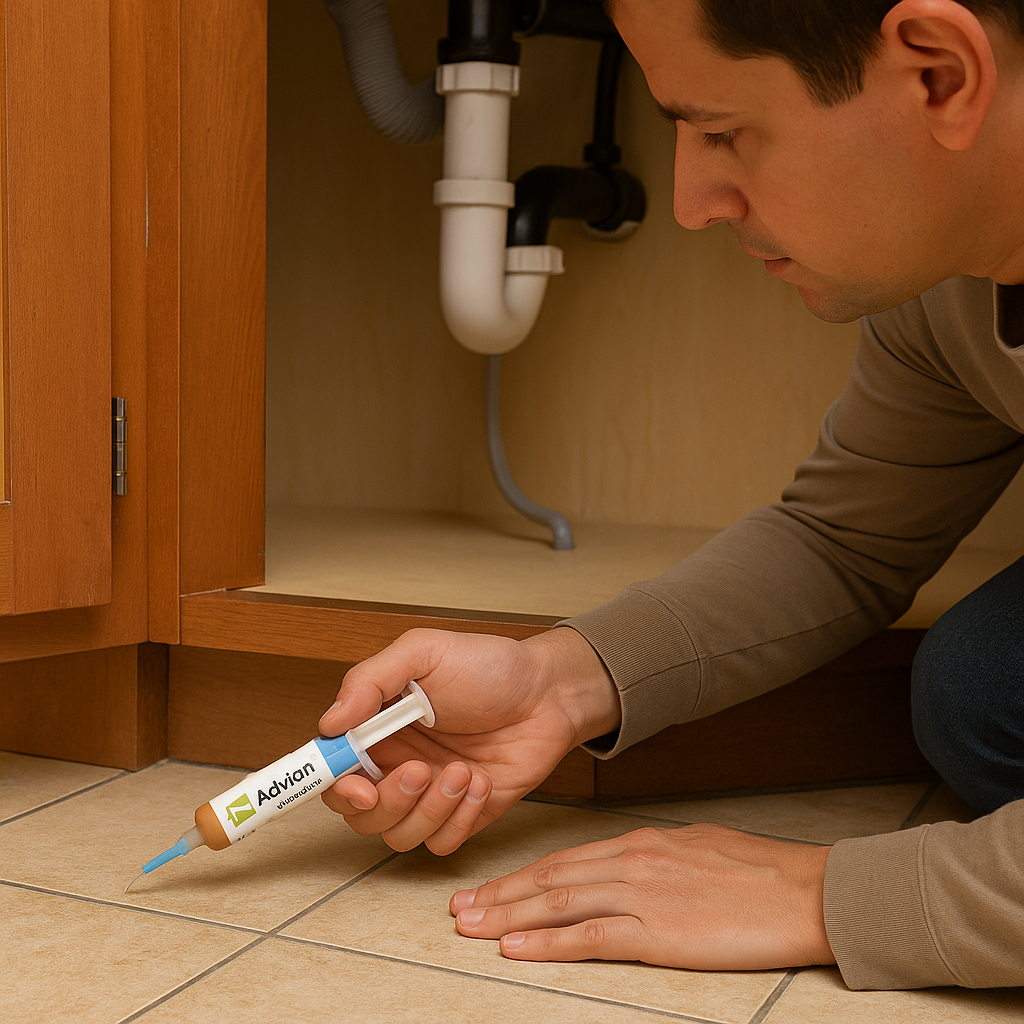
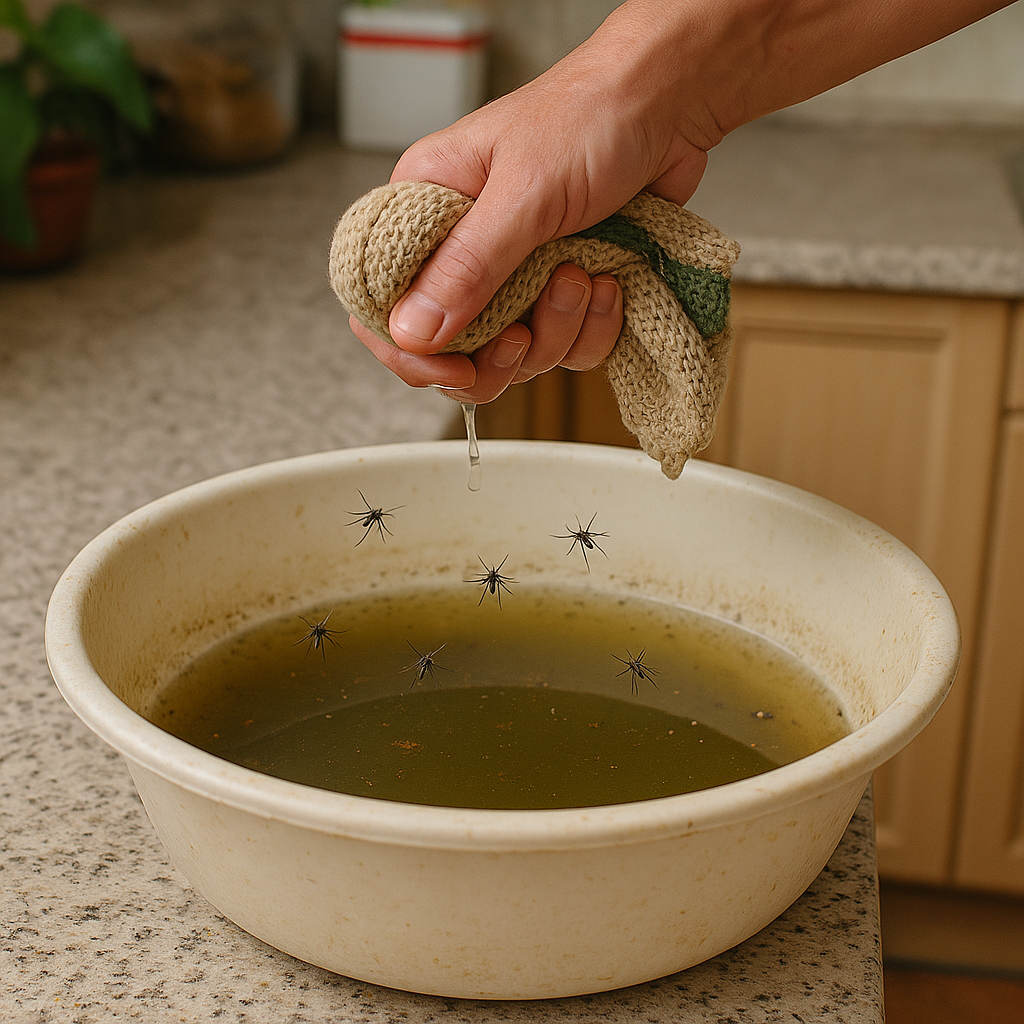
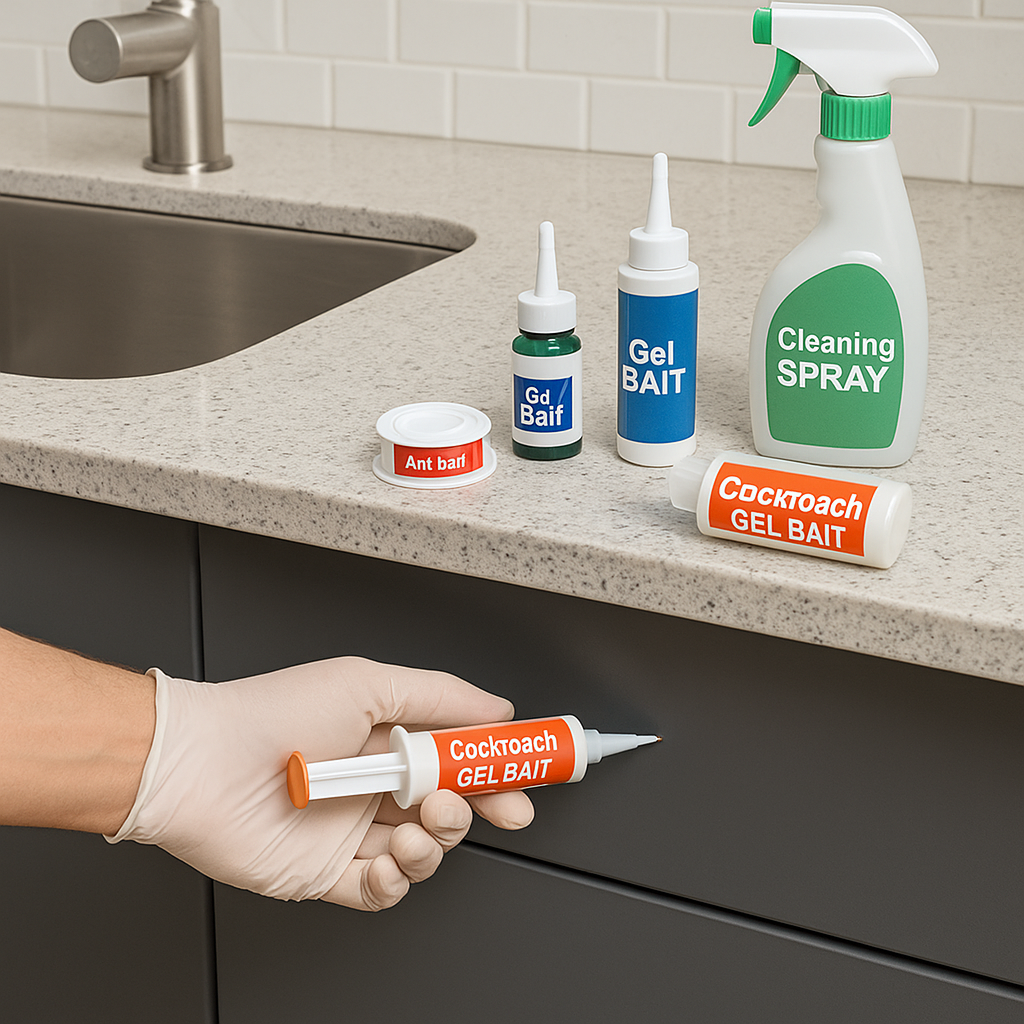
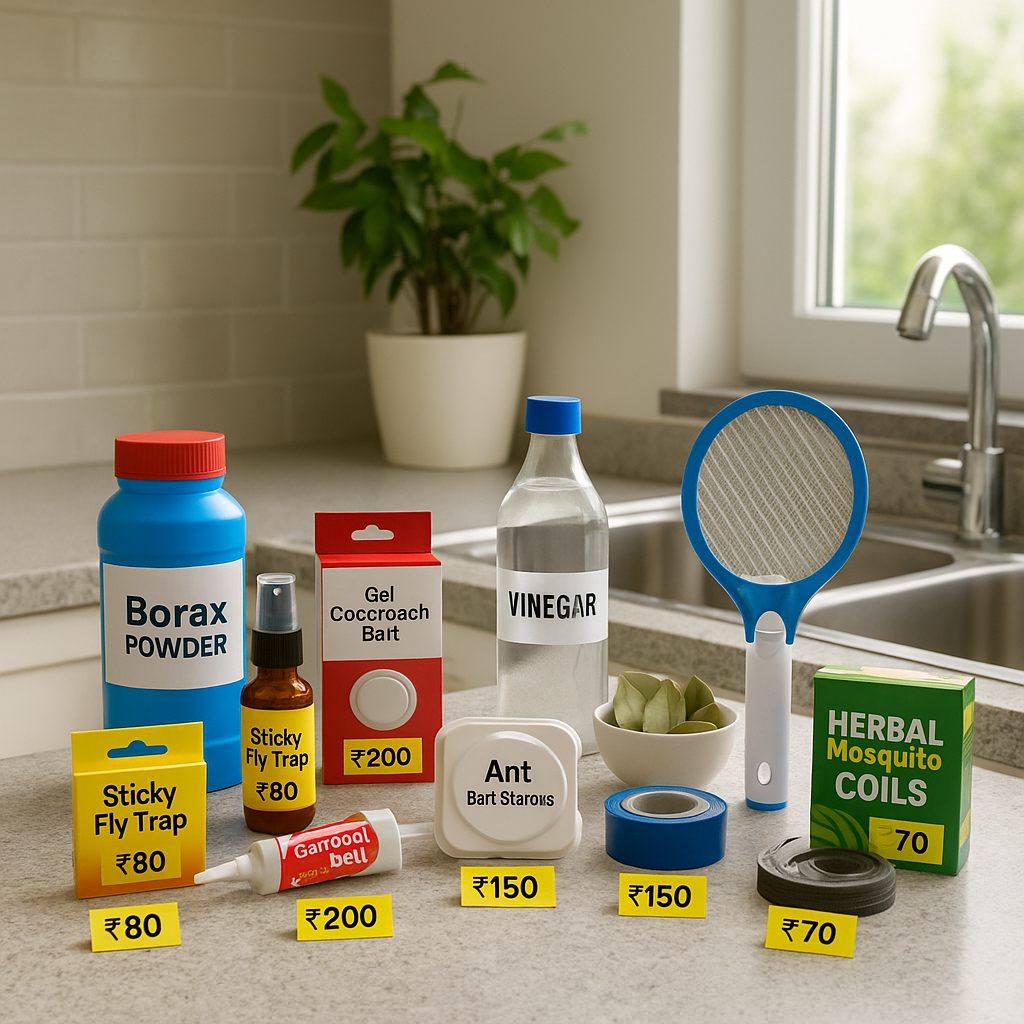
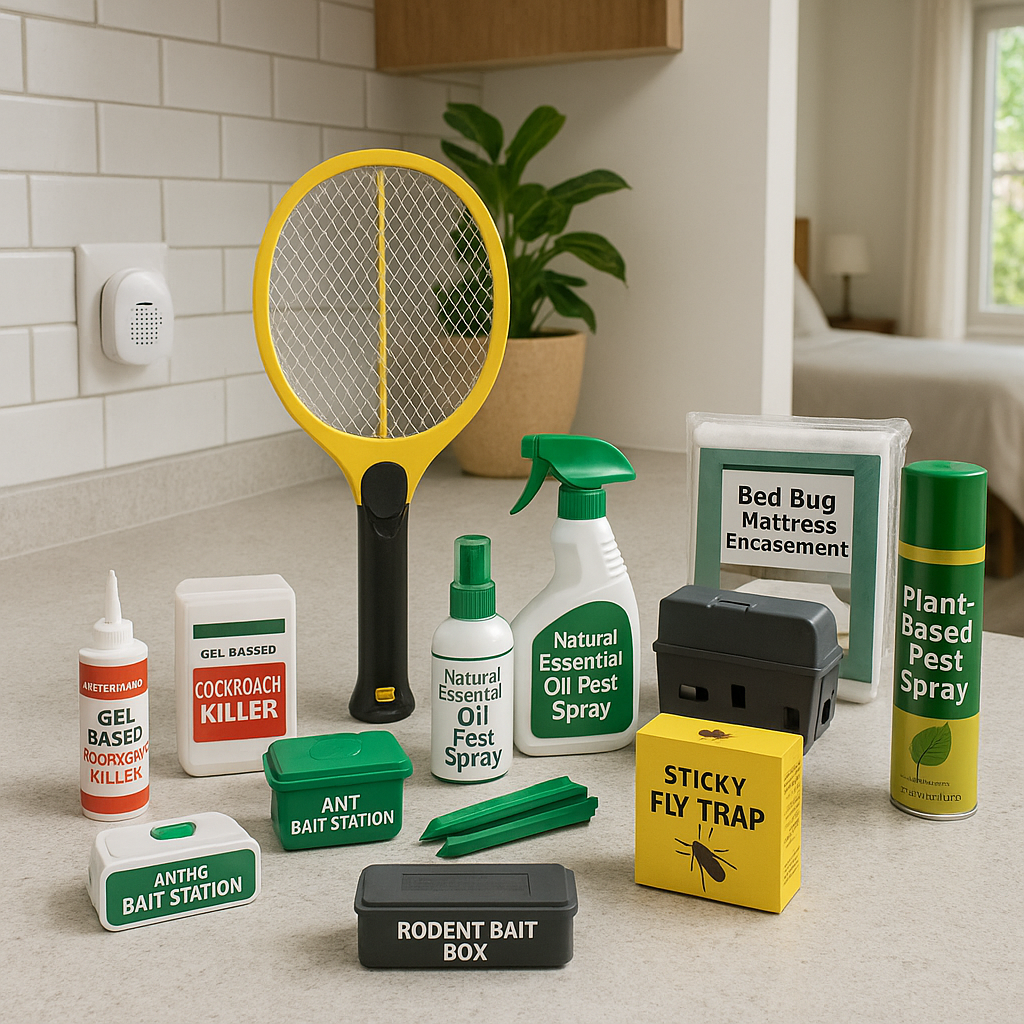
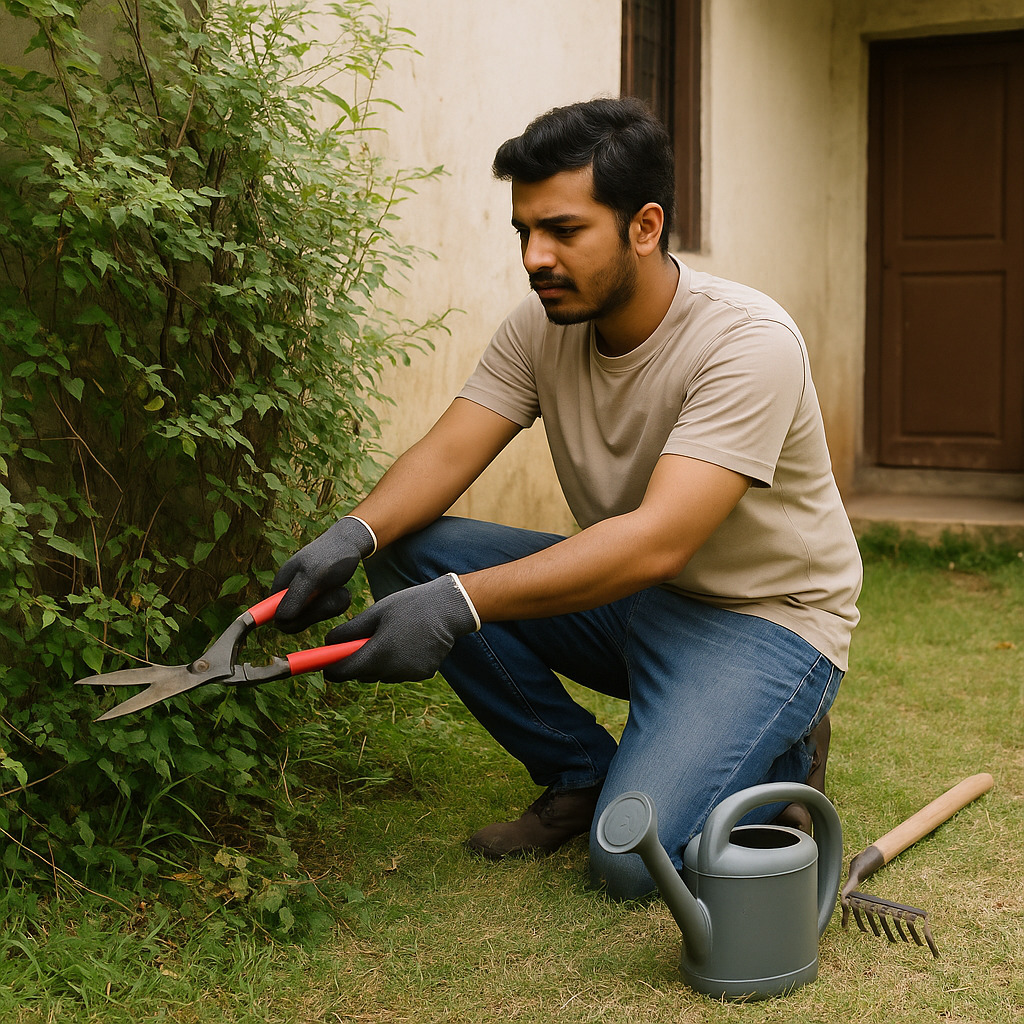
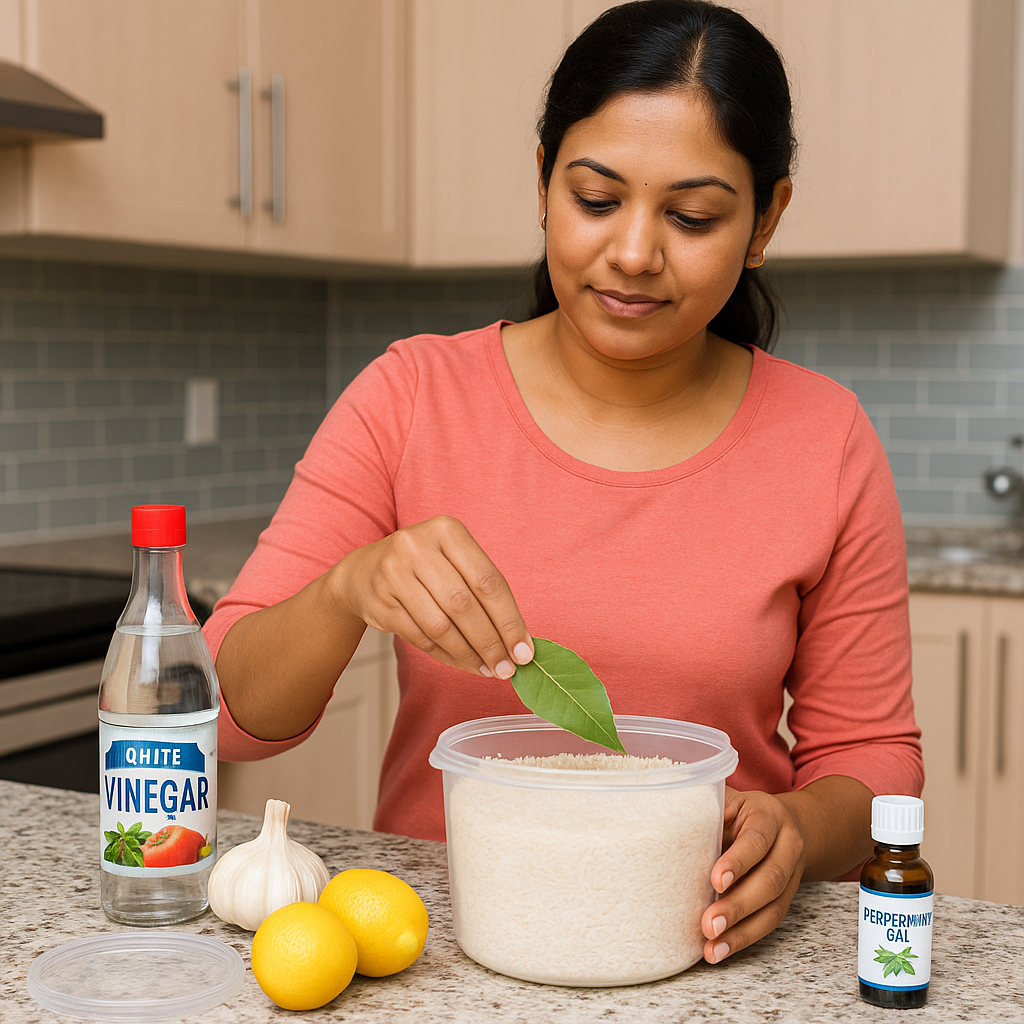

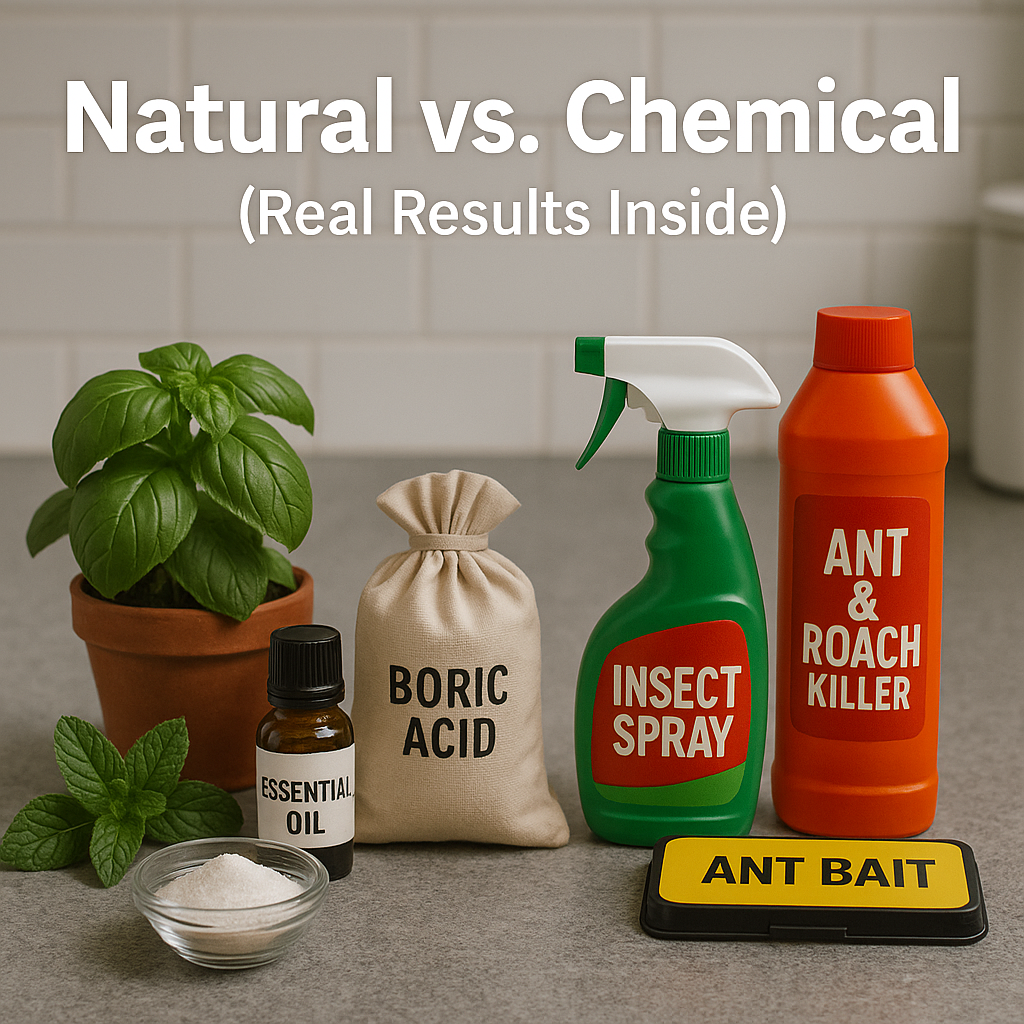
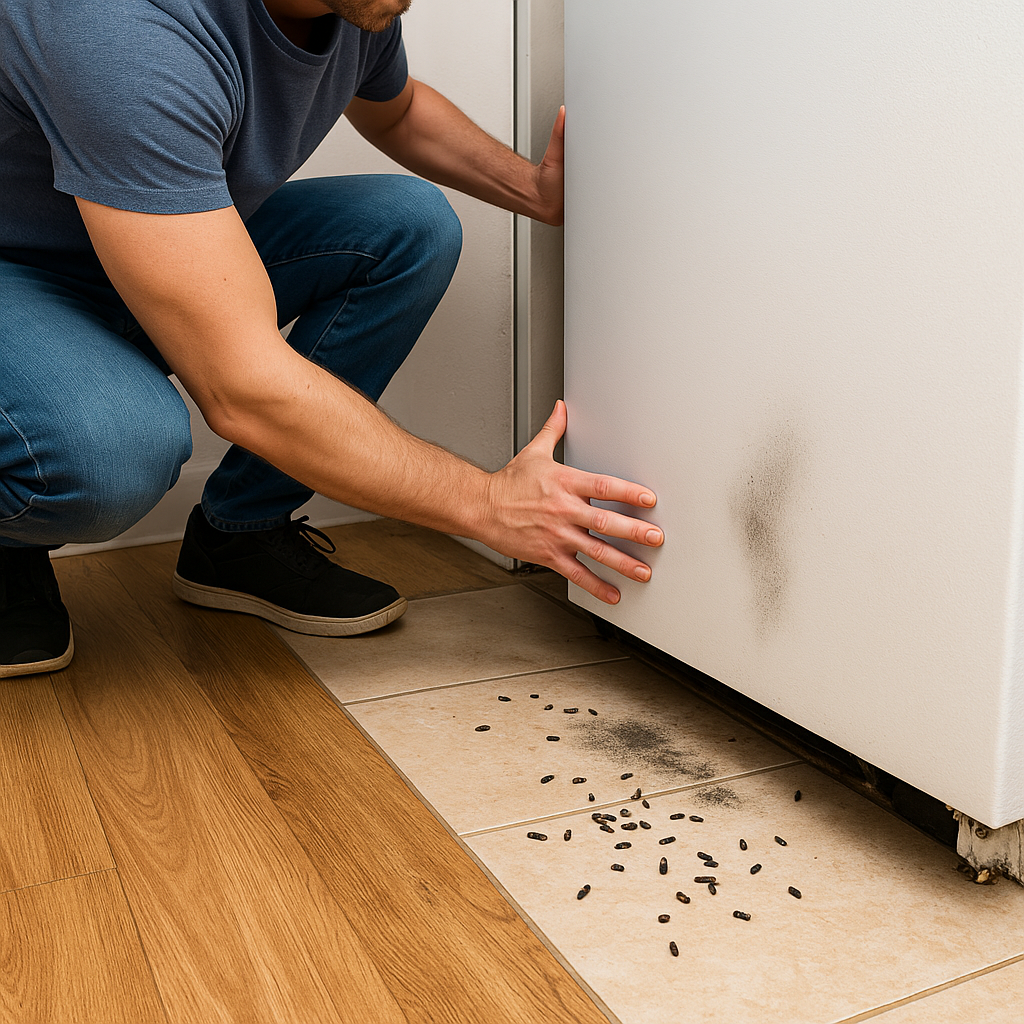
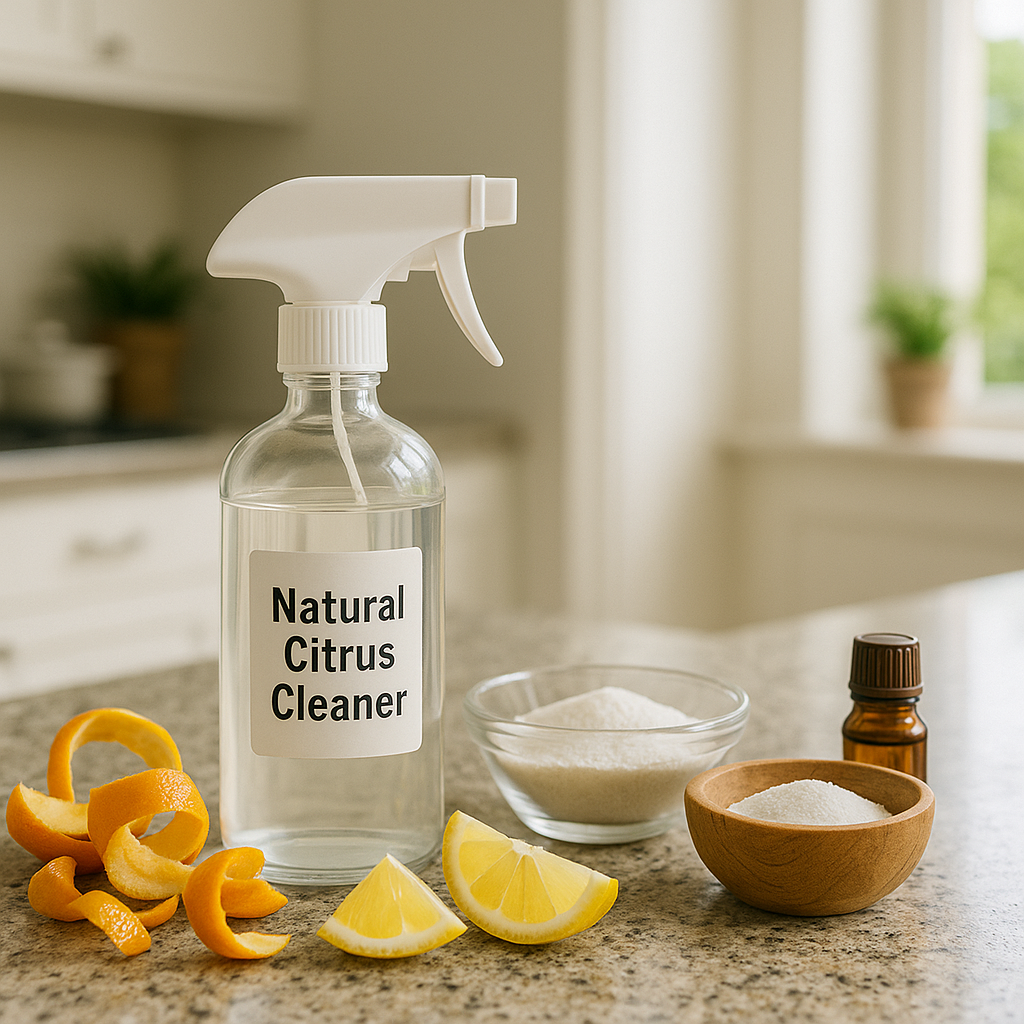
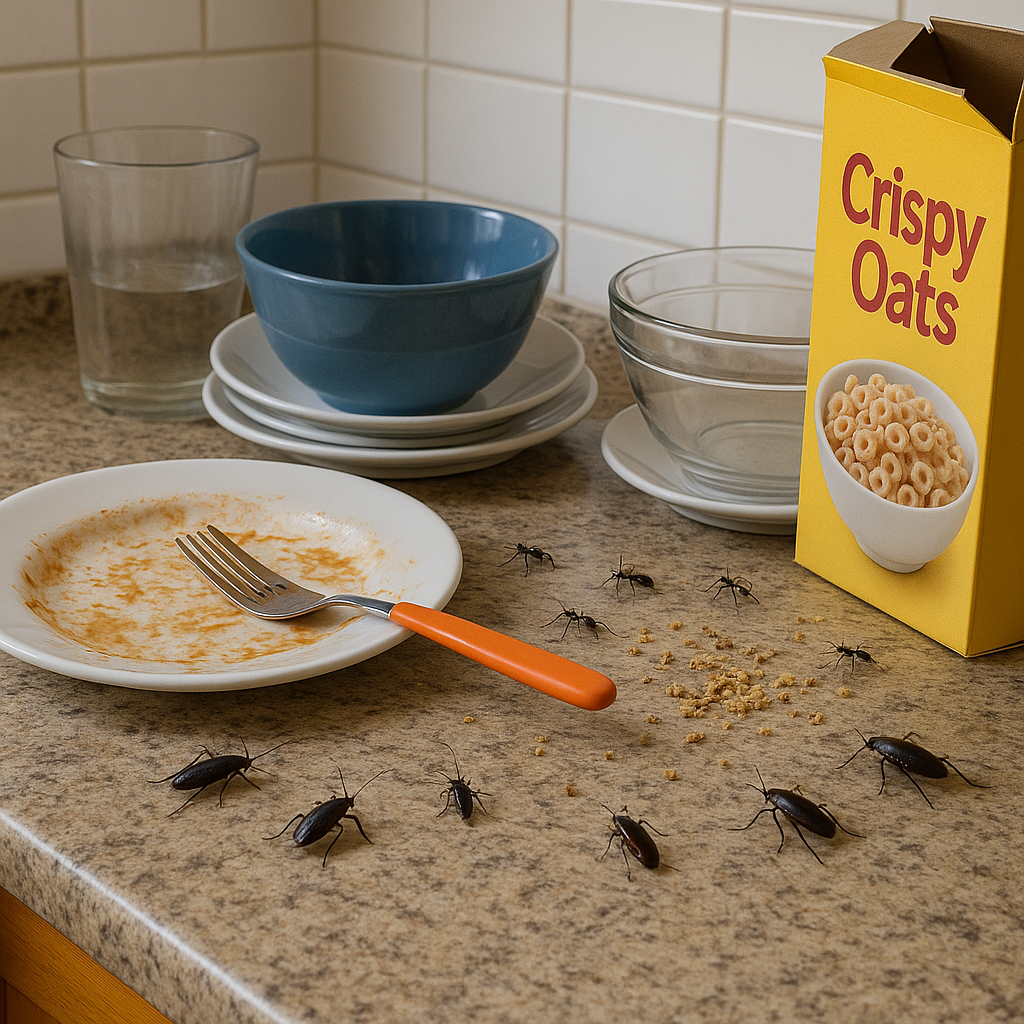
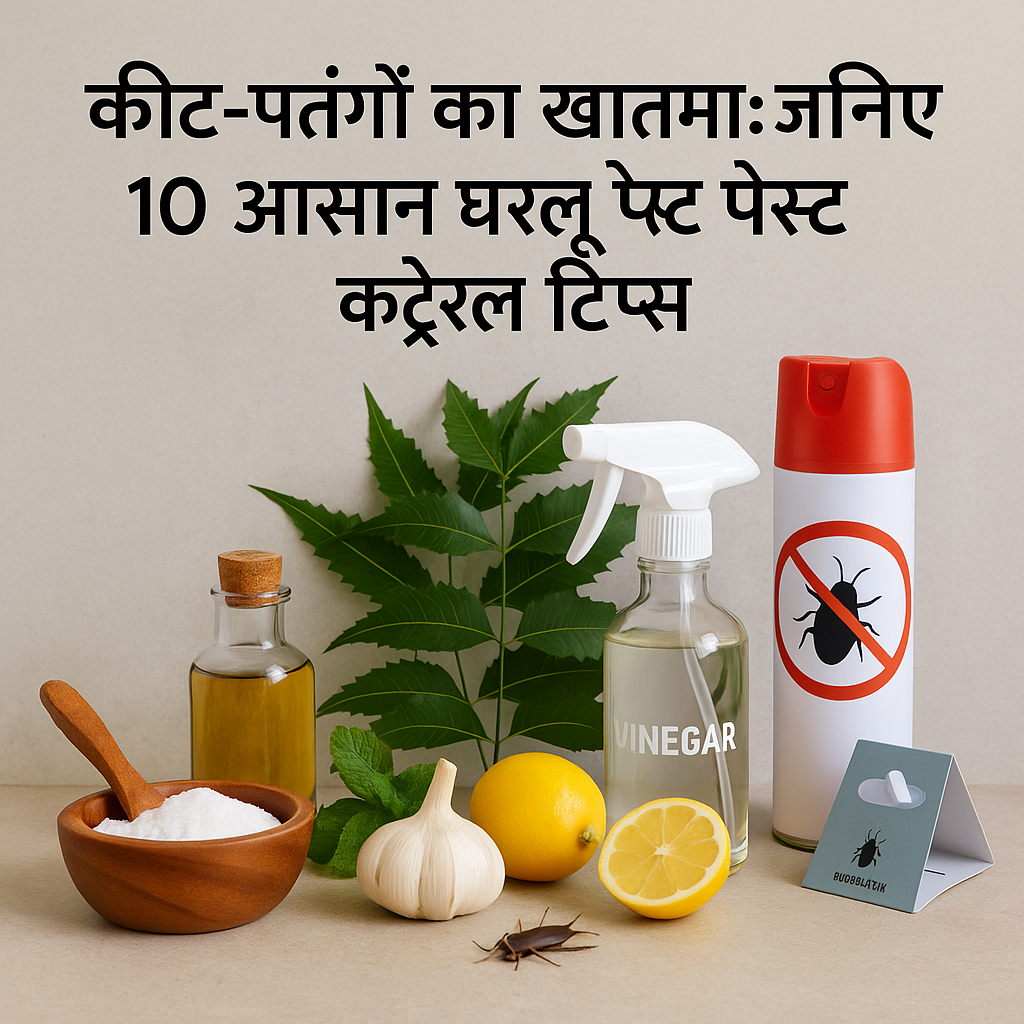
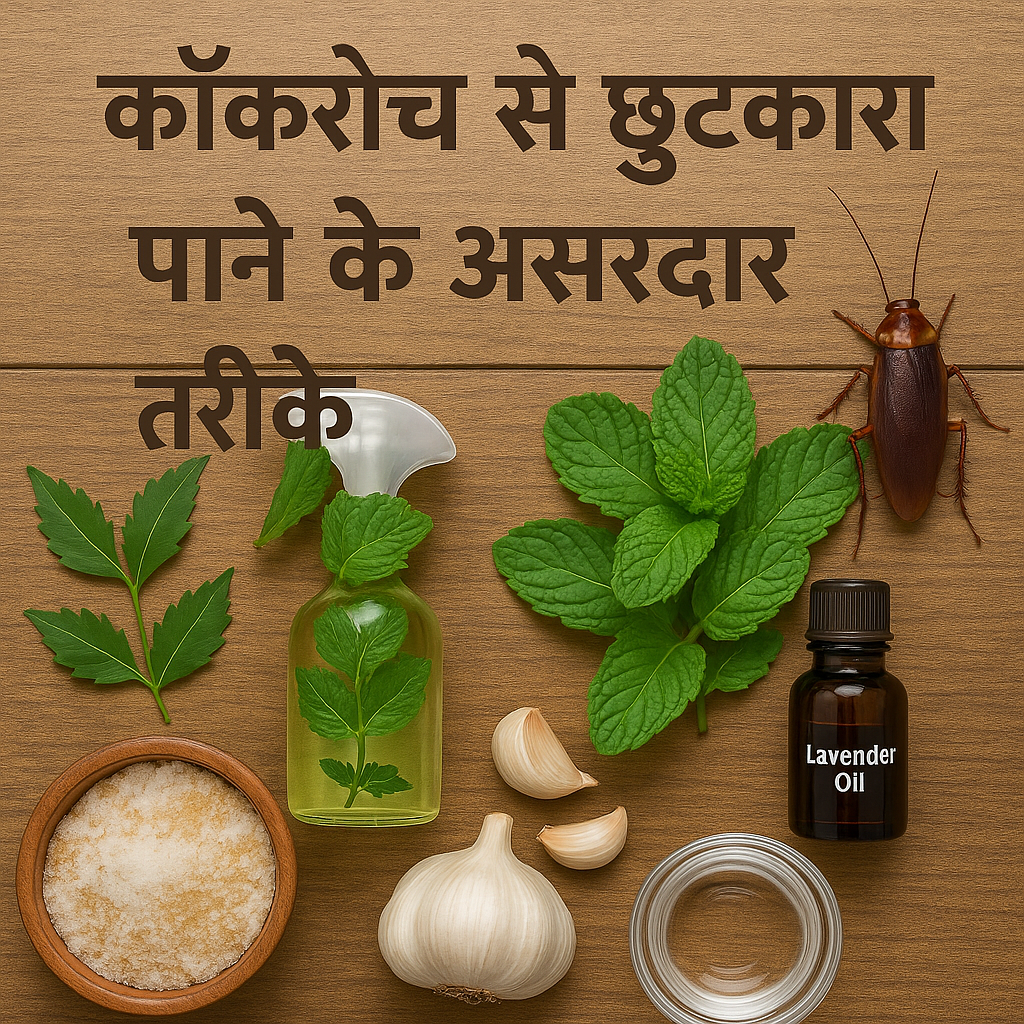


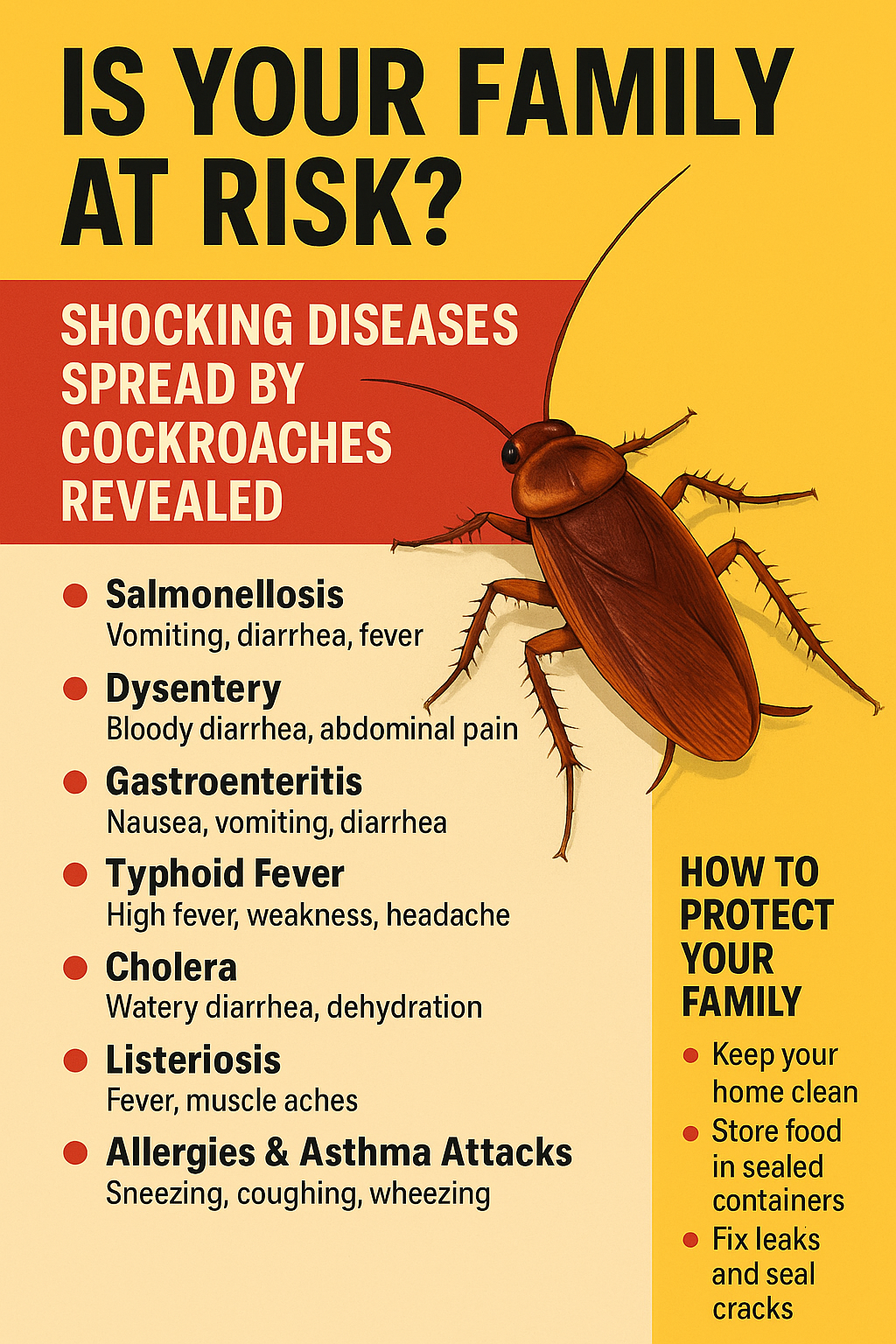
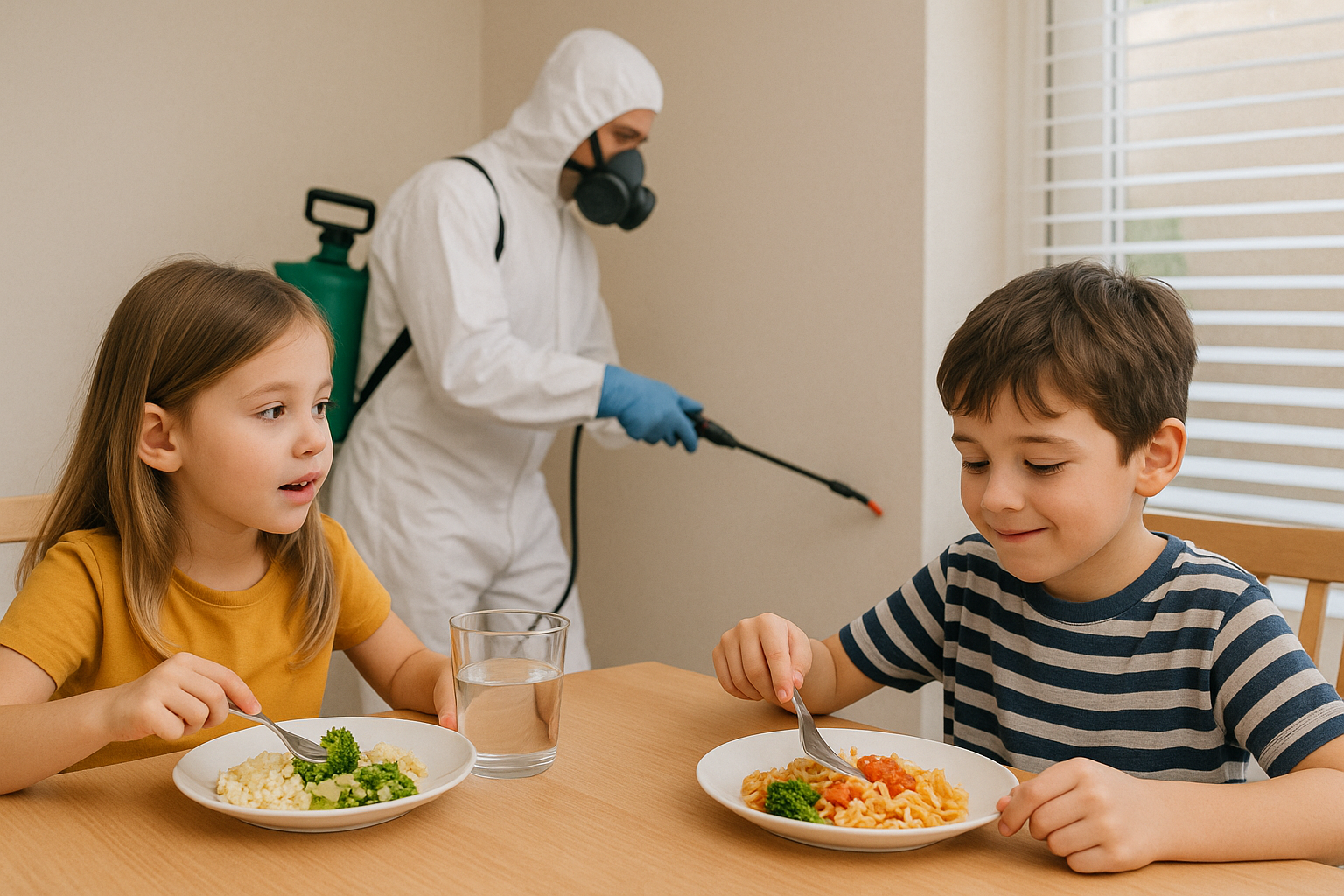
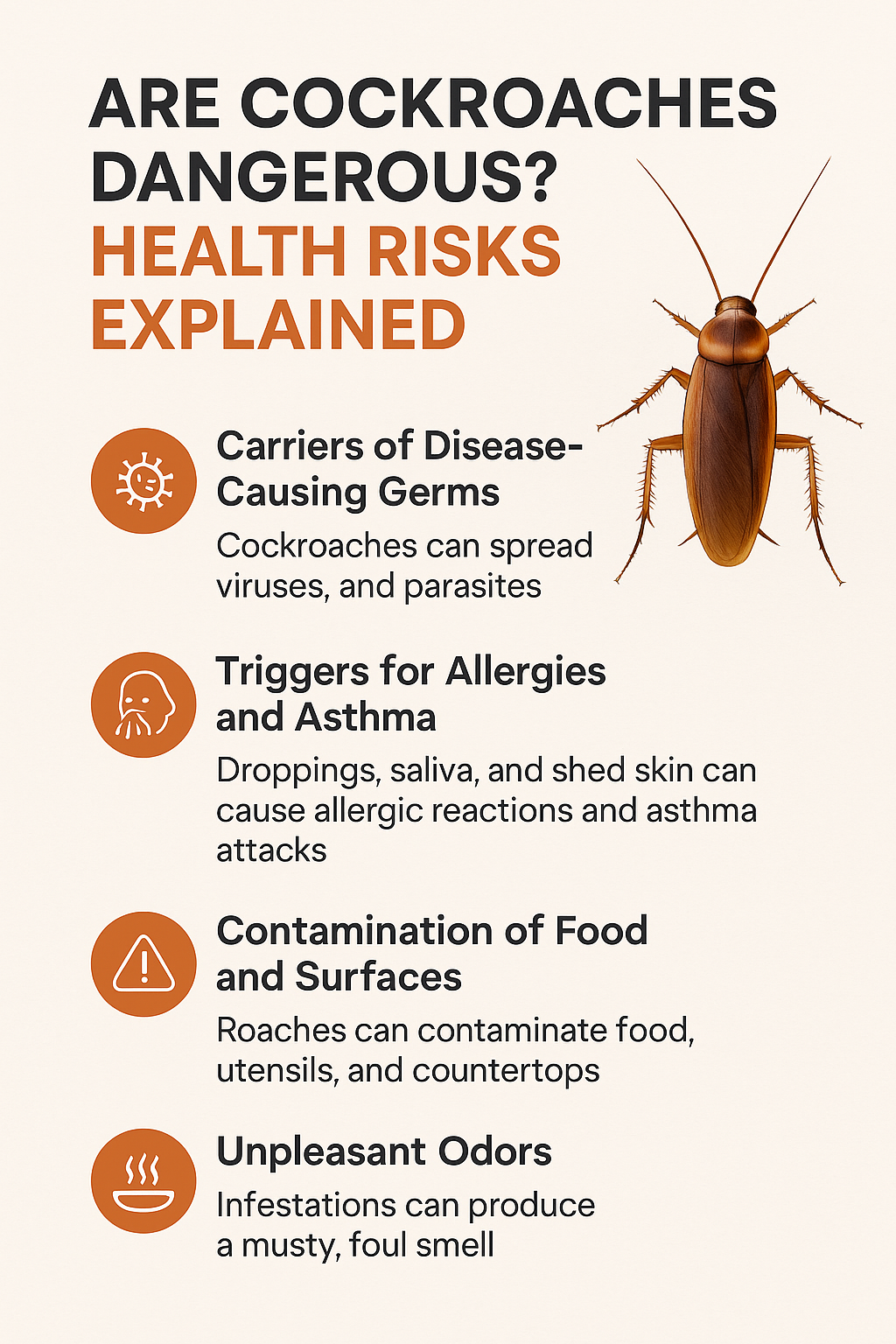
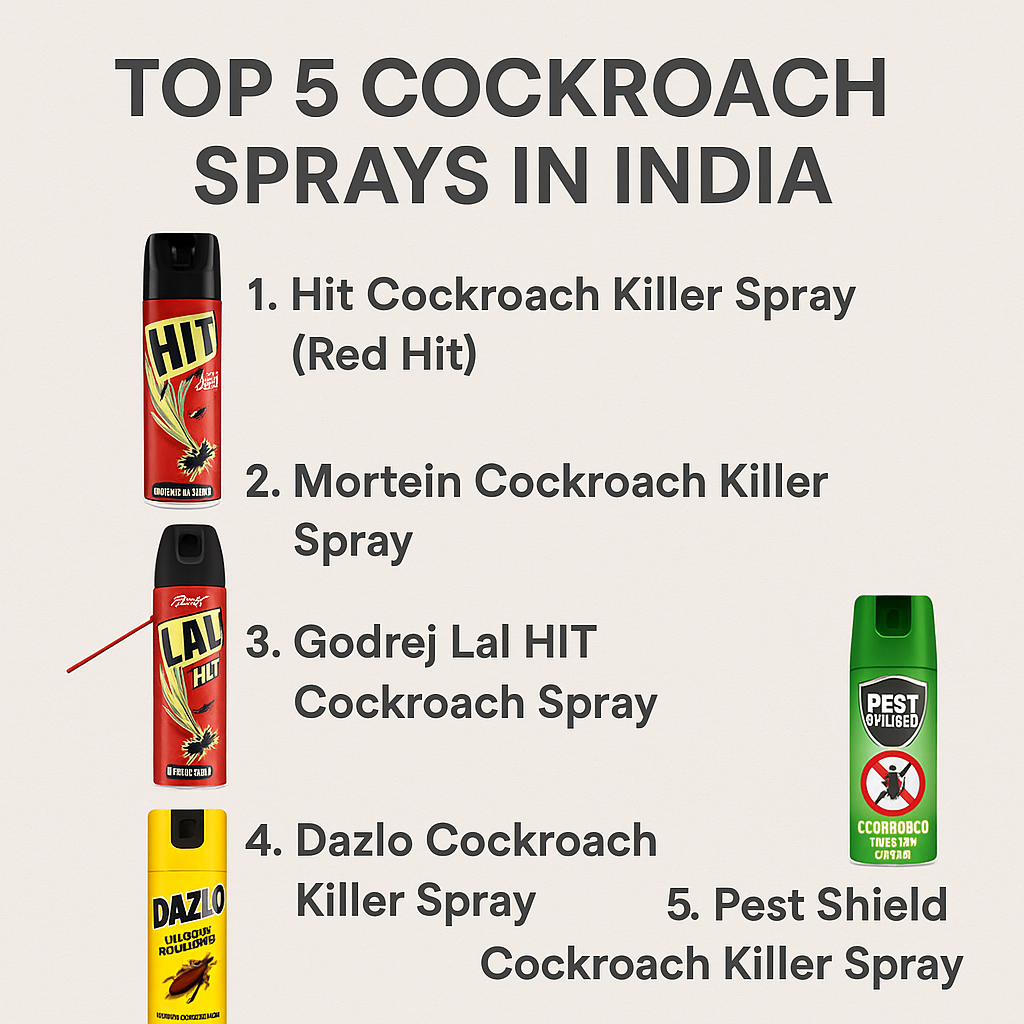
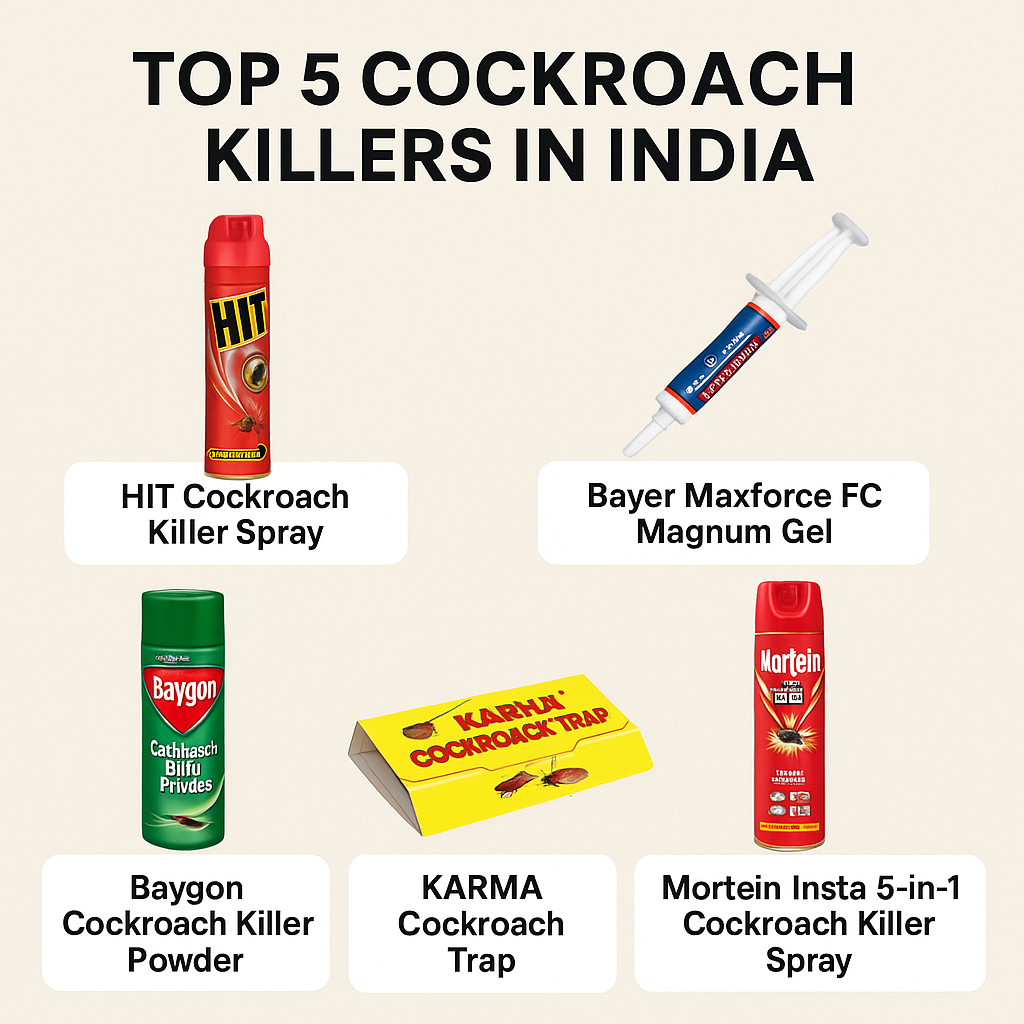
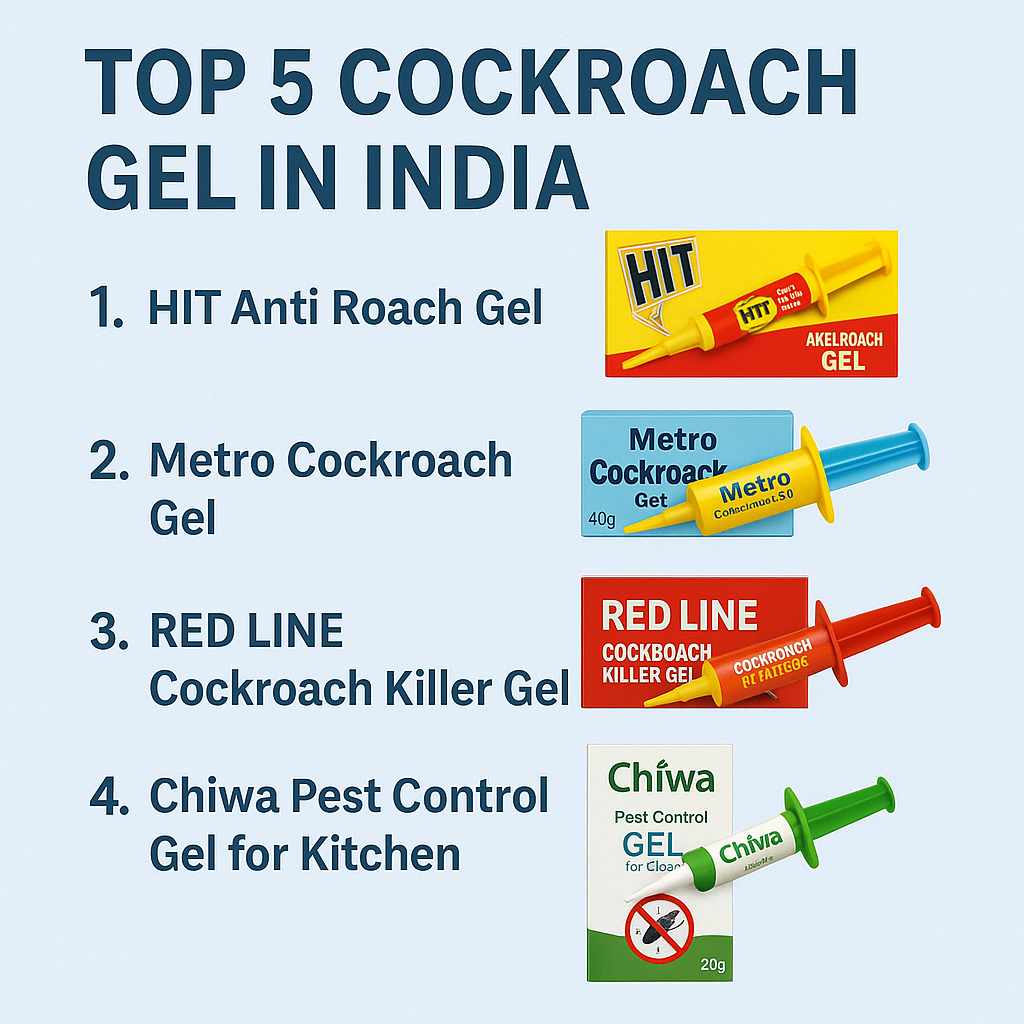
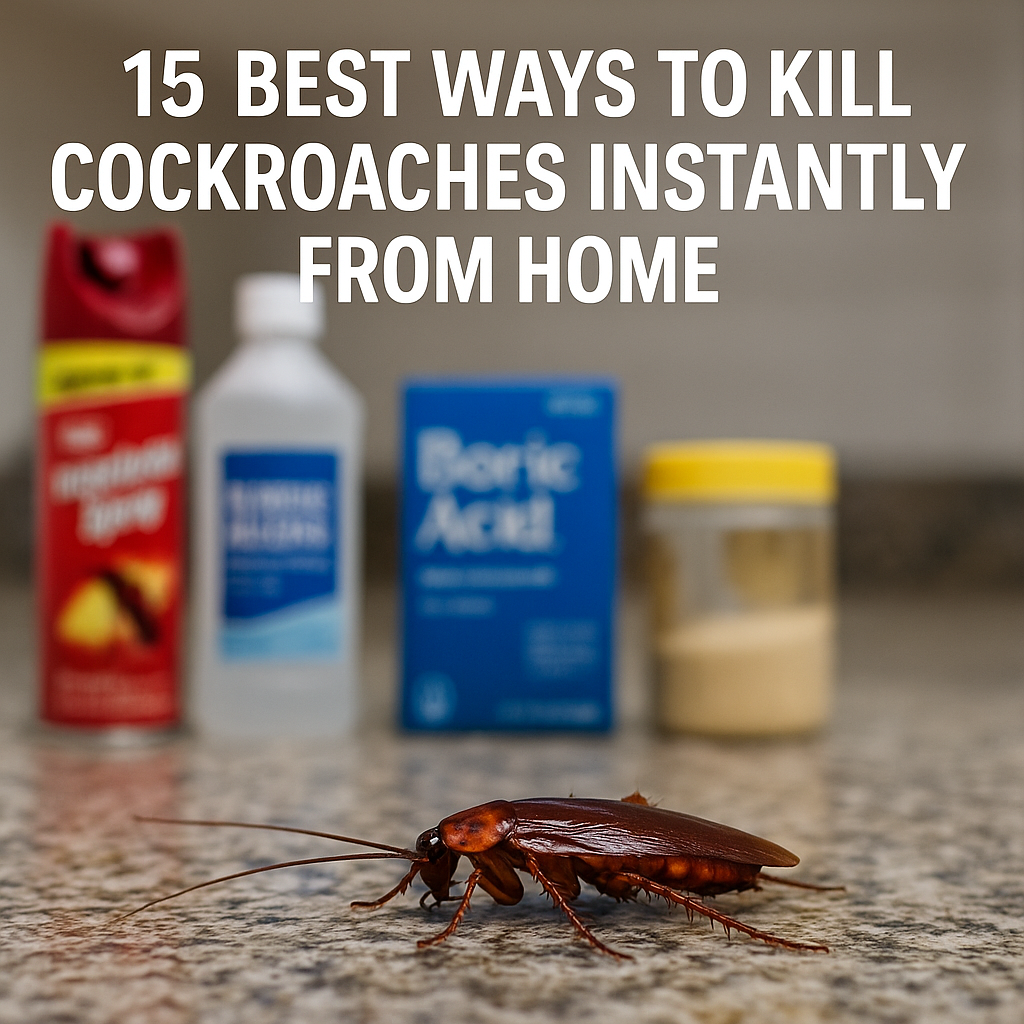
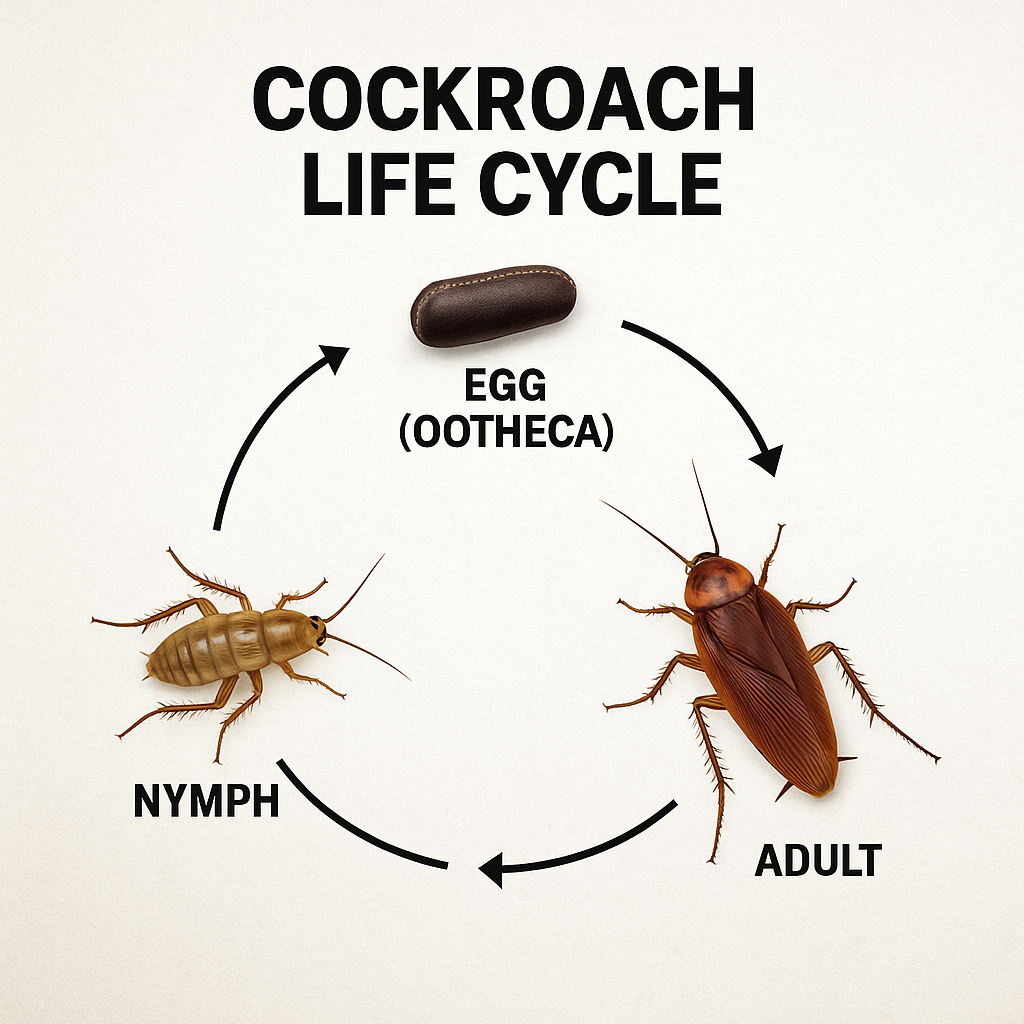
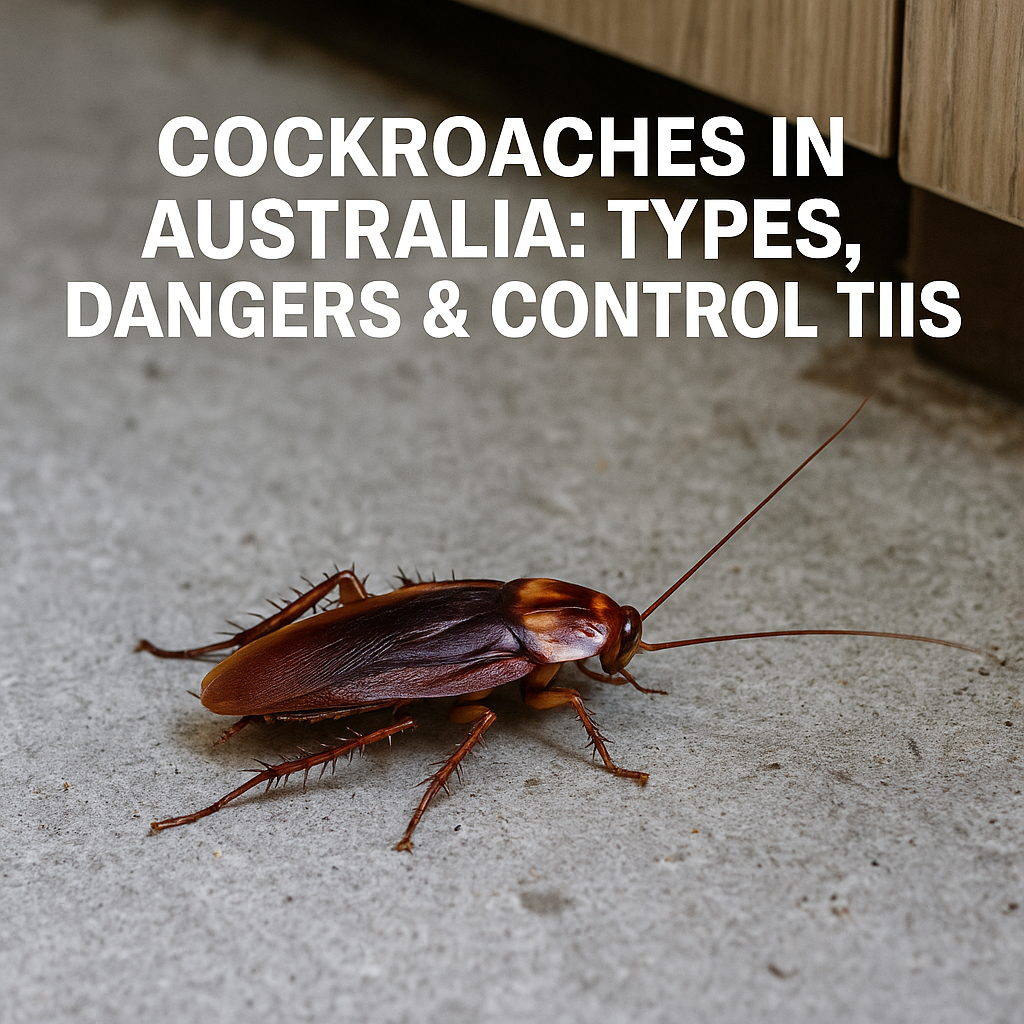
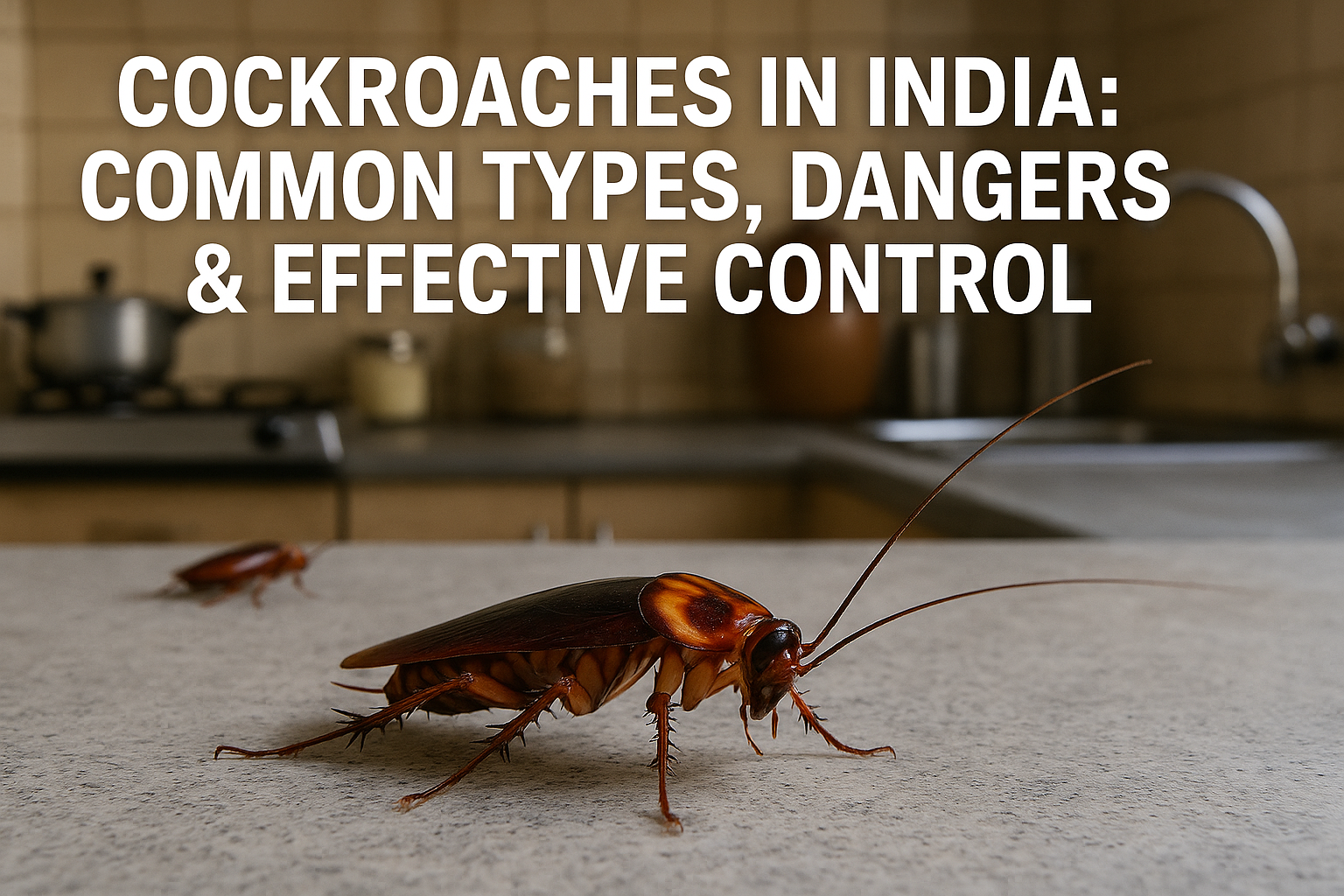
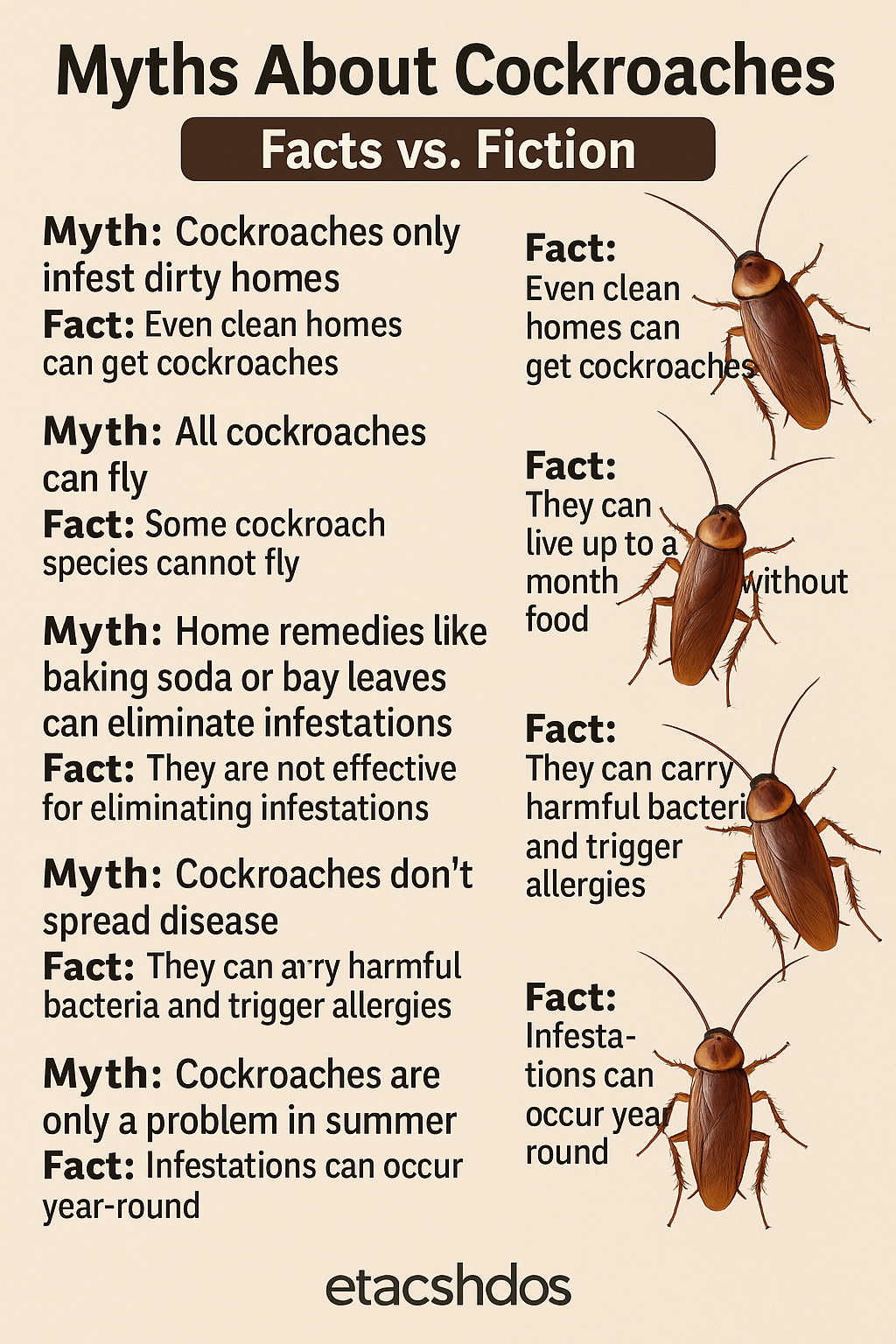
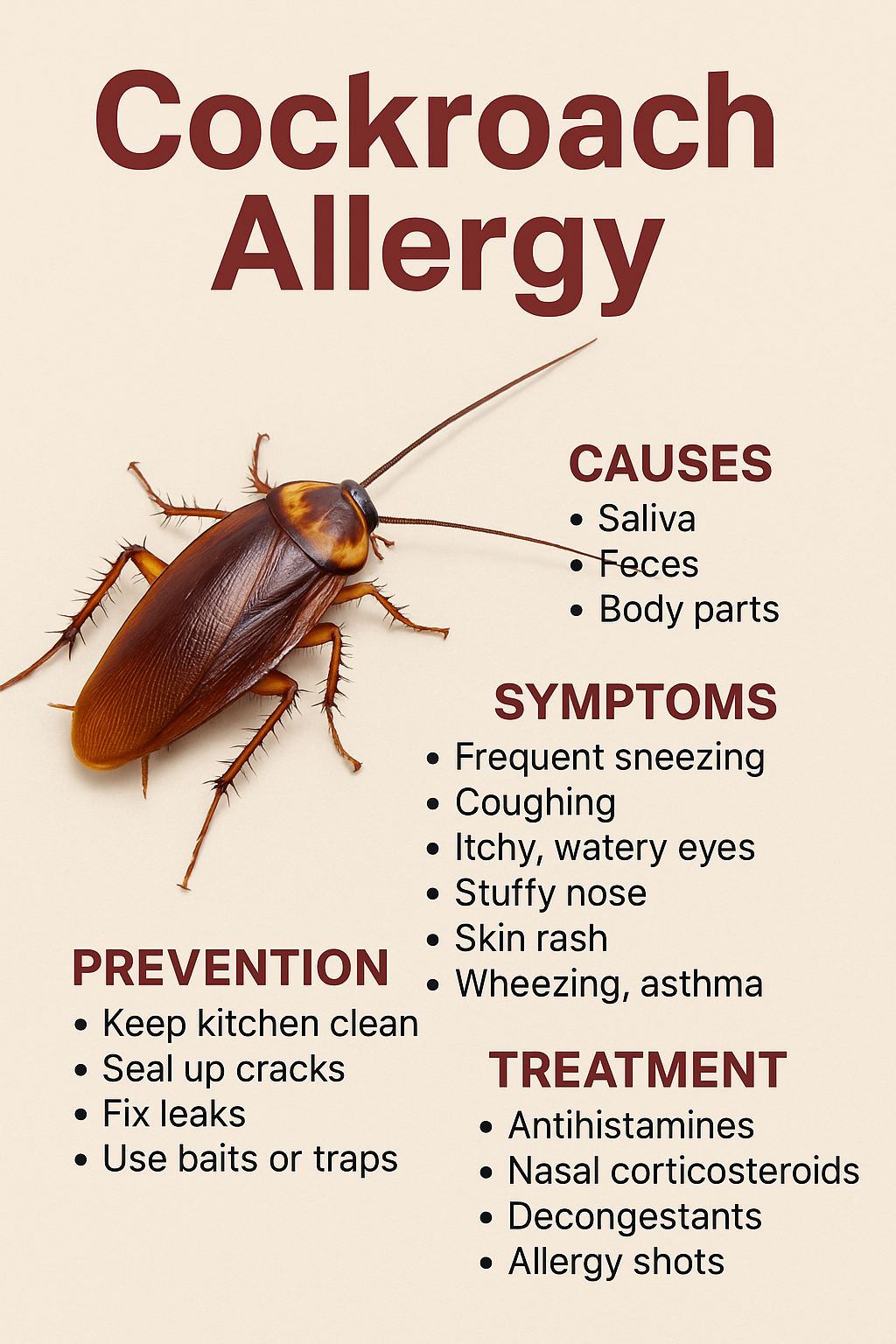
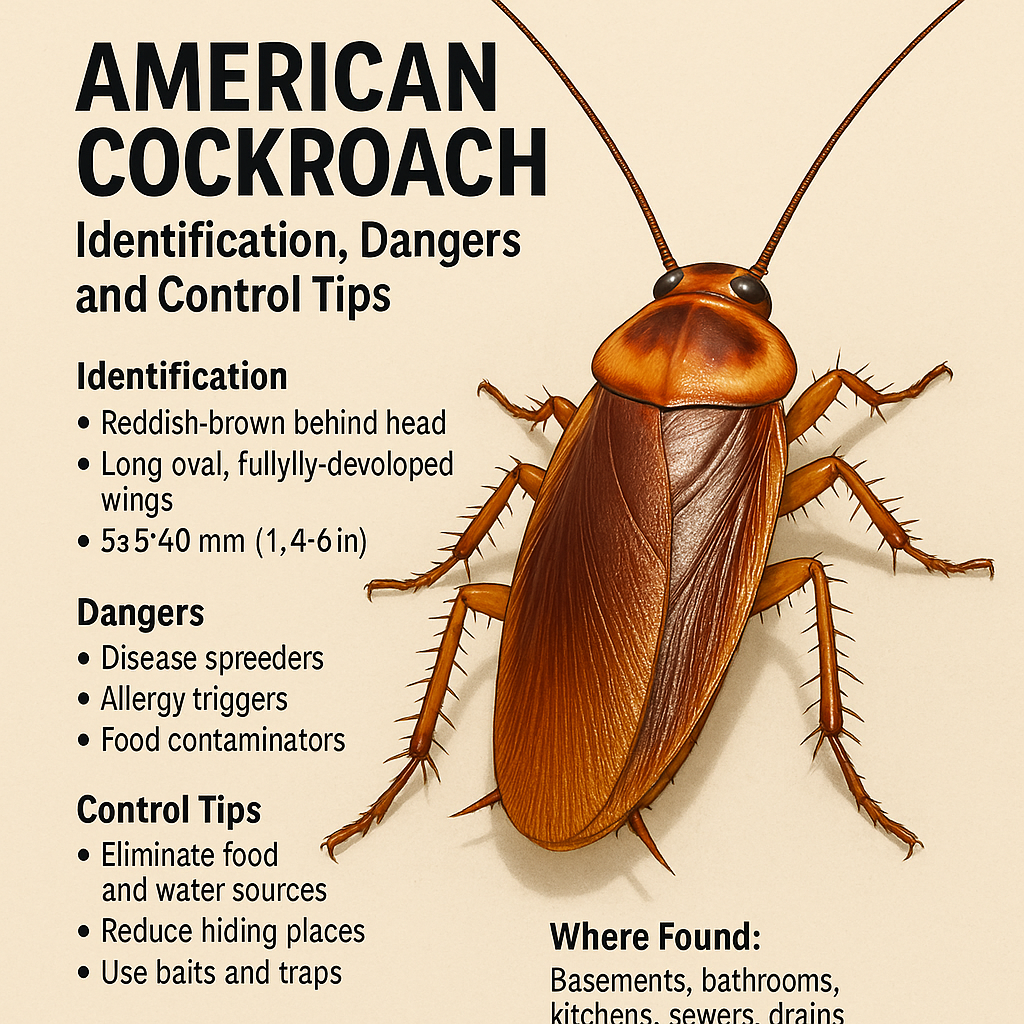
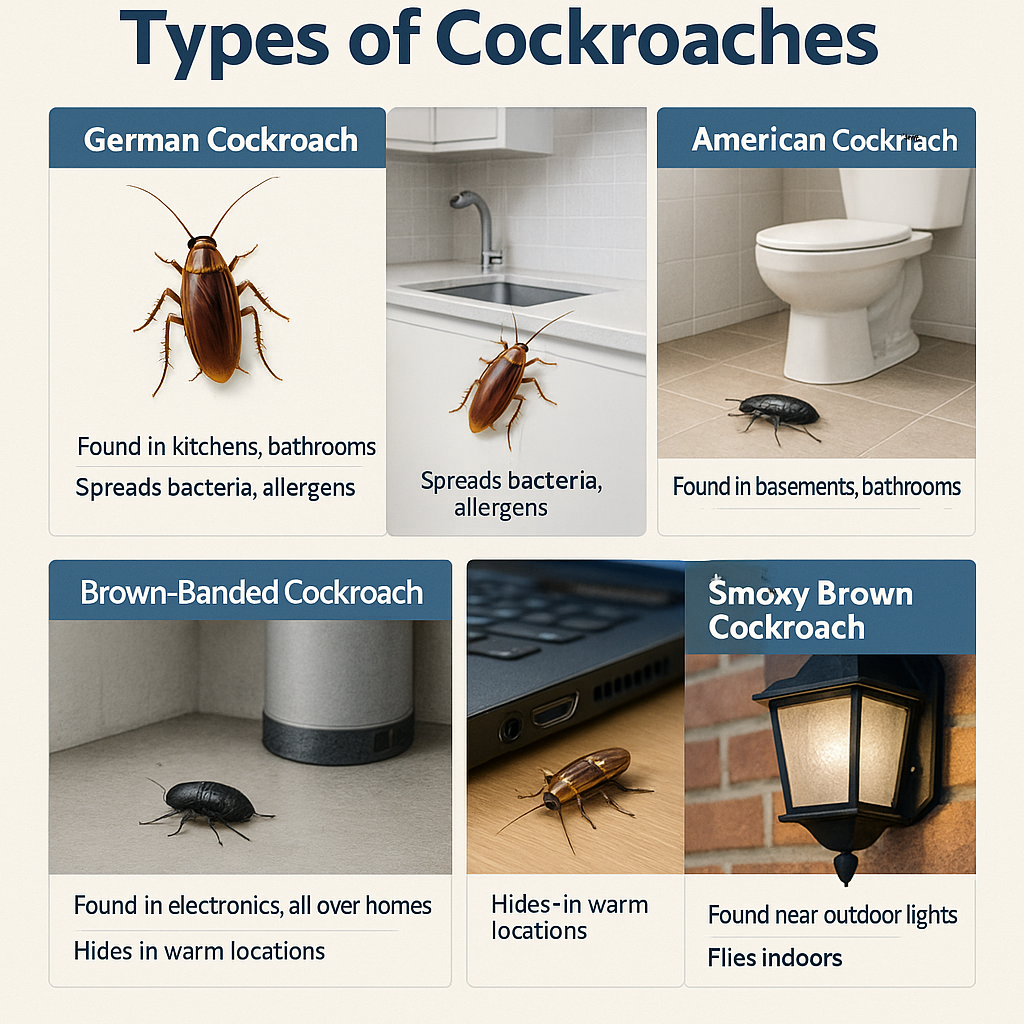
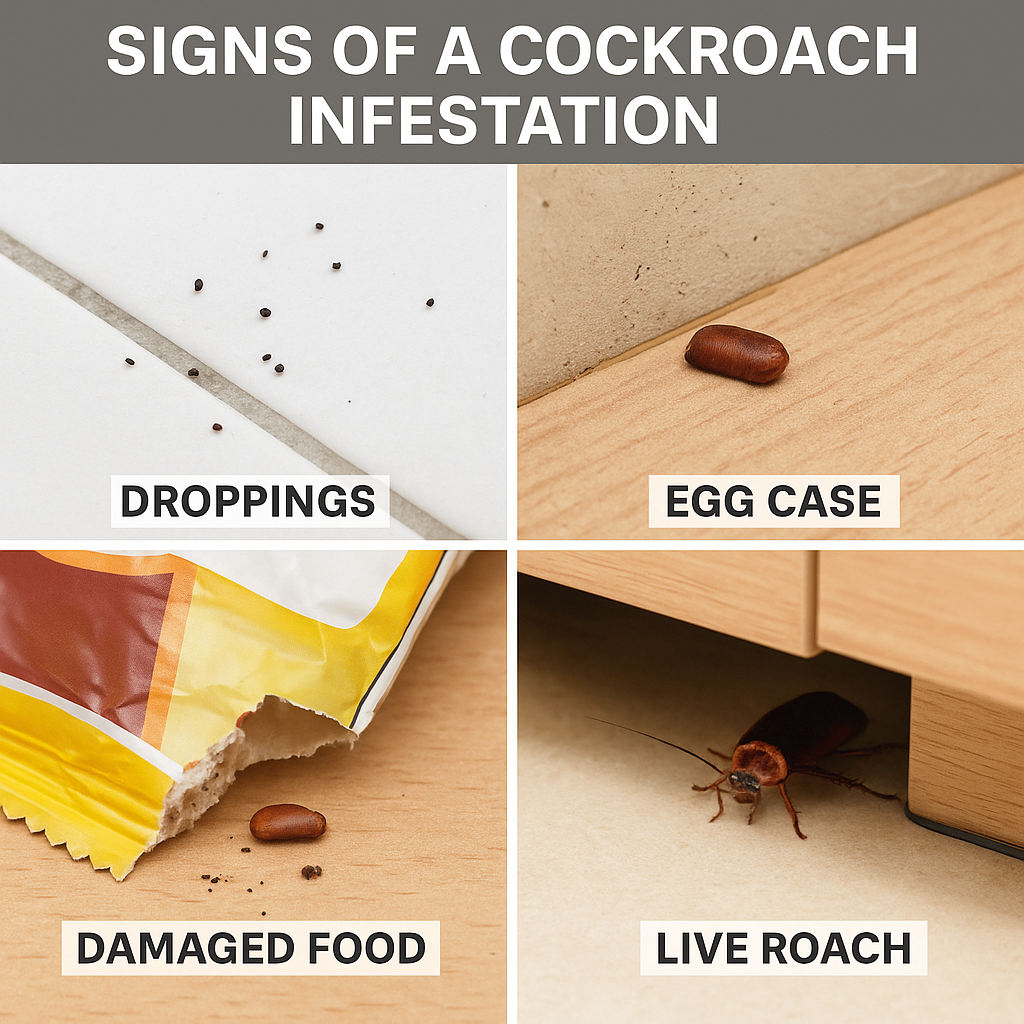
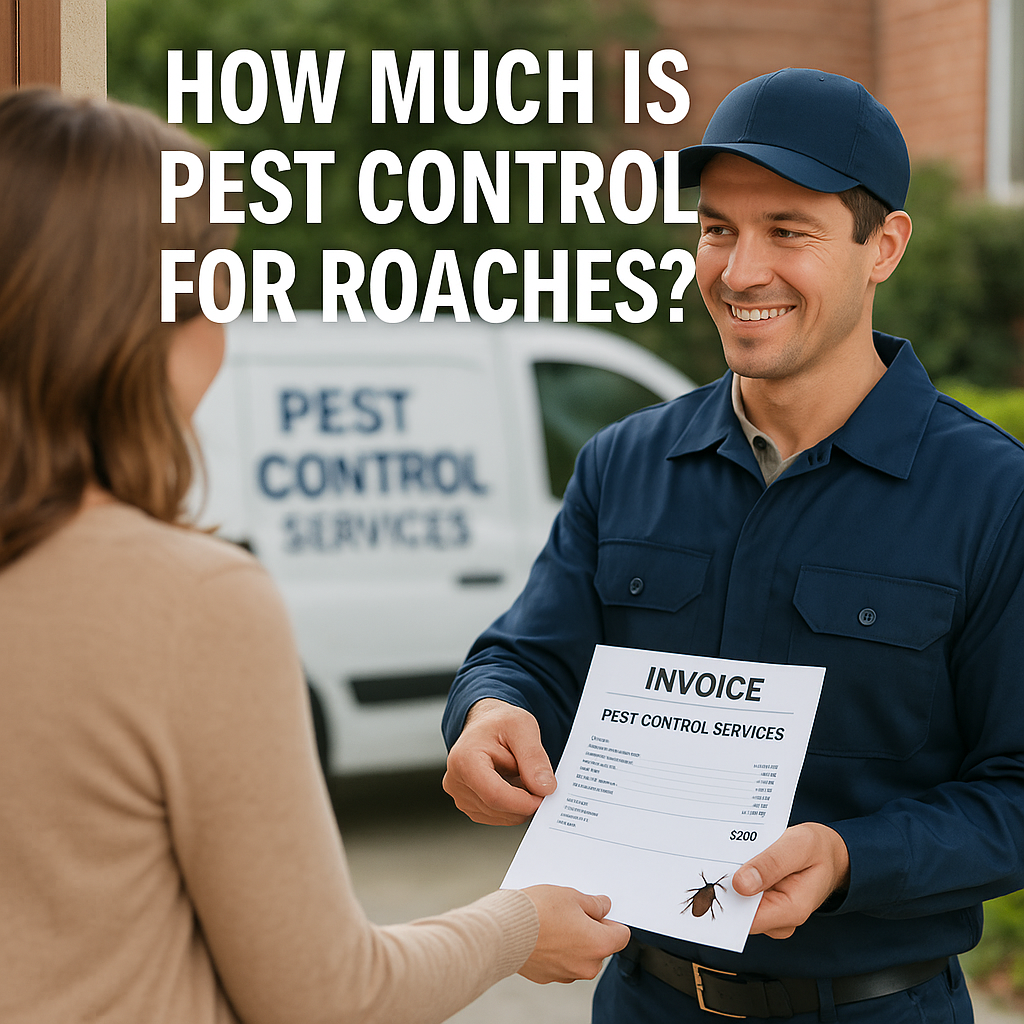
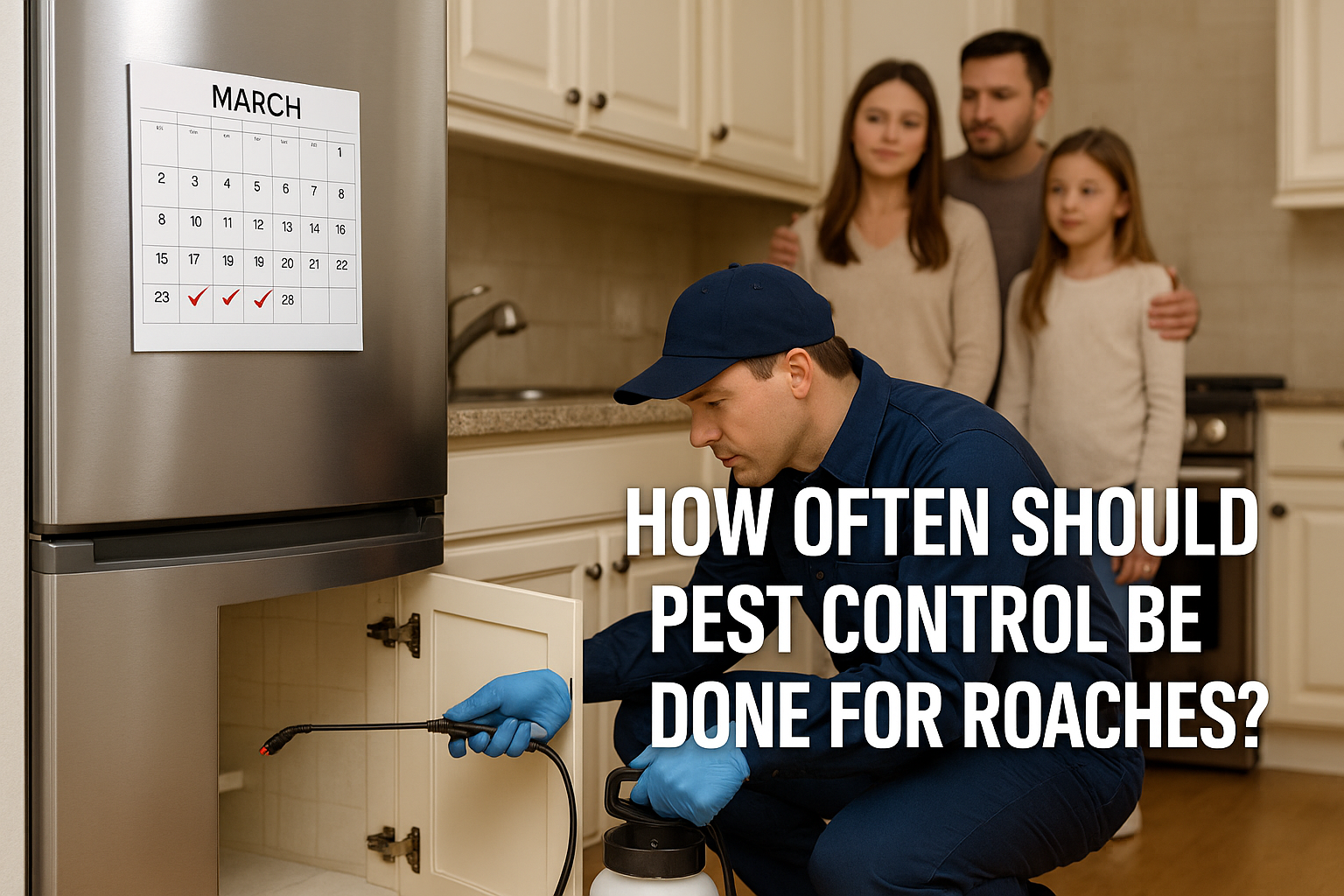
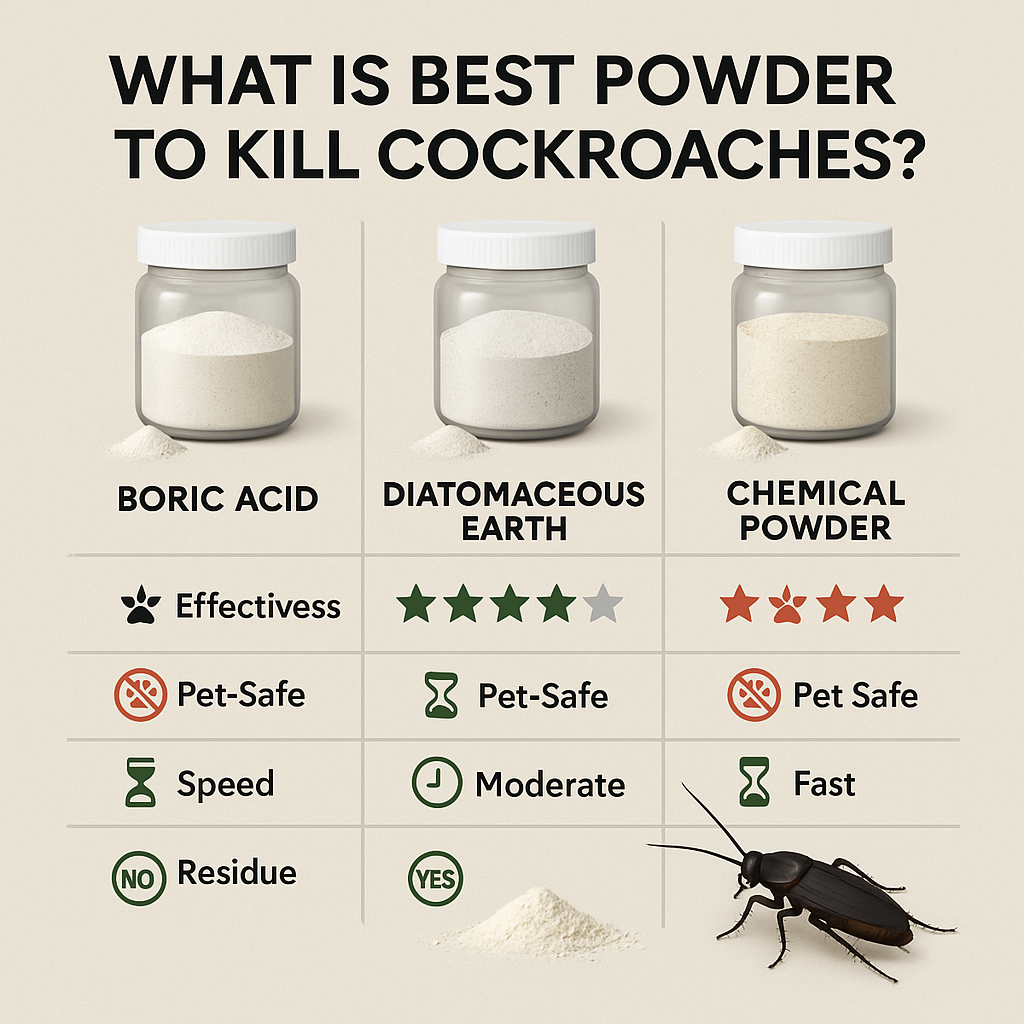
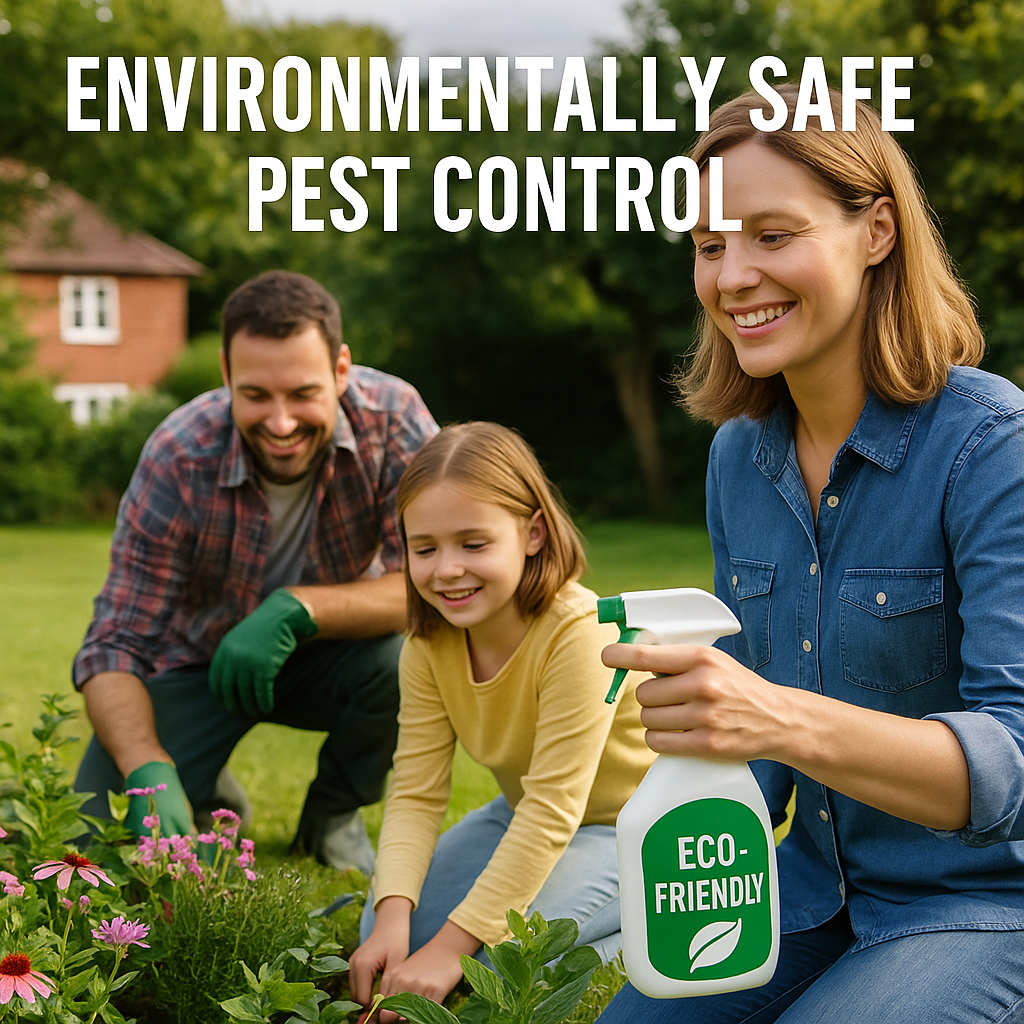
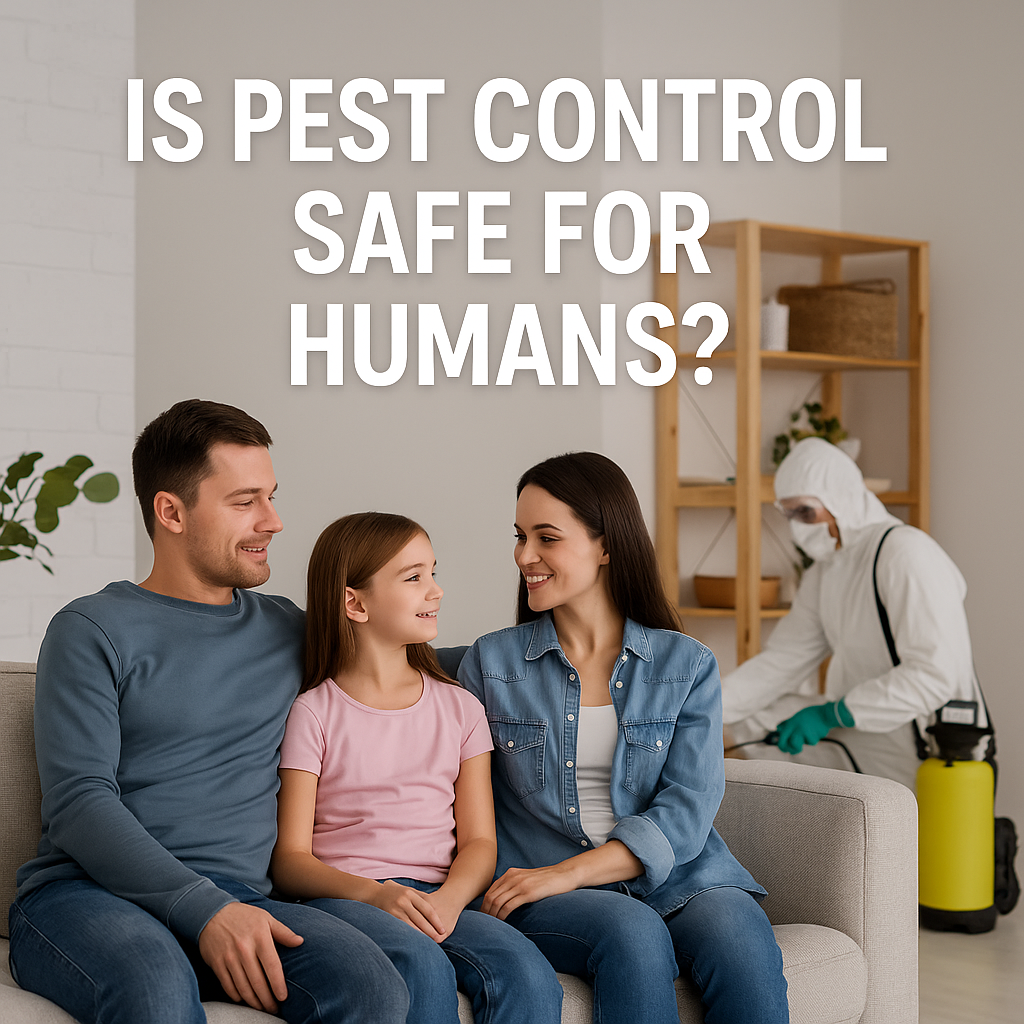
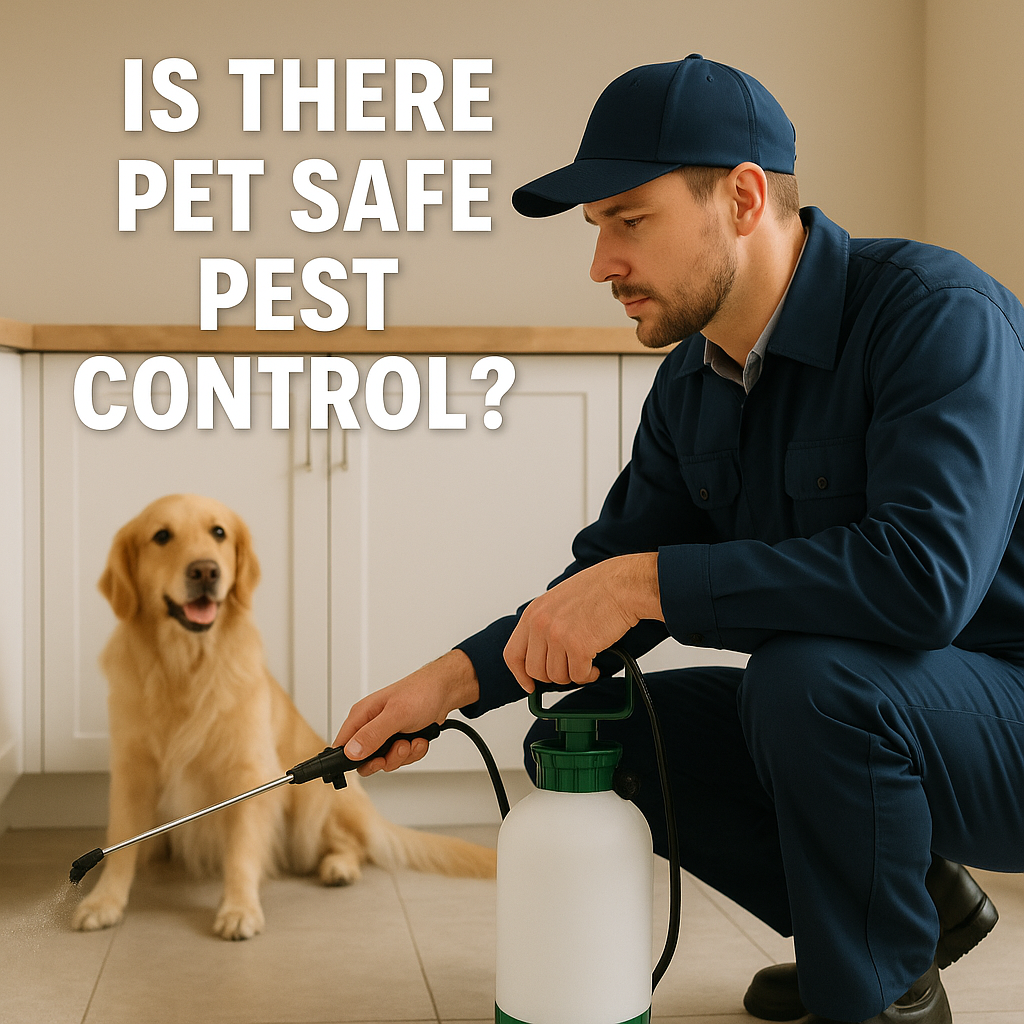
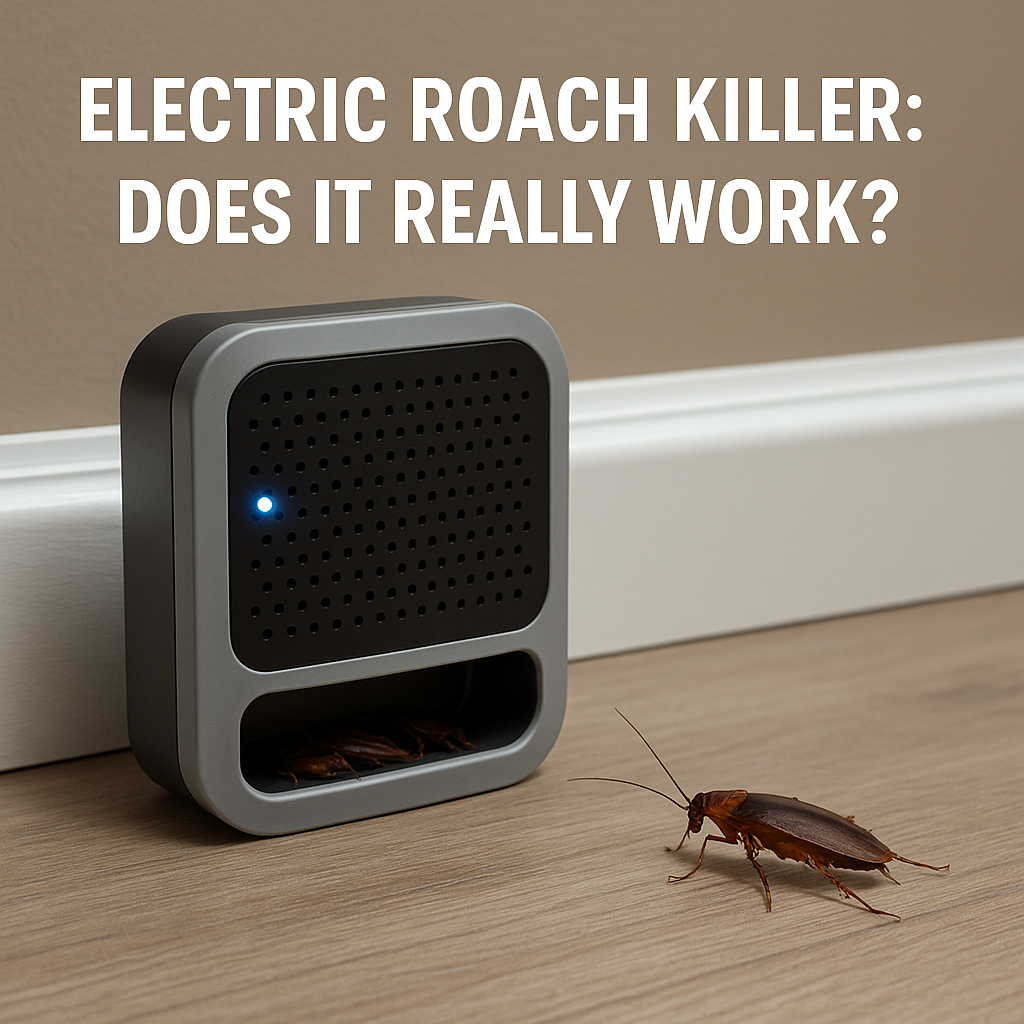
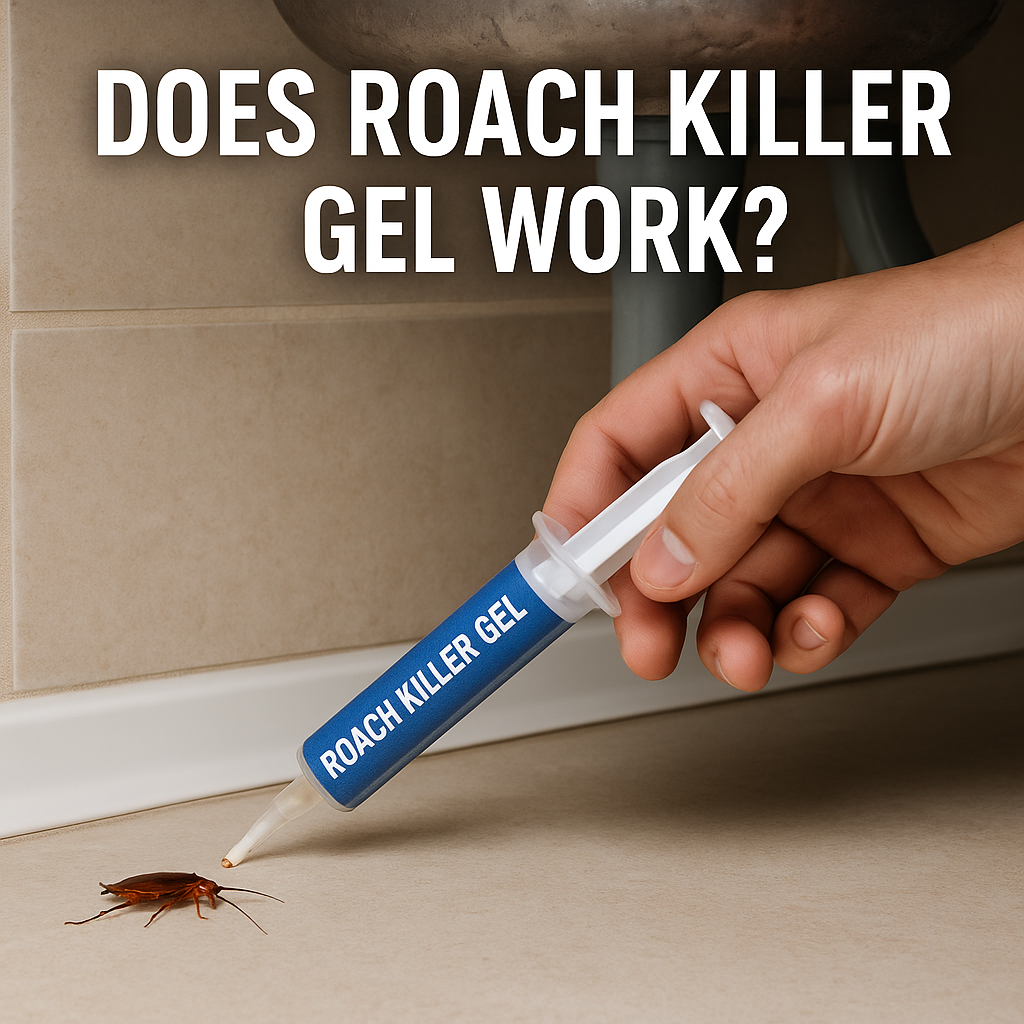

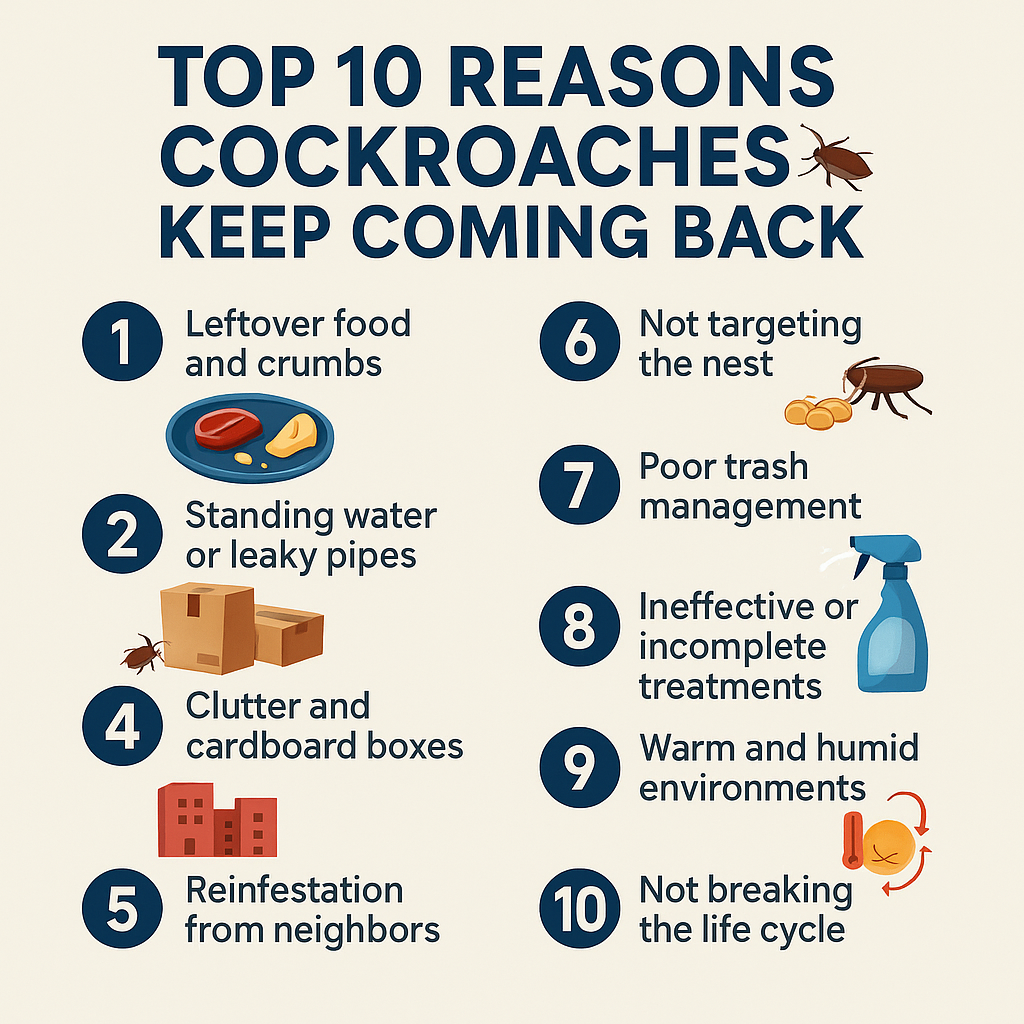
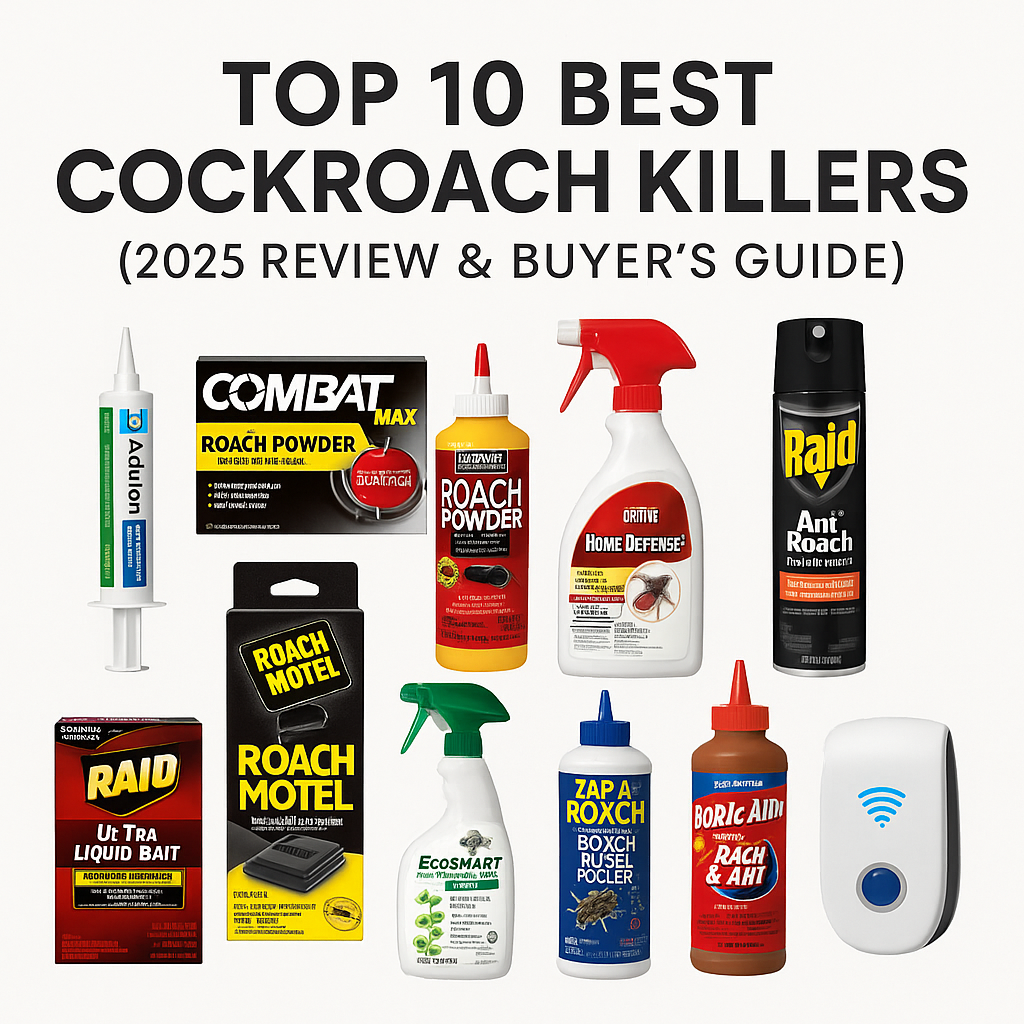
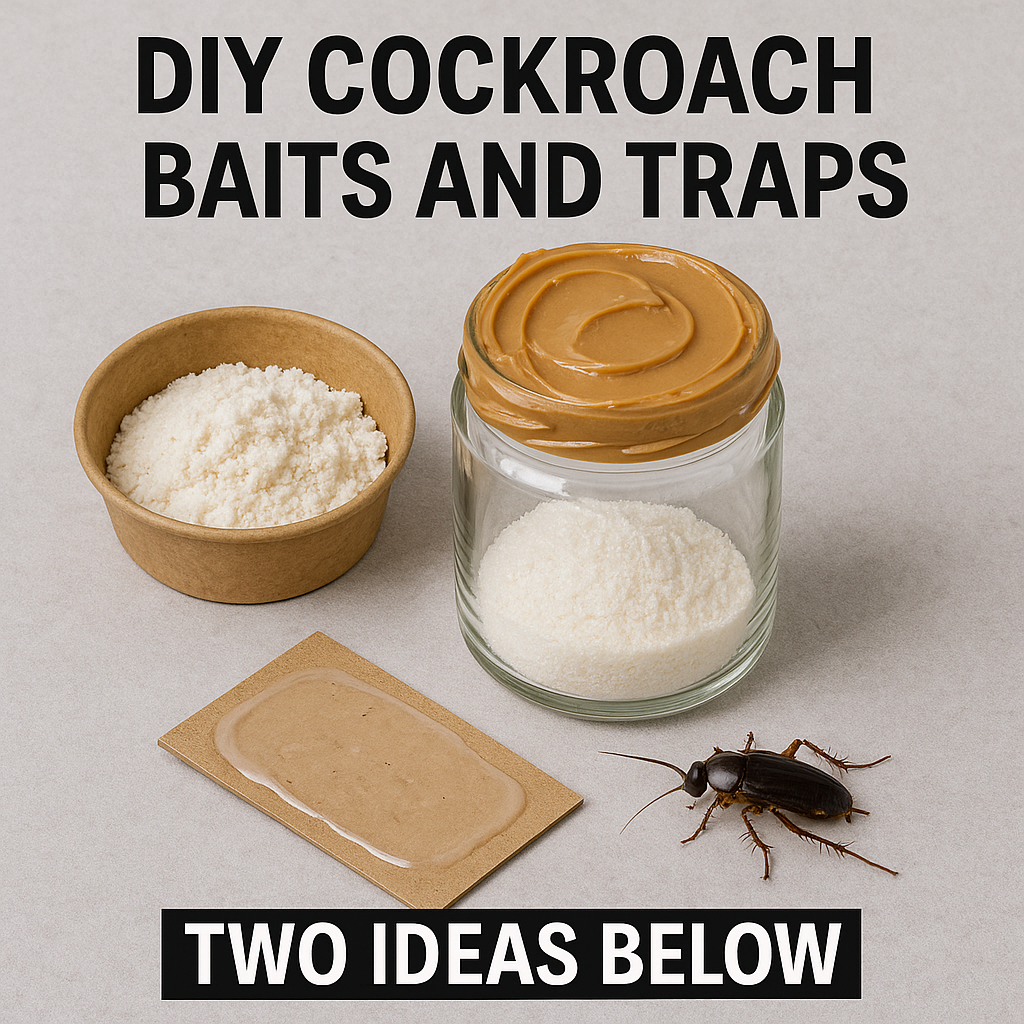
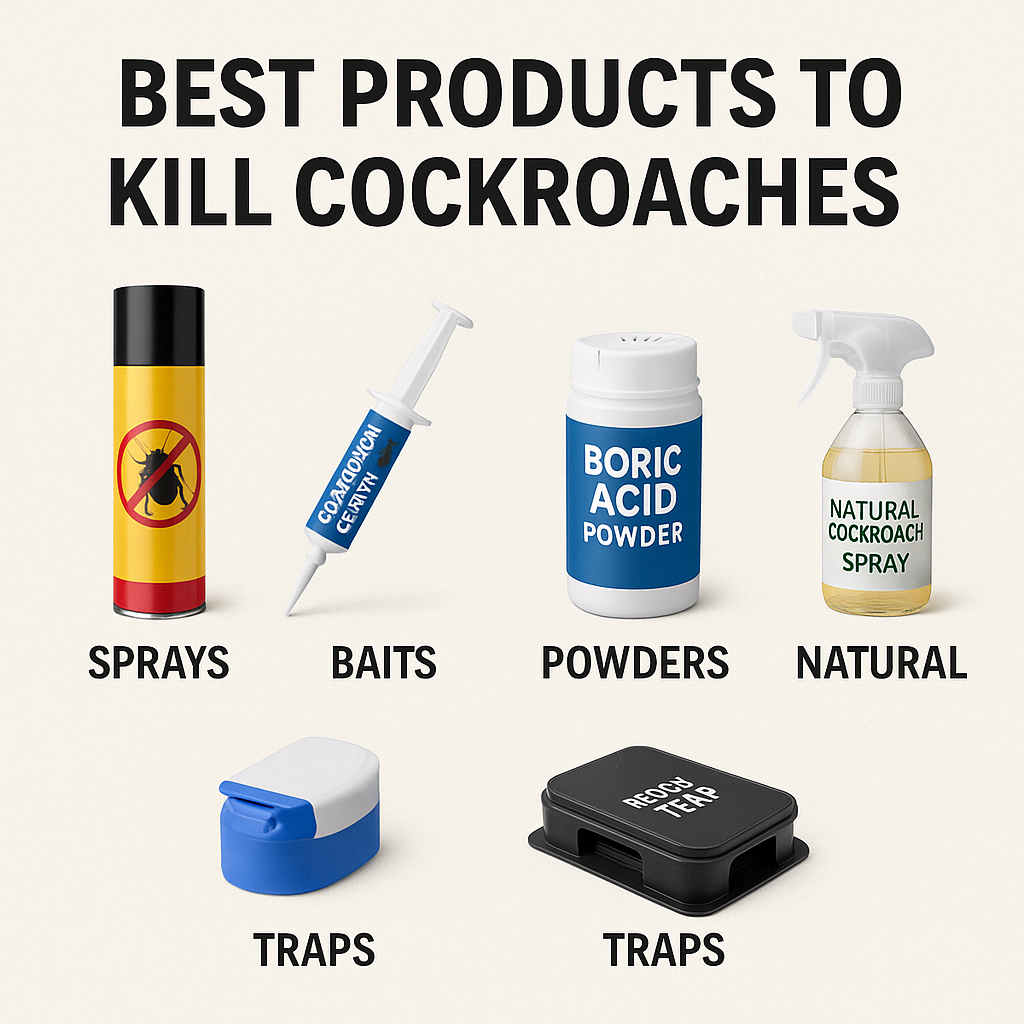

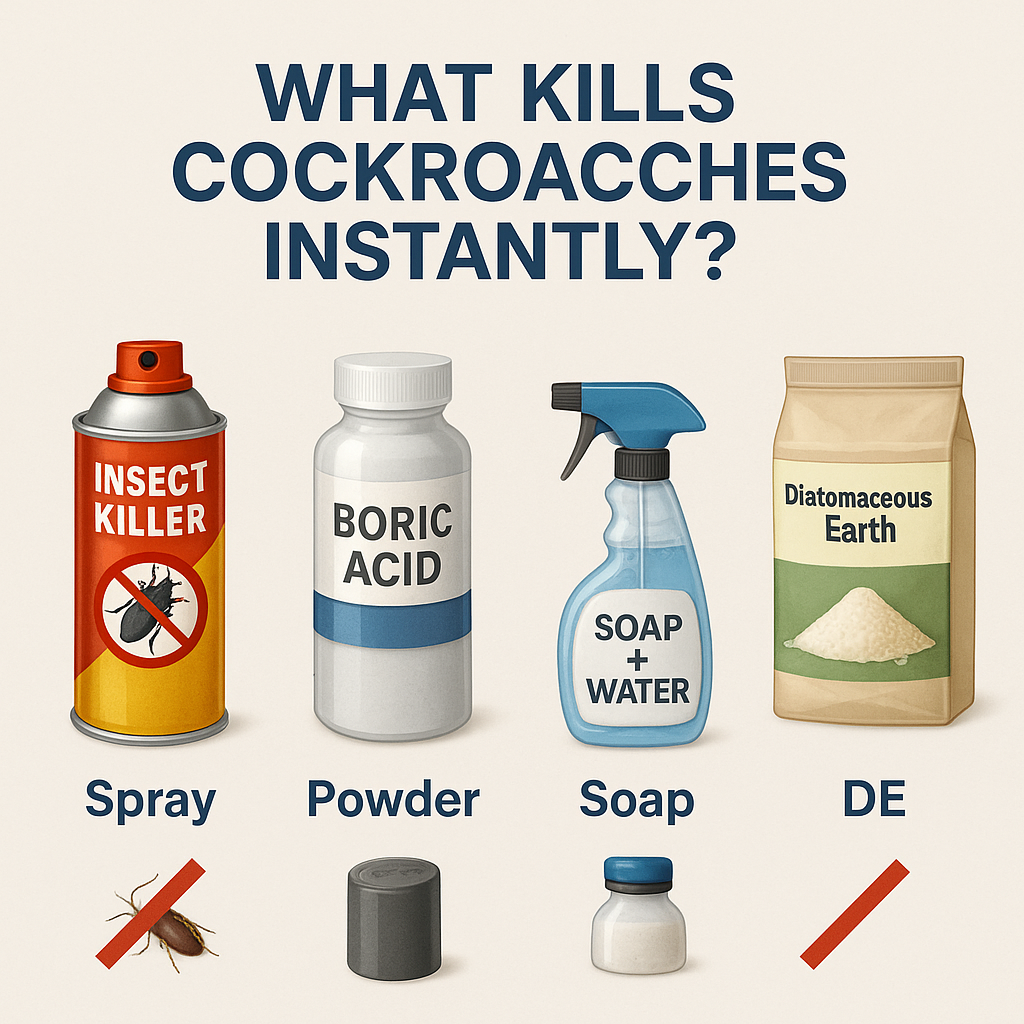


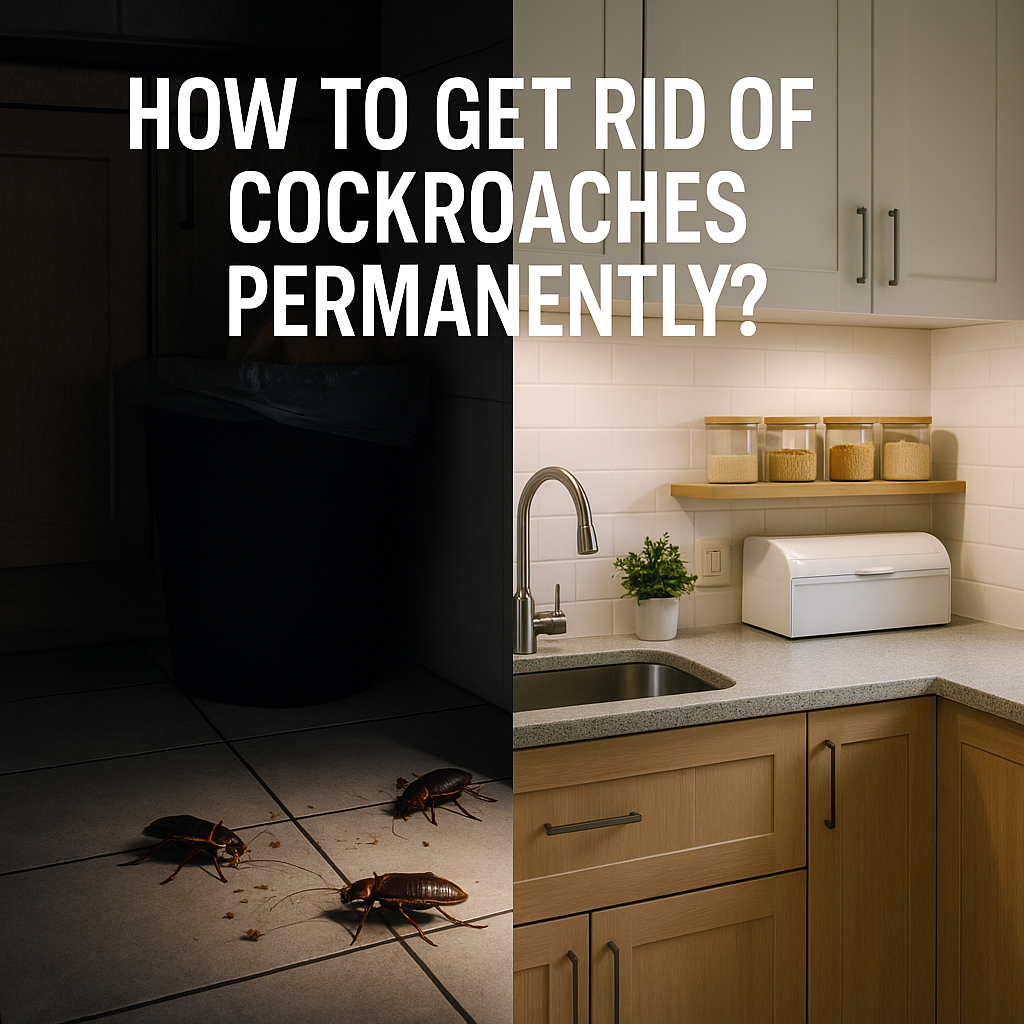

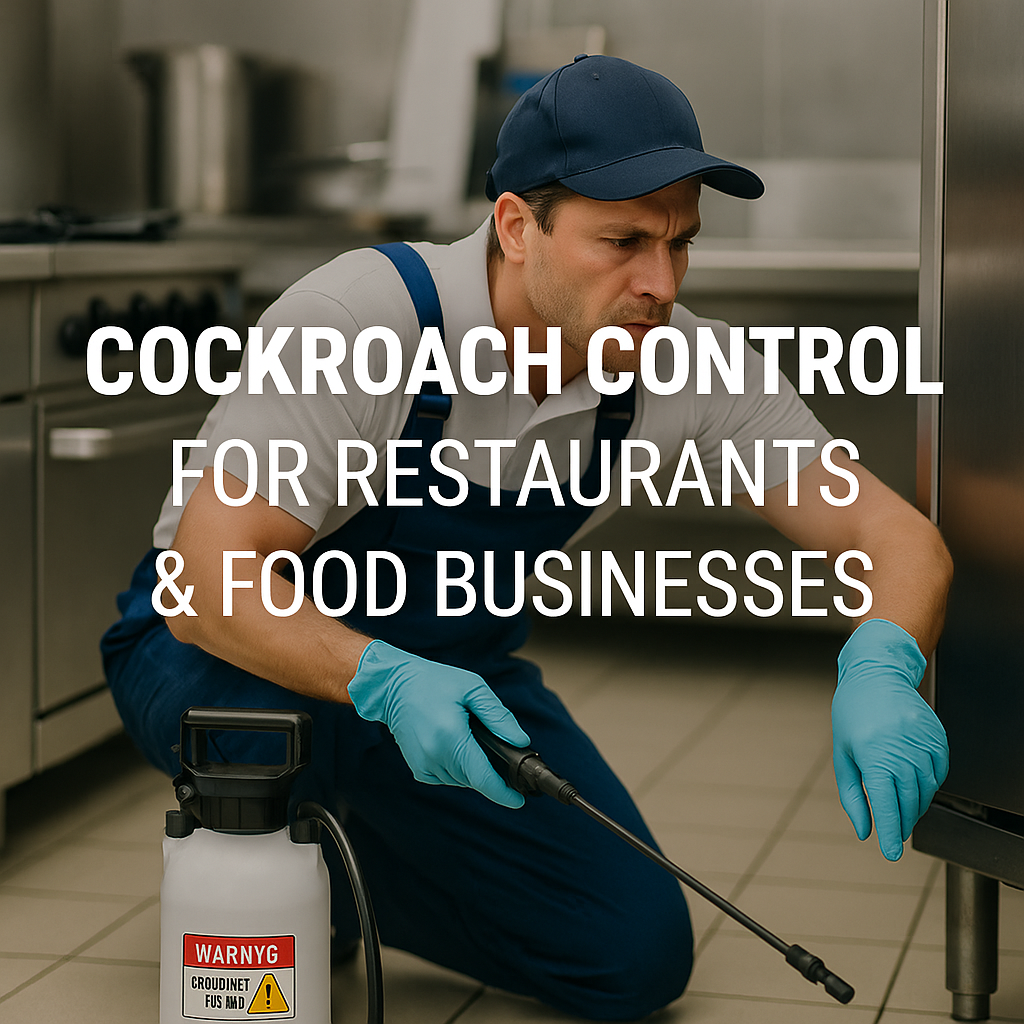
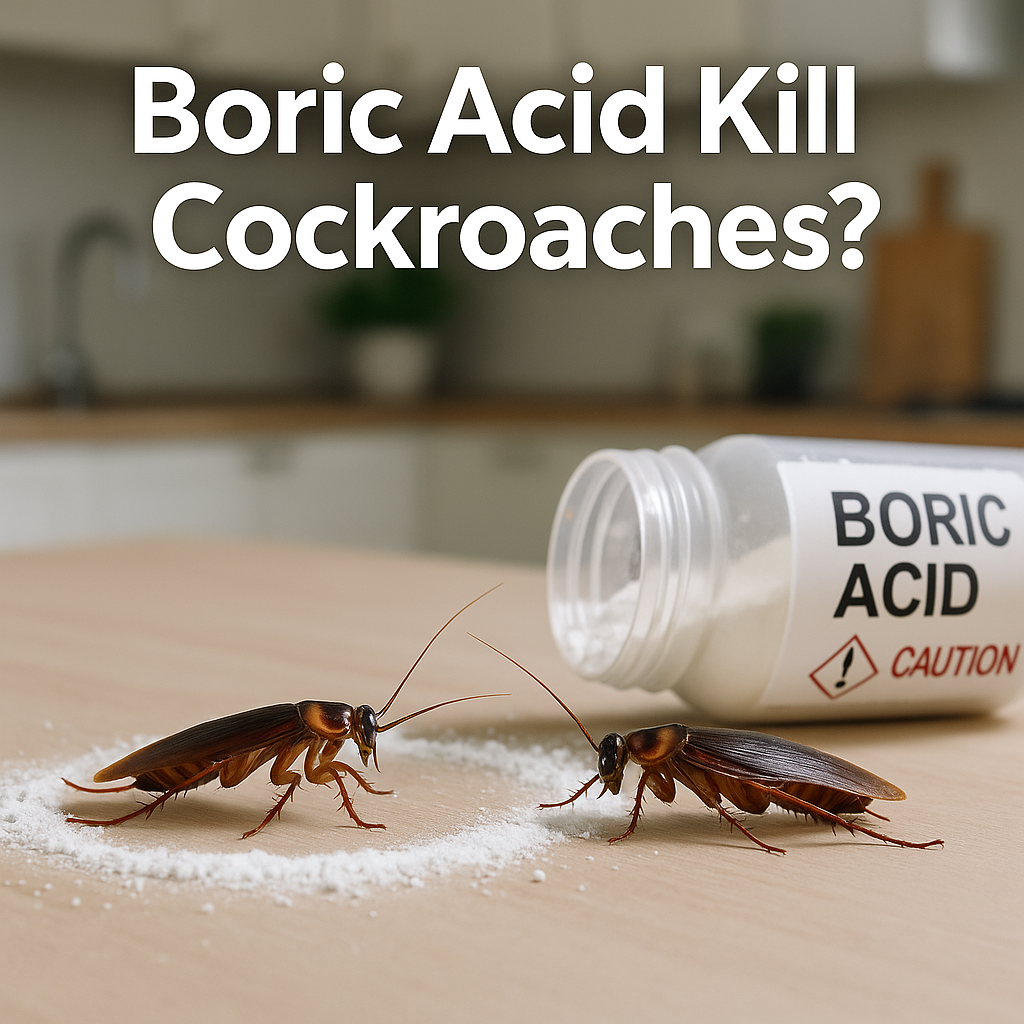

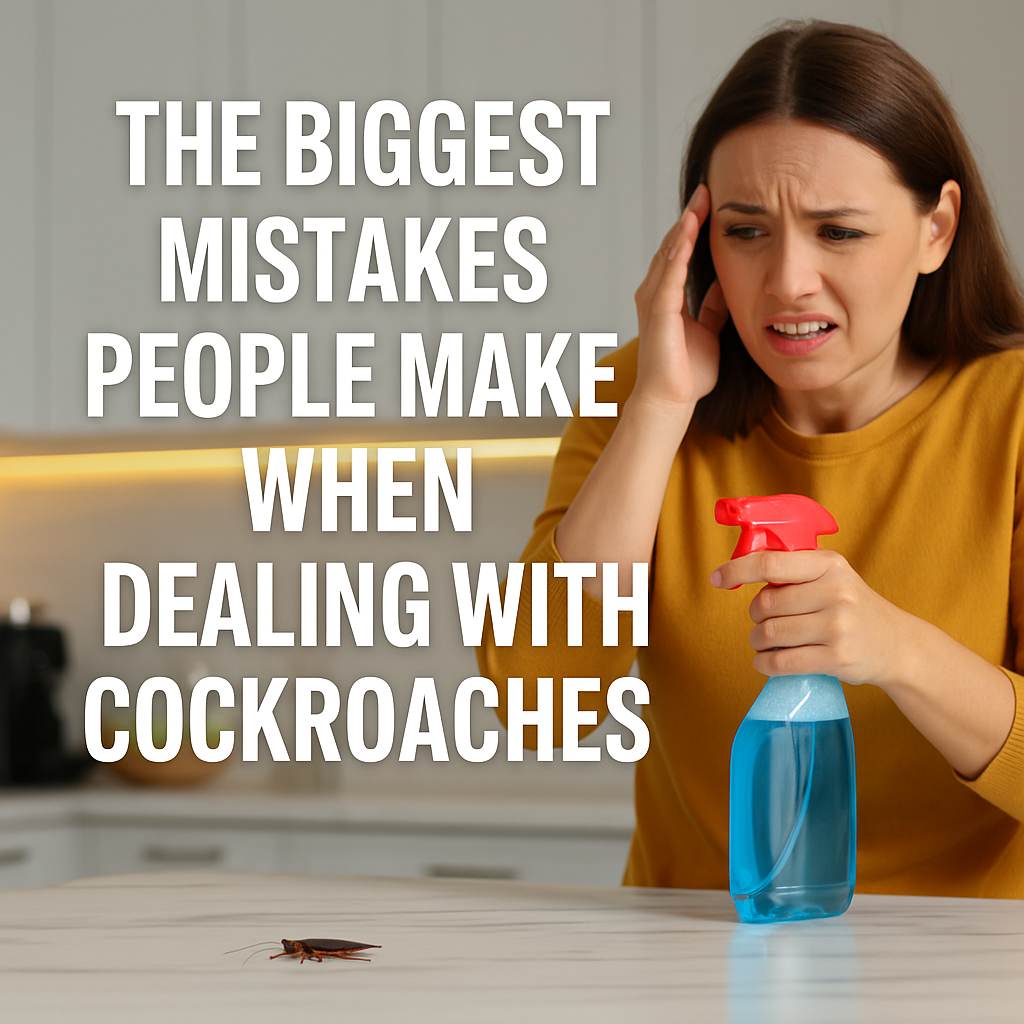
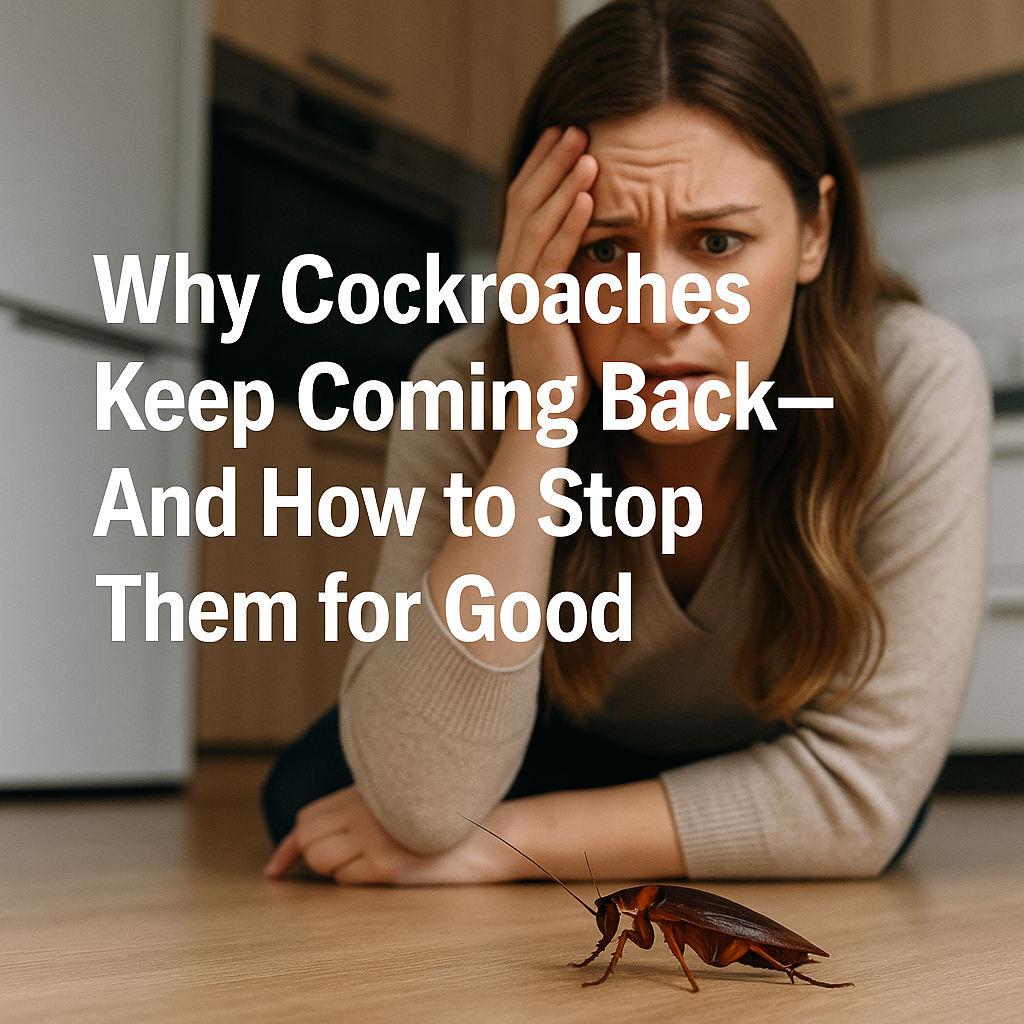
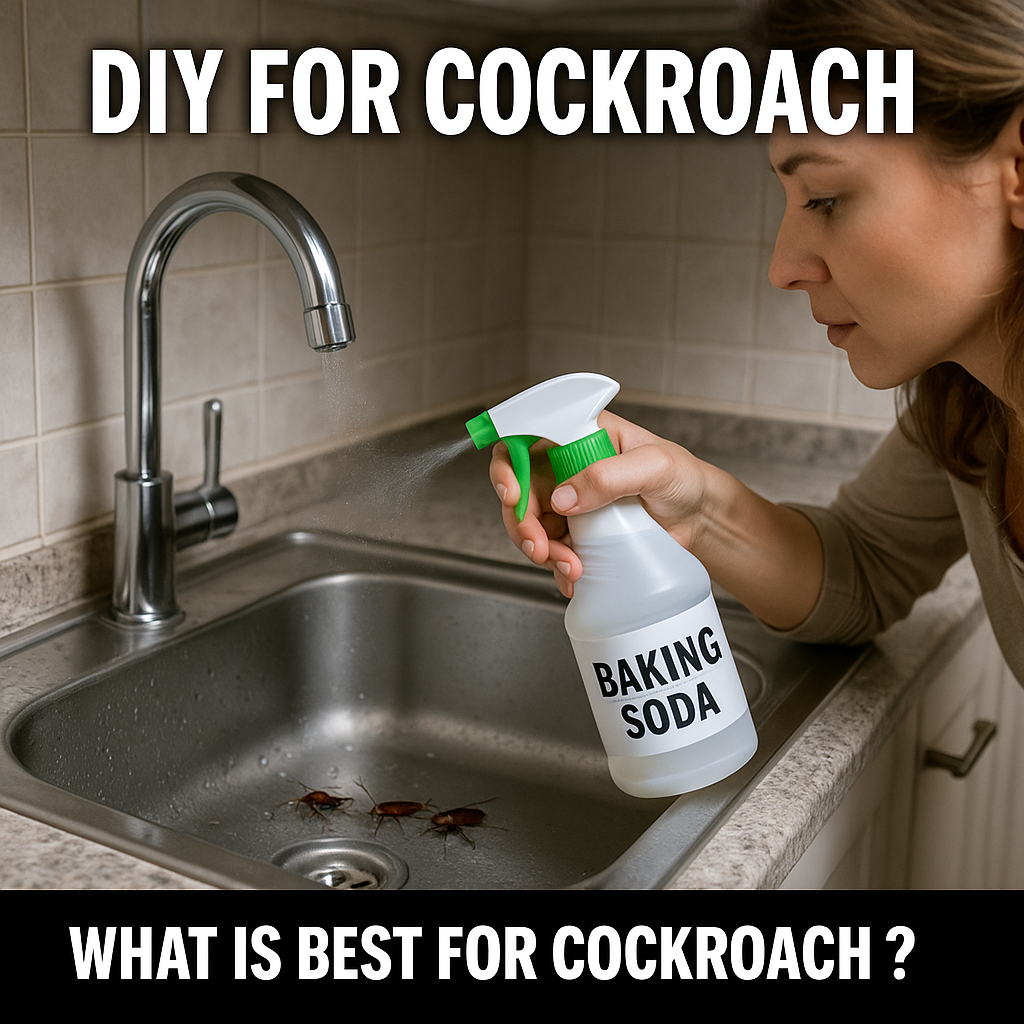
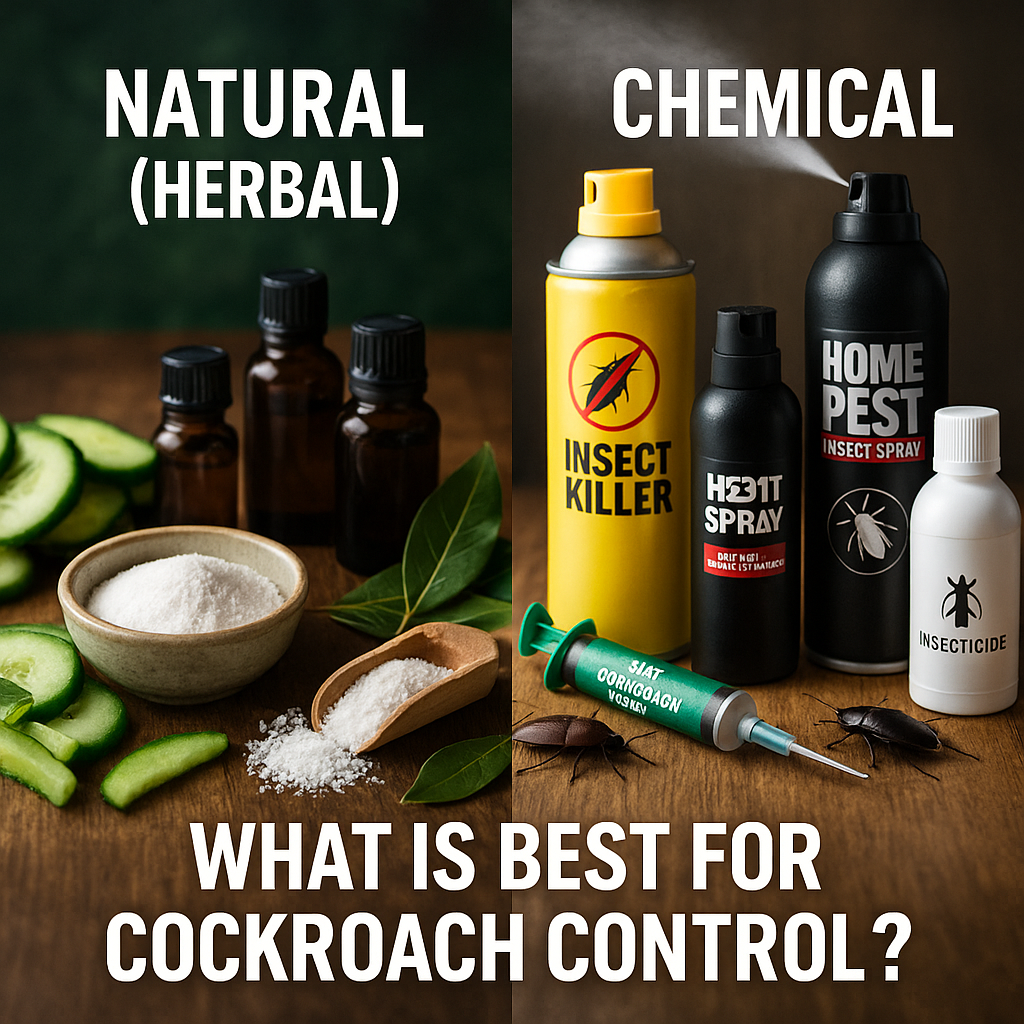

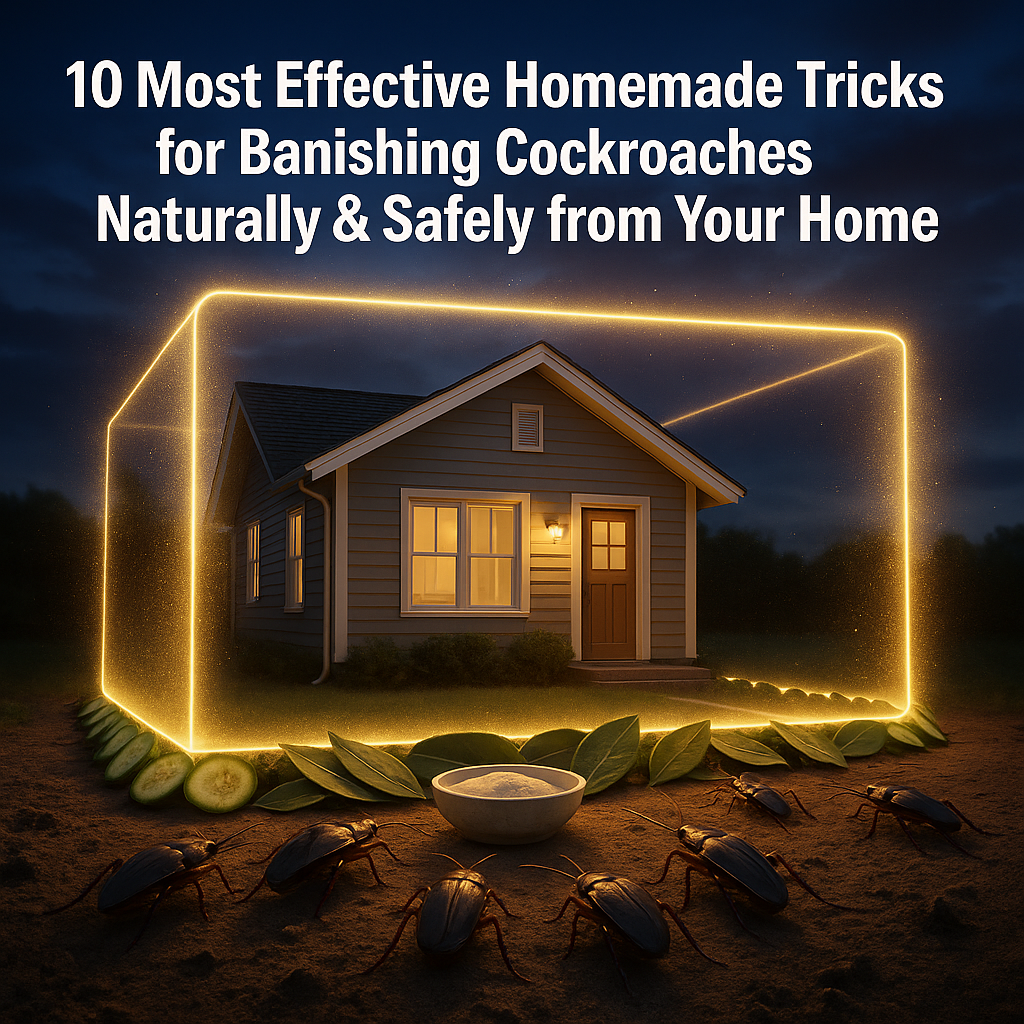
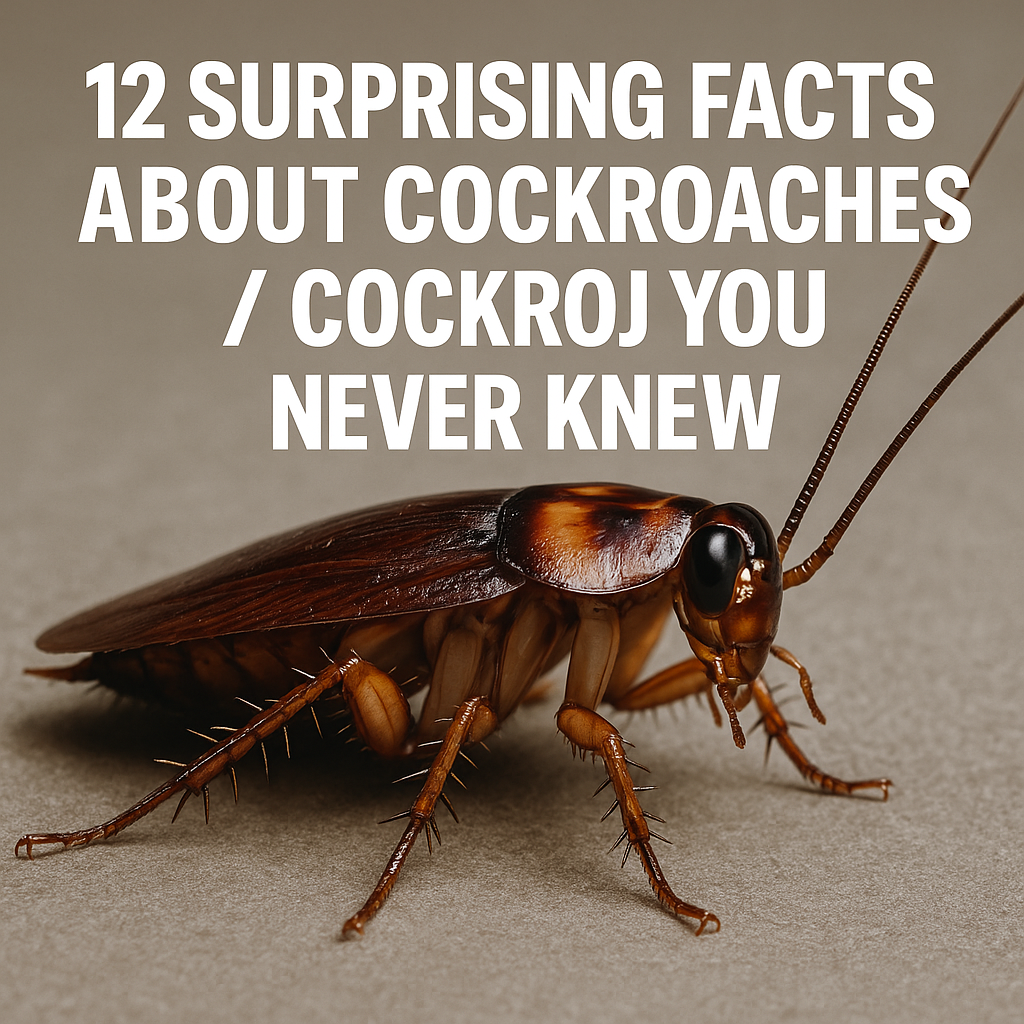
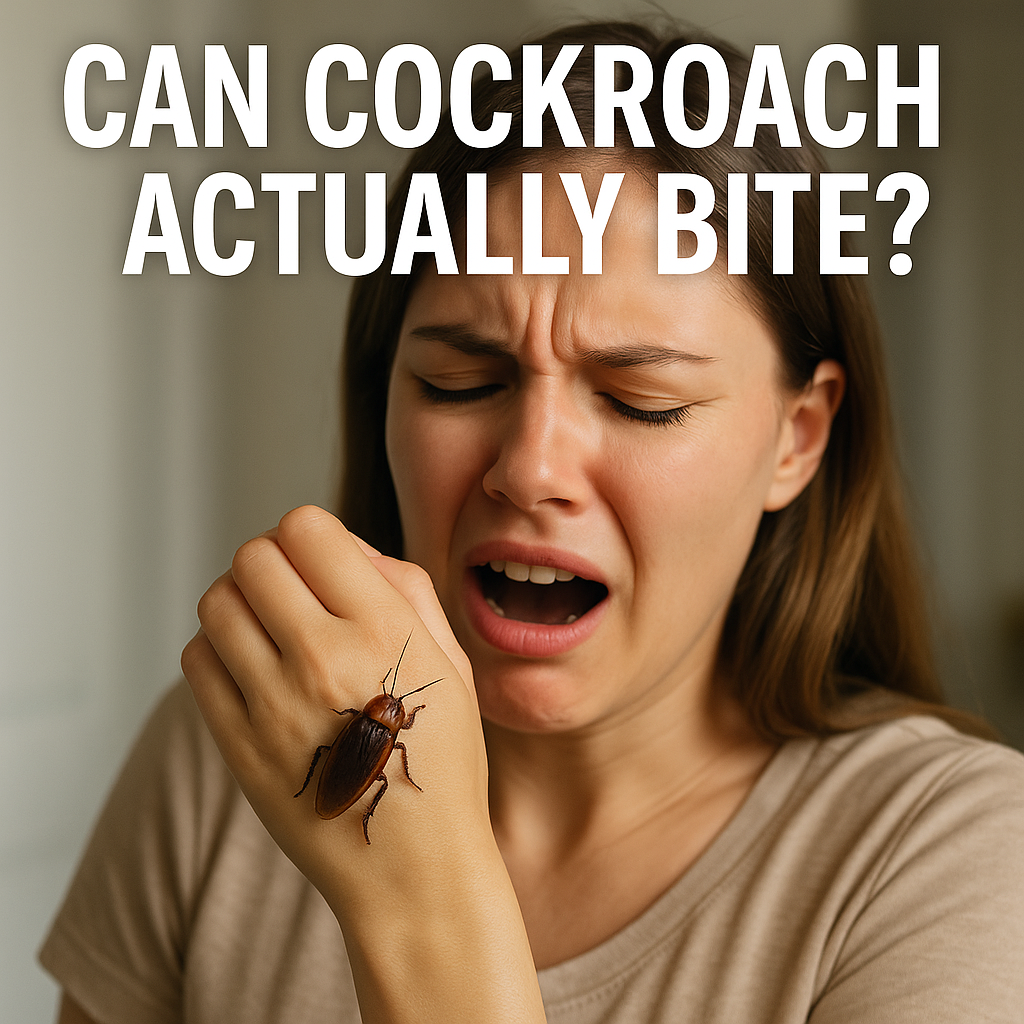

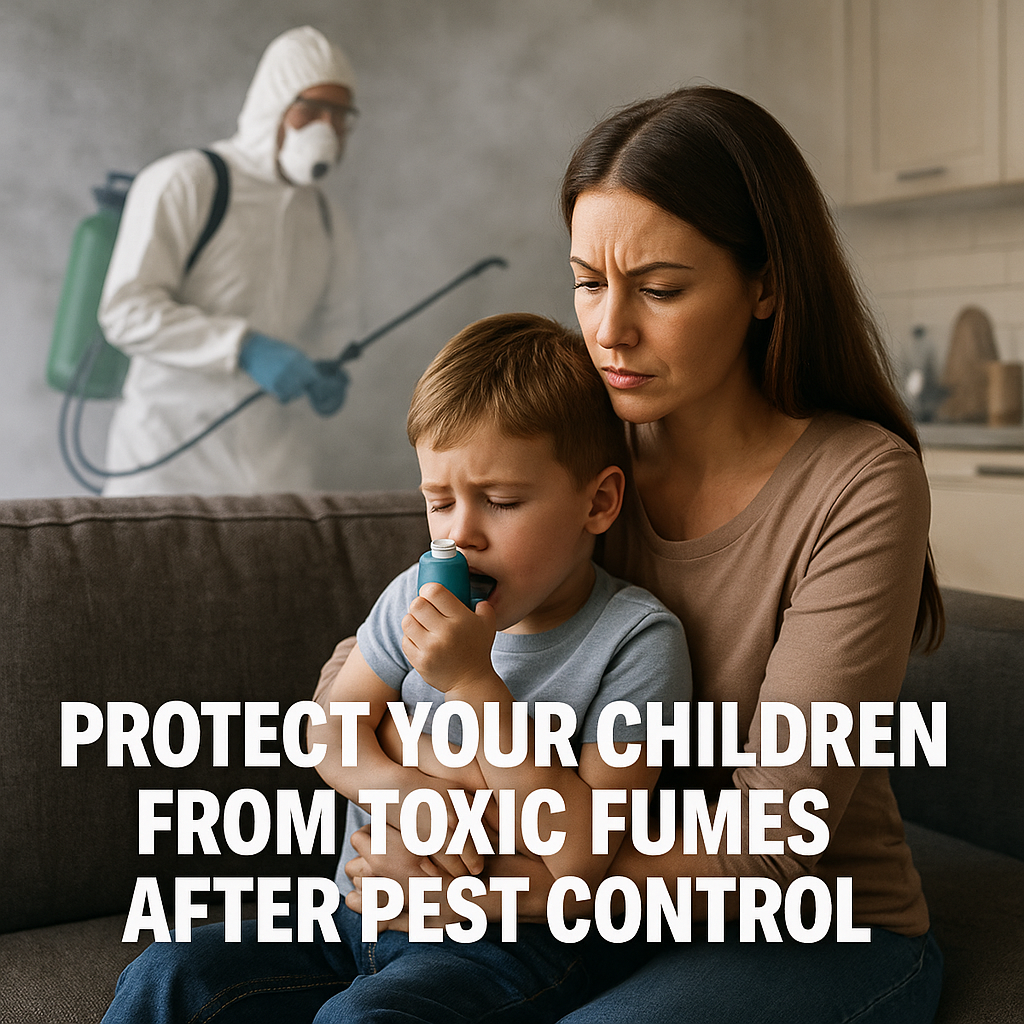

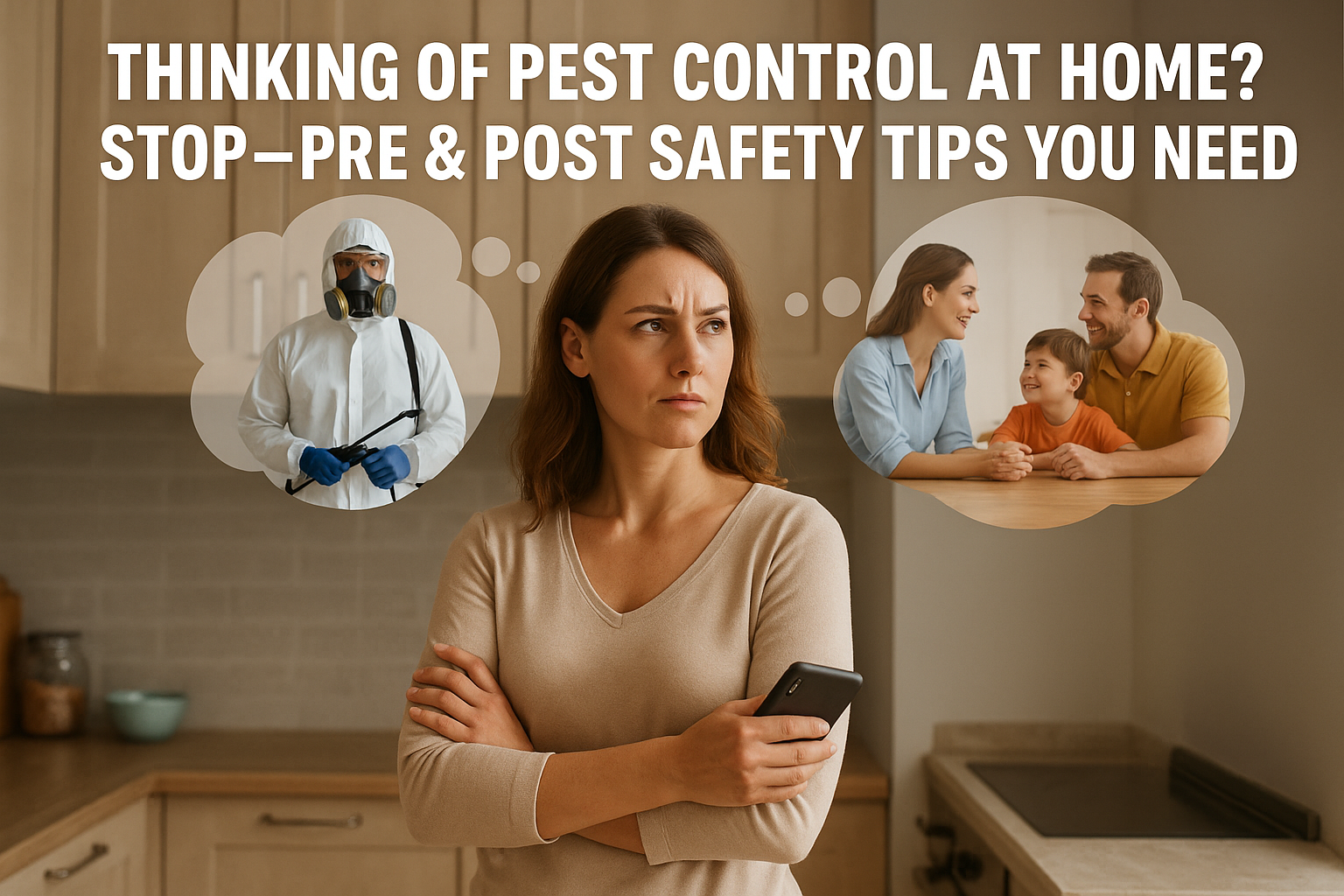


(0) Comments